Everyone went go-karting, from professional drivers to simple enthusiasts or even kings.
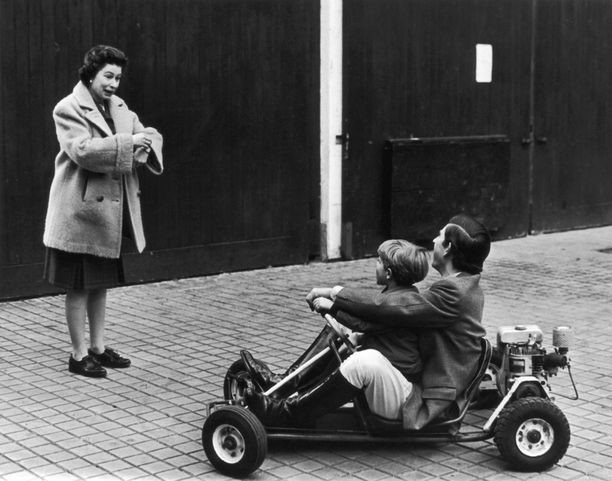
Queen Elizabeth and Prince Charles.
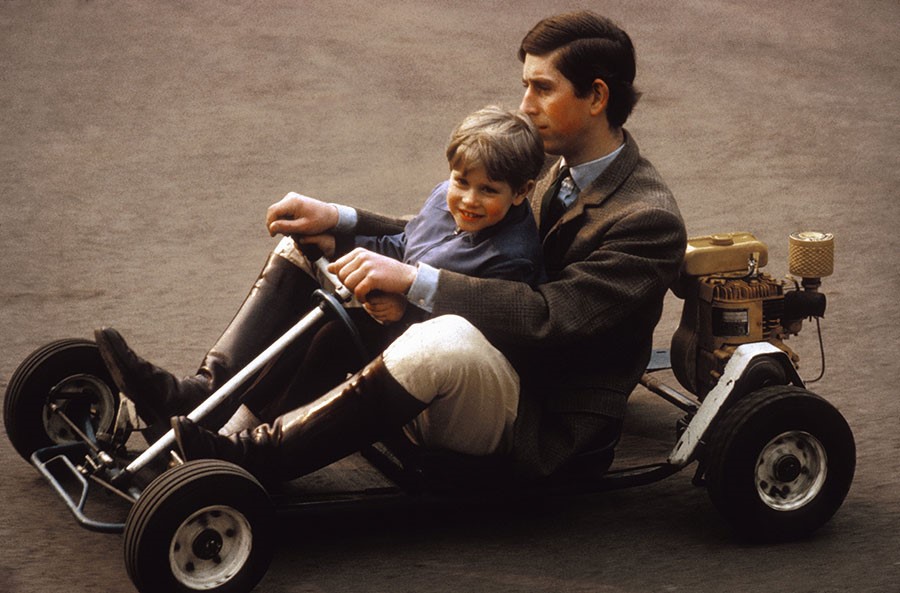
United Kingdom, May 01, 1969. Prince Charles go-karting with Prince Edward, his brother, in the grounds of Windsor Castle. Photo by Keystone-France/Gamma-Keystone via Getty Images.
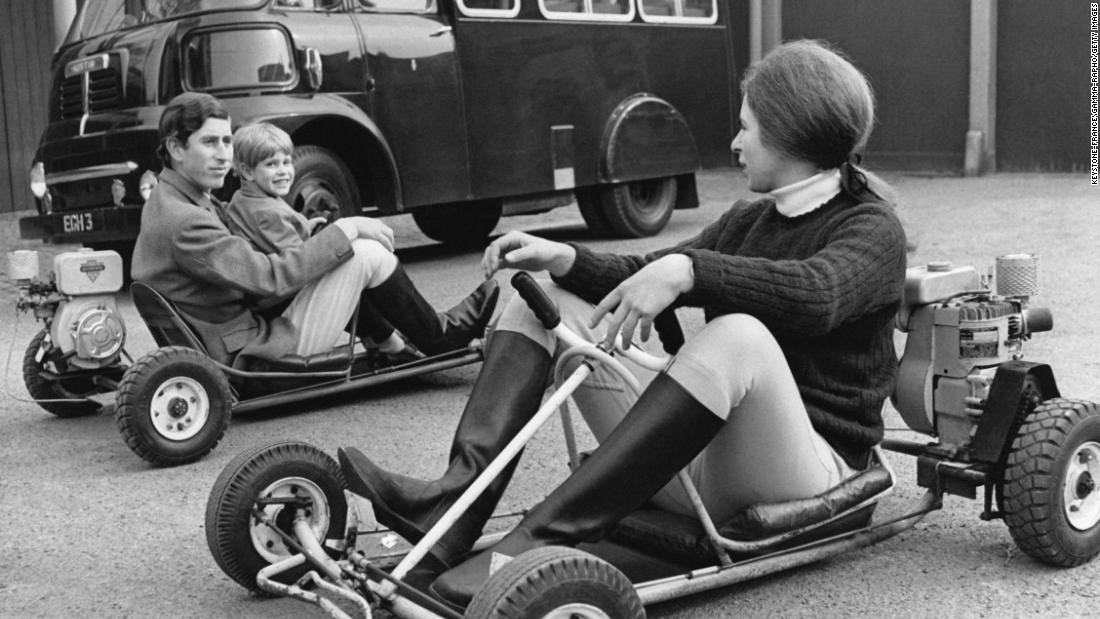
London, UK. 10th Apr, 1969. Prince Charles riding a go-kart with younger brother Prince Edward, on Windsor Castle grounds. Princess Anne is riding a kart in the foreground. Credit KEYSTONE Pictures/ZUMA Wire/ZUMAPRESS.com/Alamy Live News.
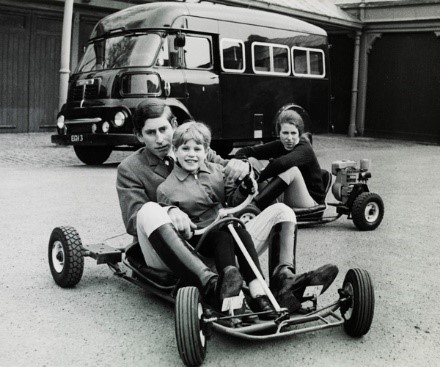
Photograph showing a young Prince Edward sharing a go-kart with the Prince of Wales who is controlling its pedals. Princess Anne is in middle ground on another go-kart. A small bus, with registration plate 'EGH 3', is in the background, parked in front of some garages.

Princess Anne with Prince Charles and Prince Edward in 1969.
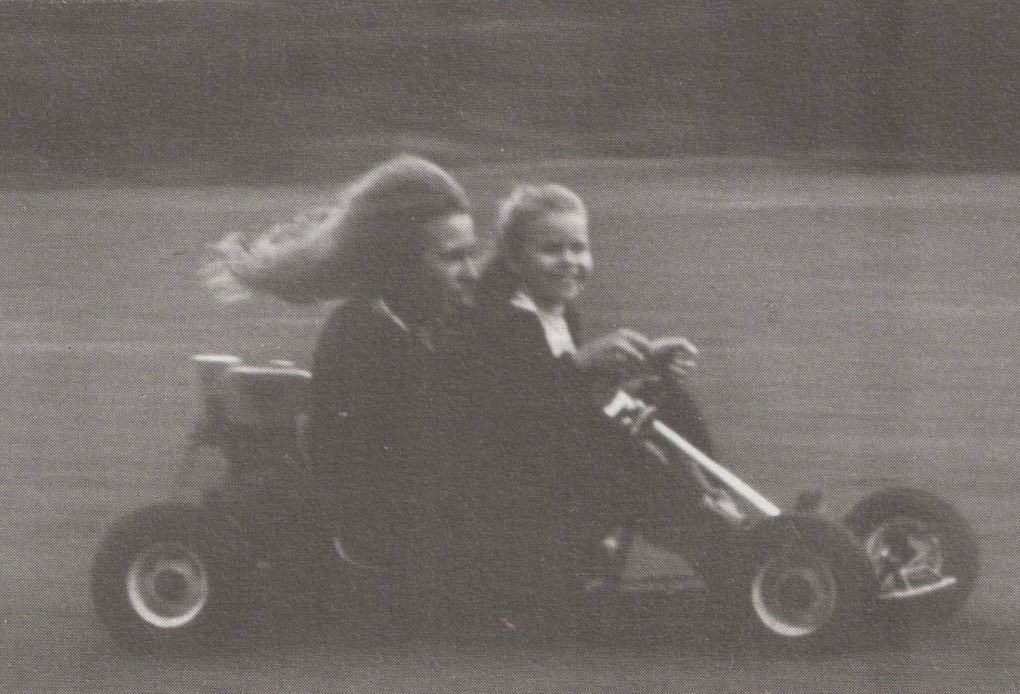
Lady Sarah Chatto having fun with her cousins Princess Anne and Prince Charles.
For, in addition to being formative for racing, there is nothing more fun than driving a kart, alone or in company. And this is all due to its inventor.
Art Ingels and the invention of the Go-Kart. May 14, 2018.
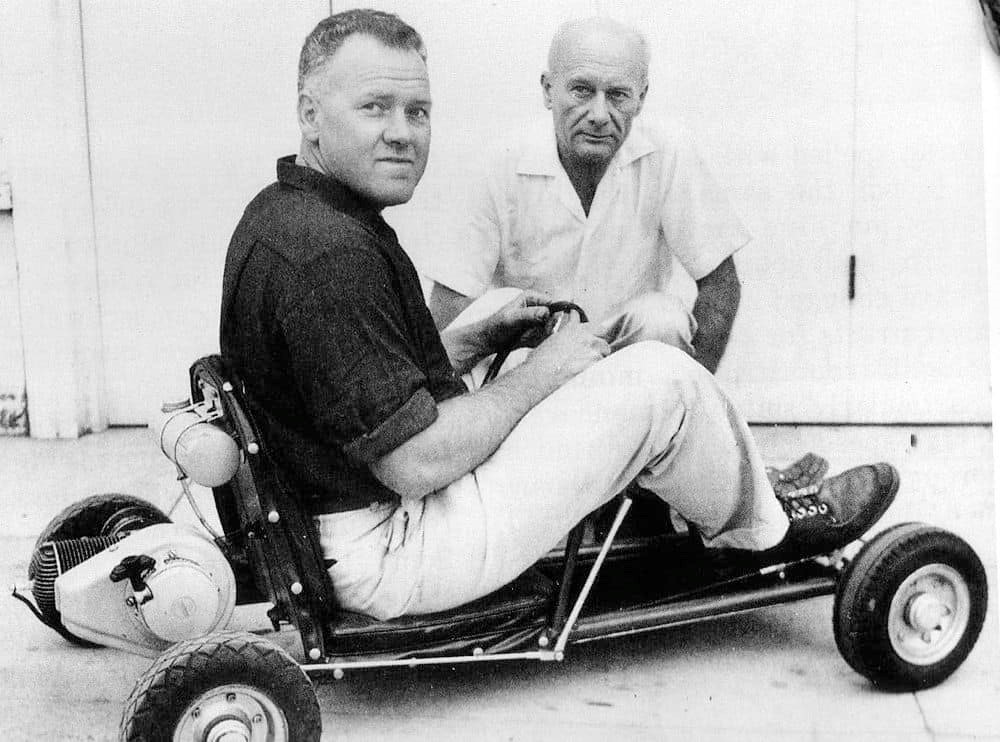
Art Ingels, (left) and Lou Borelli with the very first go-kart outside Ingels’ garage in Echo Park.
Today, the inventor of the go-kart, Art Ingels, would’ve turned 100 years old. To celebrate, we thought we’d give you a brief history of the go-kart and see how Ingels’ little garage creation led to the explosion of interest in the small cars and grew to become the sport we all know and love today.
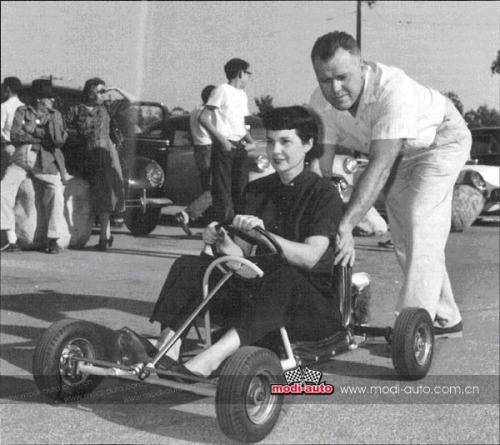
The go-kart story begins in 1950’s Southern California. Art Ingels was a fabricator at Kurtis Kraft, the renown racing company responsible for building five winning Indy 500 cars, plus a host of successful midget cars, Bonneville speed record cars and sports cars.
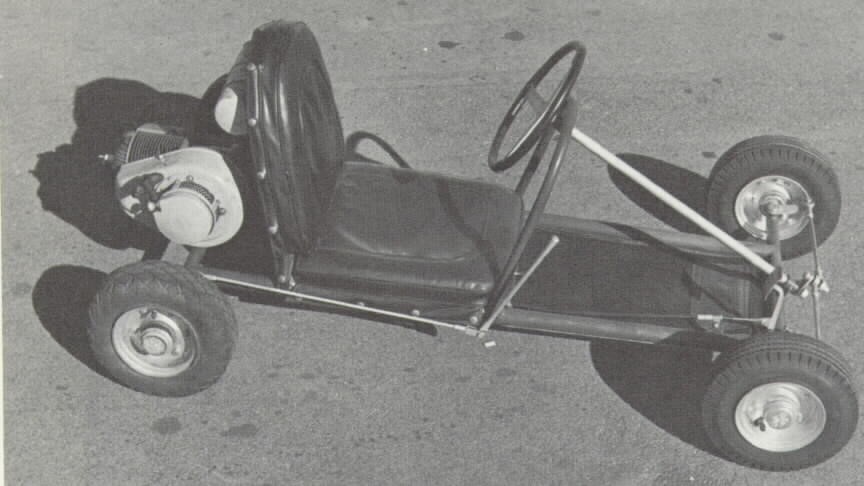
The first kart ever built by Art Ingels, the father of karting, in late 1956.
Art Ingels invented the first go kart during the summer of 1956. He crafted a steel tubing chassis in his garage in Echo Park that was lightweight, yet strong enough to support the weight of adult passengers. The chassis was inspired by the racing cars he helped construct: low to the ground and featuring a wide track to improve stability. Ingels buddy, Lou Borelli, then mounted a surplus two-cycle West Bend 2.5 hp lawnmower engine manufactured by McCulloch, that Ingels had purchased prior to the construction of the chassis.
After an initial test/modification, Ingels proudly debuted the racing machine in the pits at Pomona Raceway and it turned plenty of heads, including Duffy Livingston. Livingston was enamored with the kart and, with permission from Ingels, created his own. Livingston’s business partner, Roy Desbrow, then created his own version.

This snowballing interest for homebuilt go-karts led to the very first kart races which were held at supermarket parking lots – a good source of flat, open pavement.
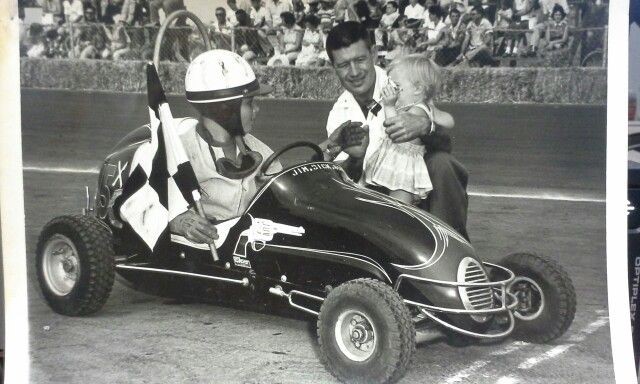
Jensen family Race Craft quarter midget raced in San Diego in the 50's.
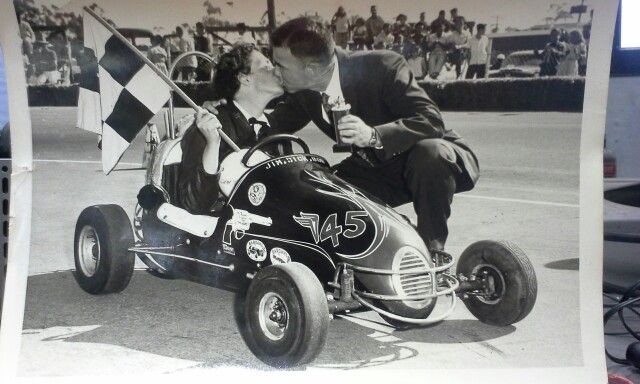
Jensen family Race Craft quarter midget raced in San Diego in the 50's.
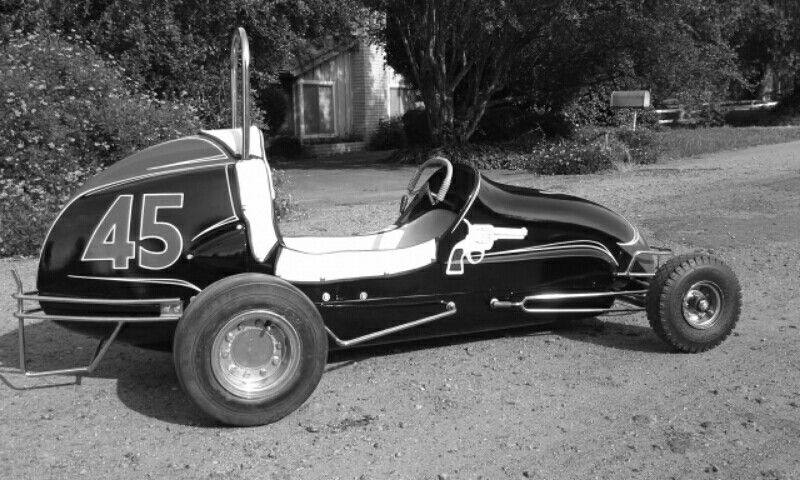
Race Craft quarter midget raced by the Jensen family in the 50's in San Diego.
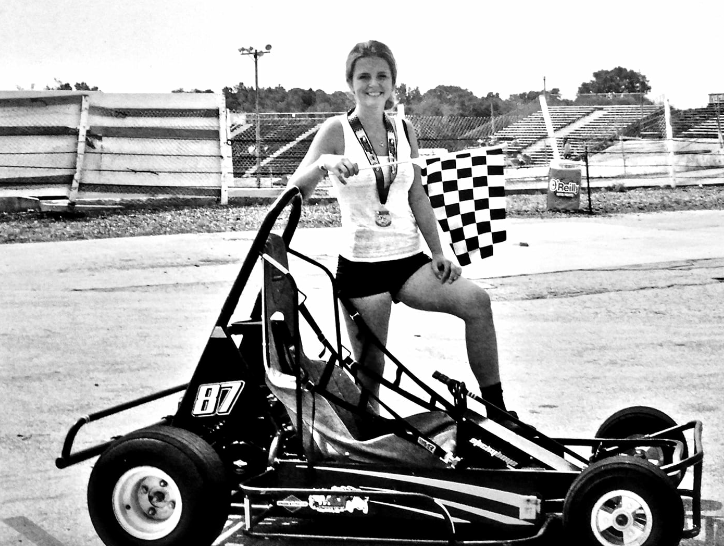
Emily Kraus, driver of the #87 GrinderVille Grinders & Pizza Kart in Memorial Go-Karts, Inc.
They instantly attracted audiences, but it wasn’t long before the police caught on and so the pioneering kart racers looked for another venue.
In 1957, they found their next racing venue at the enormous parking lot of the Rose Bowl in Pasadena, where even the local police didn’t mind the grassroots racing.
Soon, races began to pop up at other locations, even on dirt surfaces. Dean Moon of the famous Mooneyes brought racers and friends together for the dirt-surfaced “Moonza” (a clever play on words of Italy’s famous Monza circuit) near their shop.
The interest was great for the little cars, but many lacked the mechanical/technical know-how to build their own. So, later that year, Livingston, Desbrow and Bill Rowles (a frequenter to Livingston and Desbrow’s muffler shop) created the Go Kart Manufacturing Co. in Monrovia, CA, to meet this newfound demand.
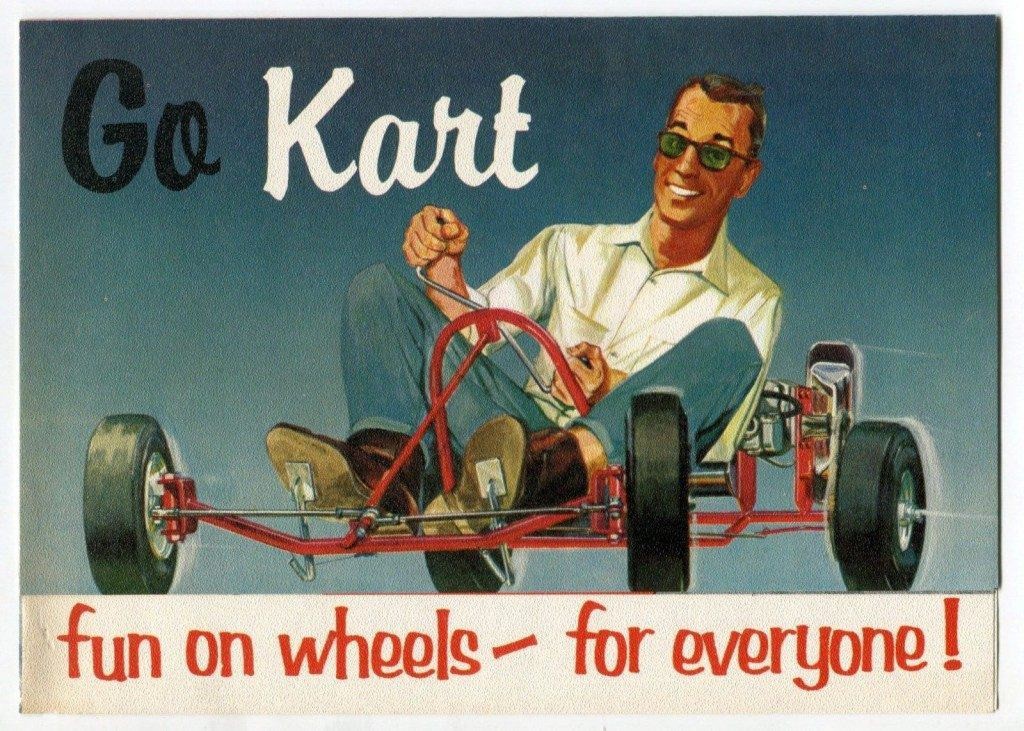
The “Go-Kart” name was termed by Lynn Wineland, a former editor of Hot Rod Magazine. The first production go-kart, the Go Kart 400 racer, was sold for $129.50 (around $1,100 in today’s money). As payment for the Go Kart name, Wineland received $2 per kart sold. In short time Wineland was able to purchase a house with his earnings from the royalty.
Kurtis Kraft had declined to create their own go-kart manufacturing division, despite Ingels creation, so Ingels soon left to create the Ingels & Borelli Kart Company, who manufactured impeccably hand-built go-karts called the Caretta, building just six magnificent karts in time for the 1958 Christmas season.
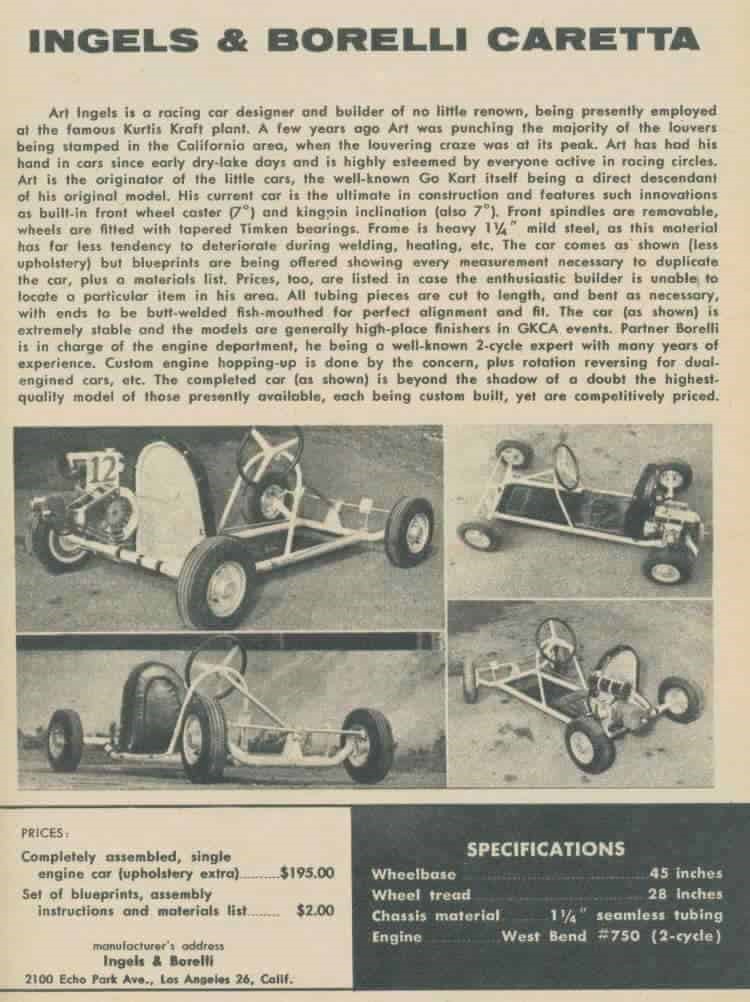
Most readers by now know that Art Ingels is credited with having built the first kart ever (in 1956), which is today known as "Kart n.1" and still belongs to Art's widow Ruth. The Ingels-Borelli "Caretta" debuted with the model shown above. Carettas generally cost a bit more than their peers back then (and are particularly prized among collectors today).

With other go-kart companies popping up to get in on the action, an American Kart Manufacturer’s Association was formed to govern the quality and to work alongside the GKCA.
Eventually, the competition needed a little more technical regulation and governance. Enter attorney/racing driver/kart-racer Don Broberick, who drafted up the regulations, inspired by those found in the Sports Car Club of America and, along with 12 others, he formed the Go Kart Club of America (GKCA: now the International Karting Federation).
Meanwhile Go Kart Manufacturing Co. expanded with their success and moved to much larger headquarters in Azusa, CA, where they built the first permanent karting circuit in 1959 that could be used for testing and competition.
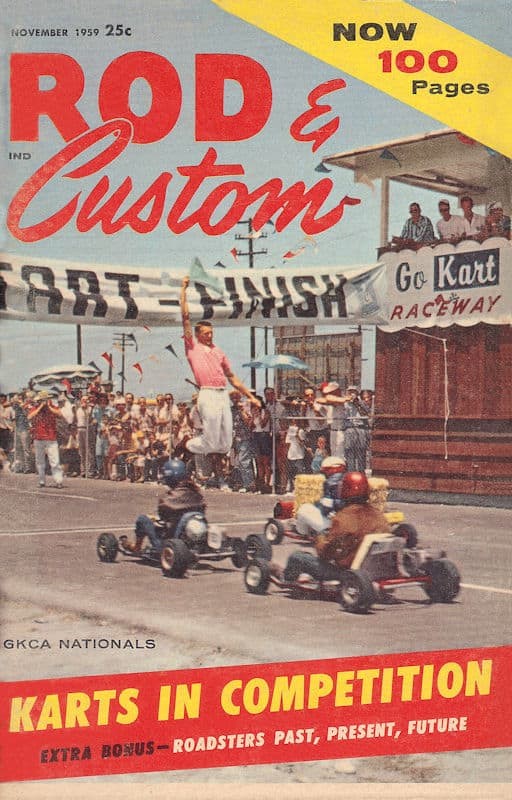
In July ’59, GKCA hosted its first Grand National event at the new Go-Kart Raceway and further increased the new sports’ visibility and sparked more and more hot rod/car publications to write about the burgeoning hobby, eventually leading to dedicated karting magazines.
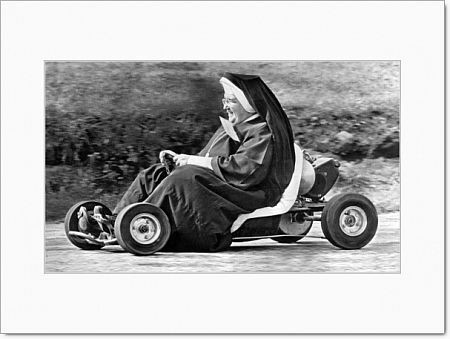
Akron, Ohio, October 10, 1962. Sister John Bosco of the St. Sebastian School in Akron having fun tooling around a go-kart track.
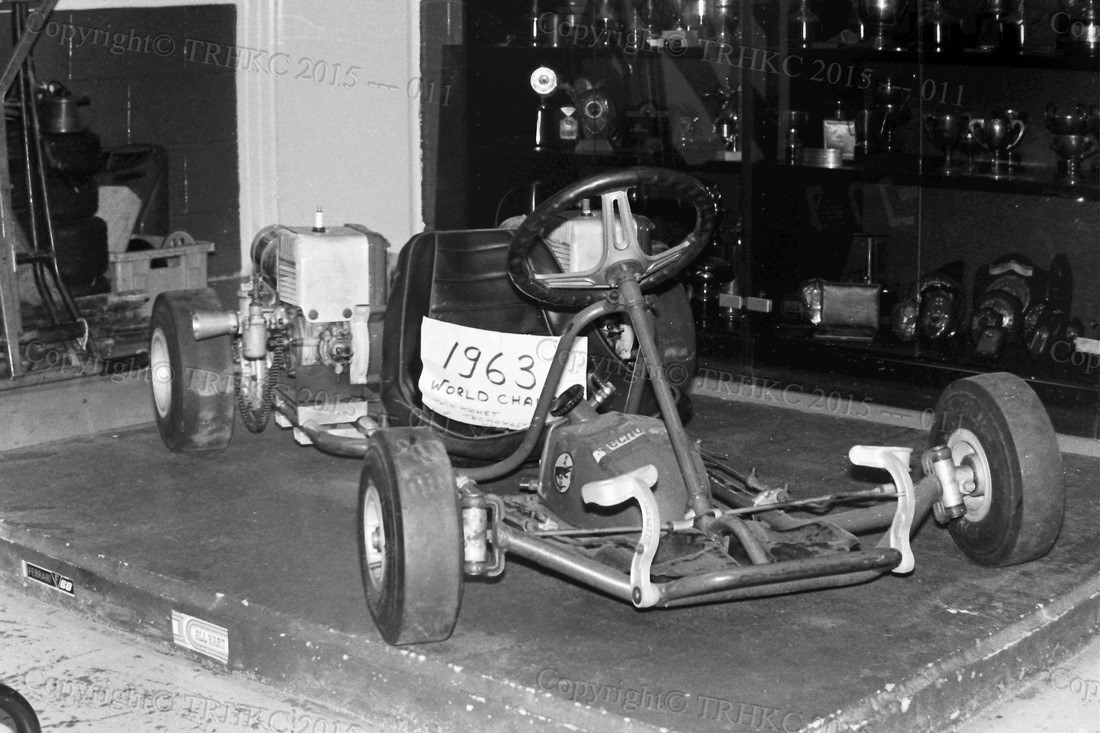
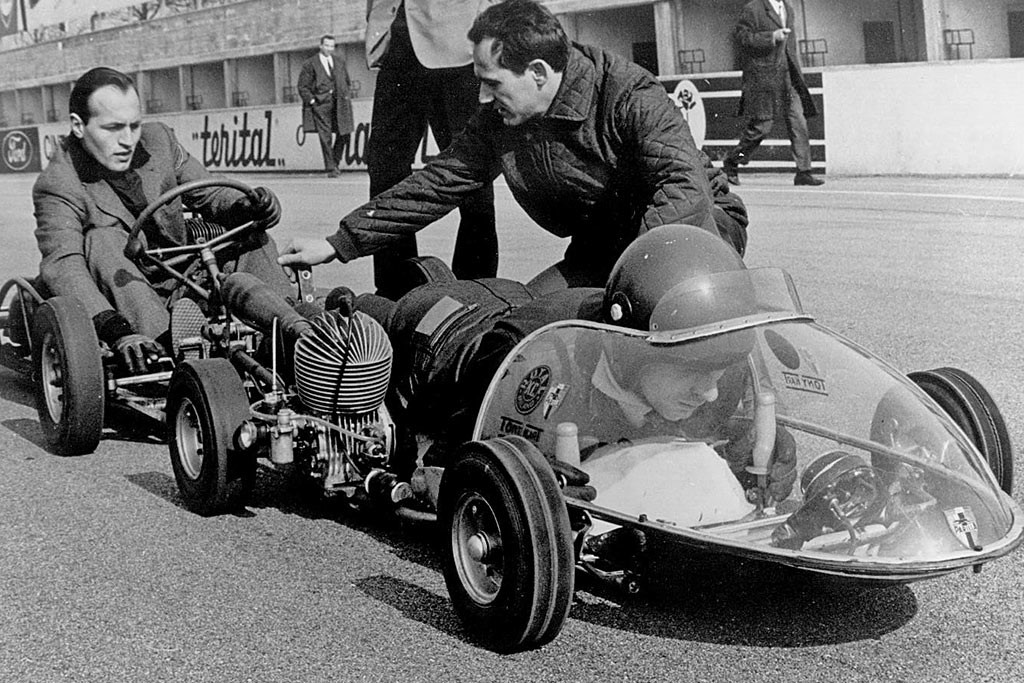
1965, 214 Km/h with a kart at Monza. The man's name was Livio Bolis, on a special Tony Kart powered by a 100 cc rotary valve Parilla engine.
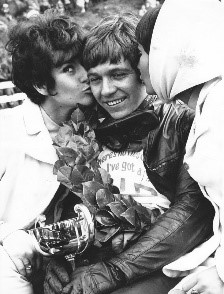
1968 World Cup winner Graham Liddle.
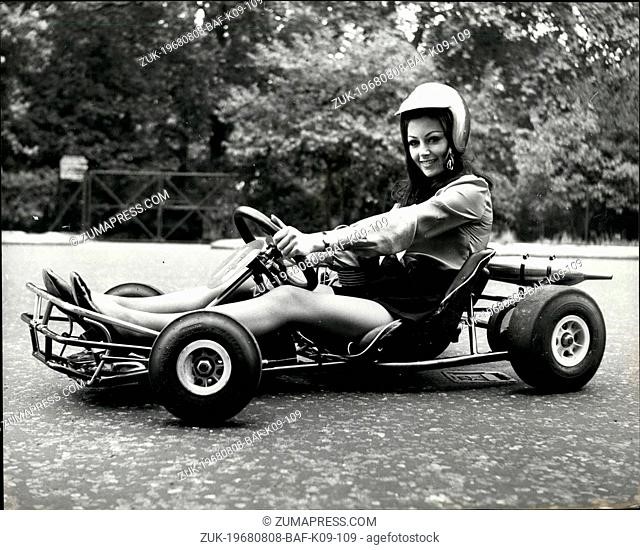
August 08, 1968 - Miss Go Kart 1968 - 22 years old Marnie Cahill, a model from Brighton, pictured in Belgrave Square today, sitting in one of the go karts which were on display at a press conference held today in connection with the final round of the 1968 World Karting Championships to be held on Sept 1st. Credit Image: © Keystone Press Agency/Keystone USA via ZUMAPRESS.com.
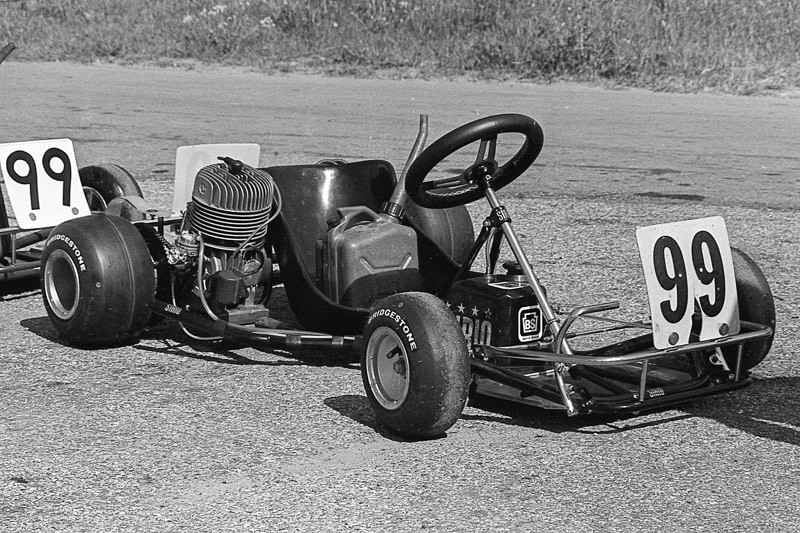
1978 go-kart.
From here, karting grew from being a Southern Californian hobby to a nationwide, then worldwide sport (reminds us of our company and indoor electric go-karting!).

Cute car by the Mexican classic car restoration company Aldekas studio. They actually build a go-kart with the first generation of the Beatles fender.
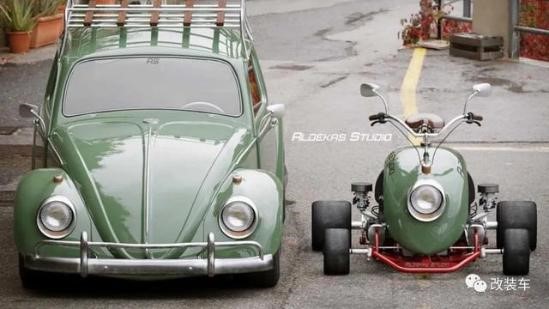
Cute car by the Mexican classic car restoration company Aldekas studio.
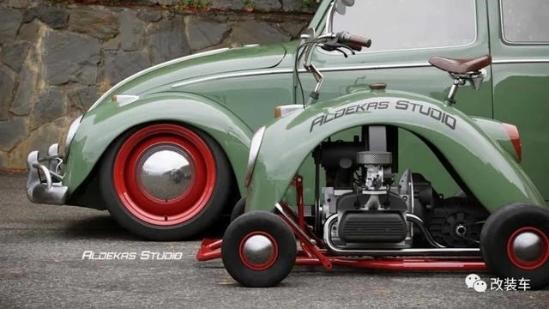
Cute car by the Mexican classic car restoration company Aldekas studio.

Cute car by the Mexican classic car restoration company Aldekas studio.
Go-karts would continue to evolve to the kinds of go-karts you see today, but all carry the noticeable influence from Art Ingels’ first creation, including K1 Speed’s all-electric go-karts.
Over time, Go Kart Manufacturing would go out of business, along with Ingels & Borelli, but their contribution to the world of karting and motorsport will never be forgotten.
From all of us at K1 Speed, here’s a massive thank you and happy birthday to the man who started it all, Art Ingels! Let’s make every May 14th Art Ingels Day and celebrate with some go-karting to remember the father of the sport.
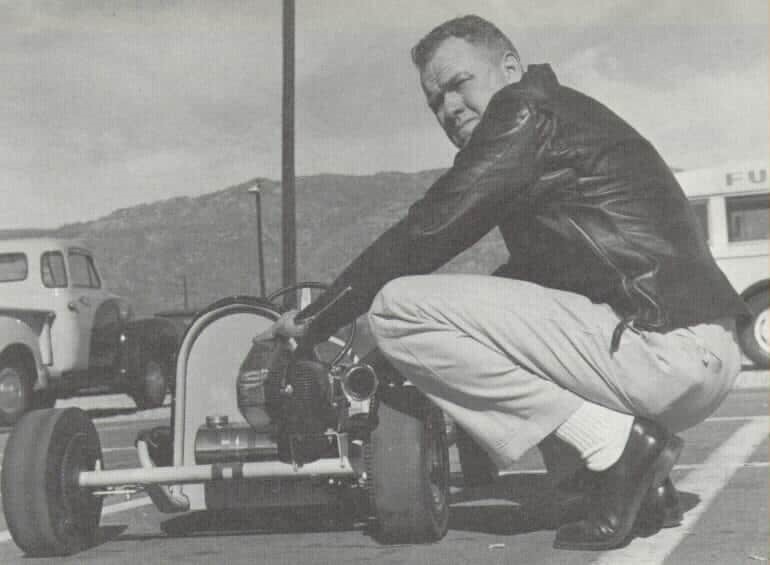
Let’s get familiar with go-karting’s origin story. By Gary Medley. April 3, 2018. Historical images sourced and scanned by Gary Medley.
Seeing as you’ve found your way to Petrolicious today, chances are high that you follow international motorsport to some degree — Formula 1, one of the various touring car series, the World Endurance Championship, there are a lot to choose from. Regardless of the specific discipline, most of the top racers got their start in go-karts. The first rung they climb on the competitive ladder.
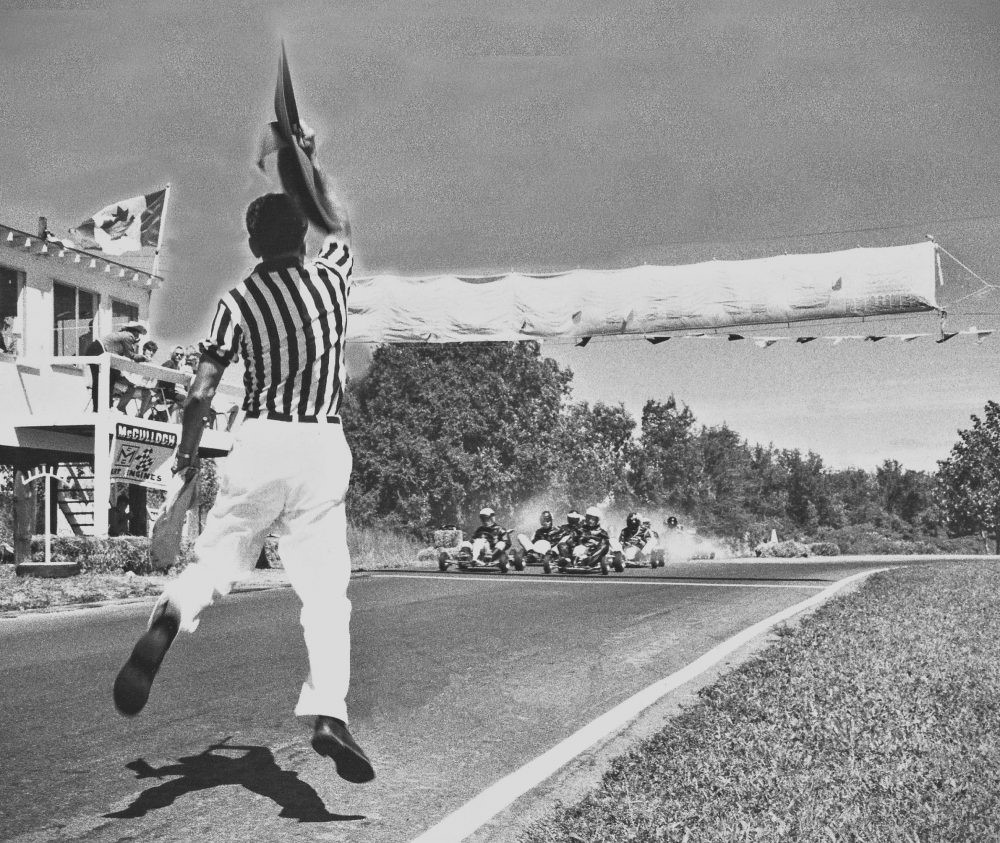
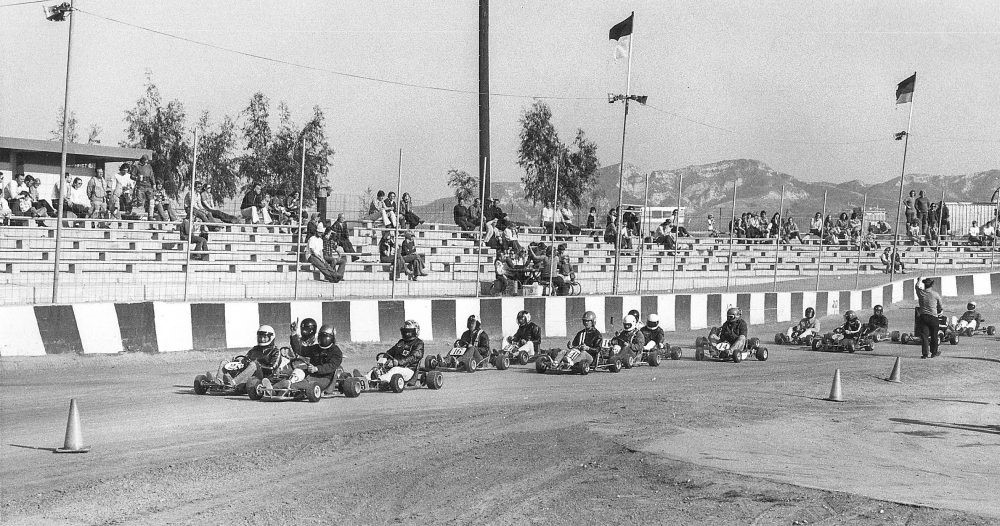
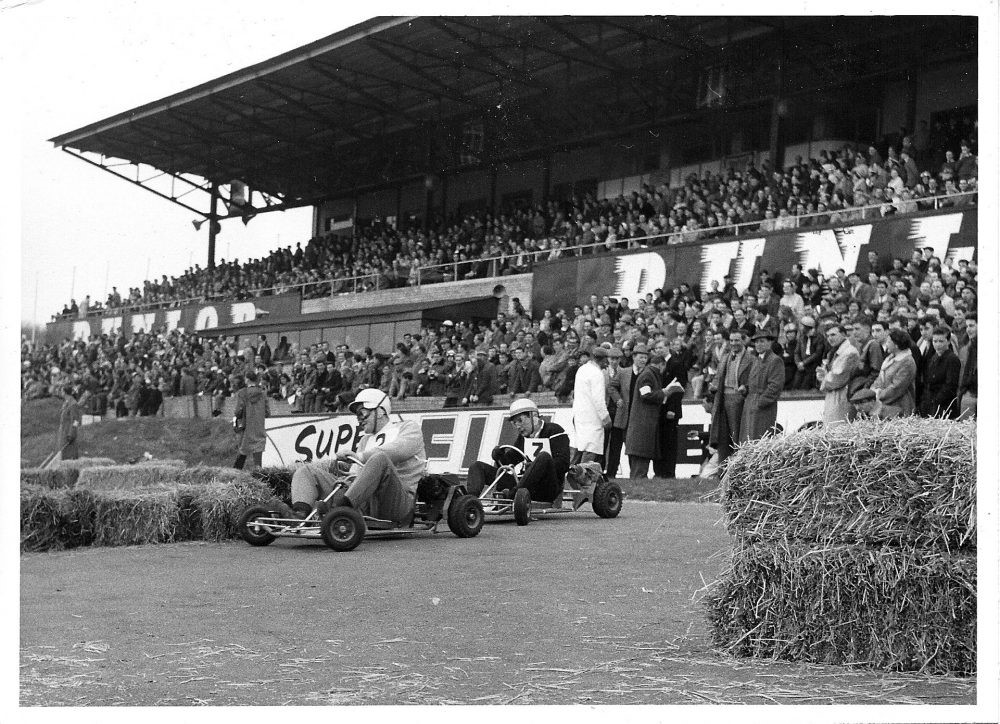
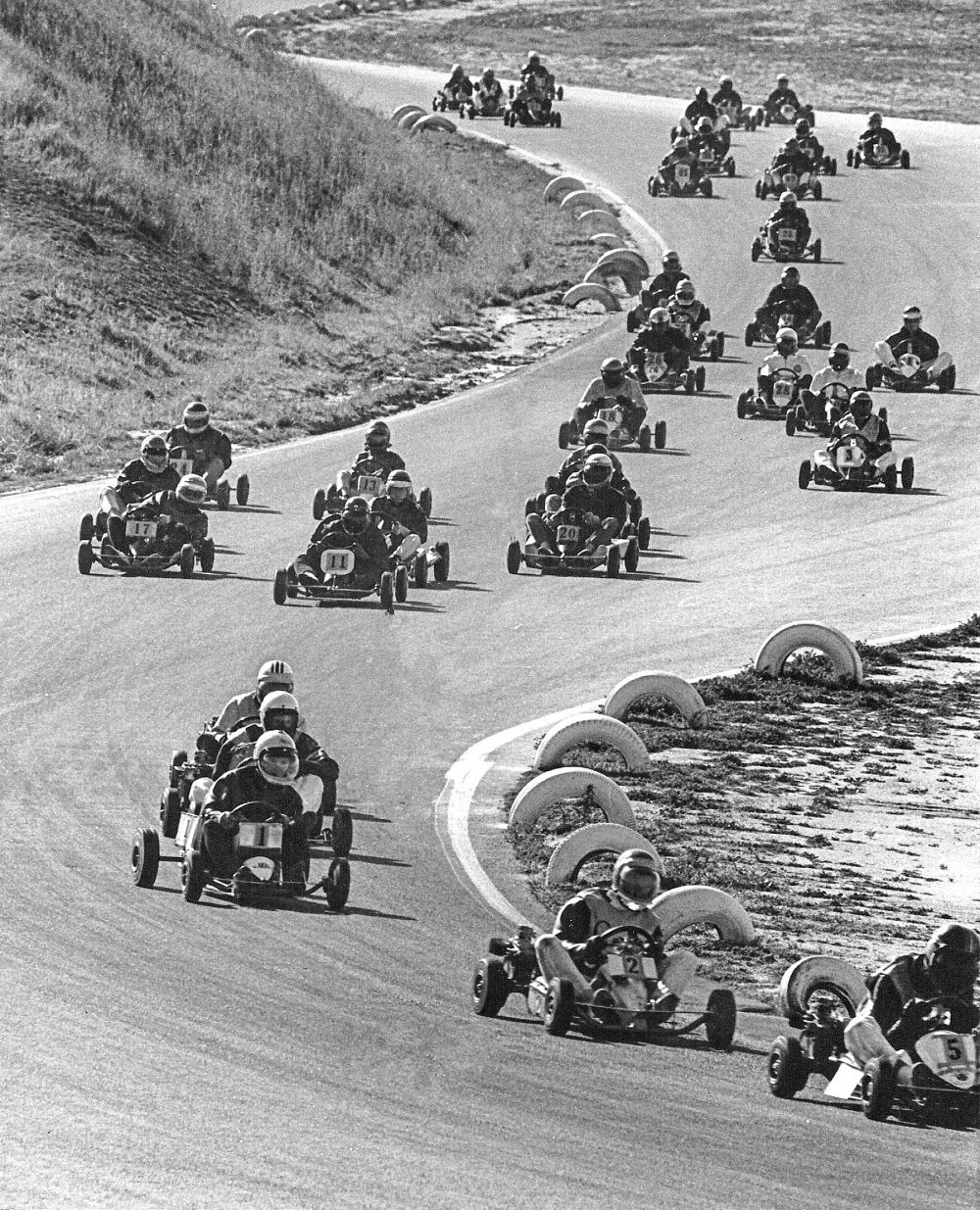
The list of professional racing drivers who learned their craft by racing karts is a who’s who of Grand Prix, Indy Car and NASCAR champions, in addition to the series mentioned above.
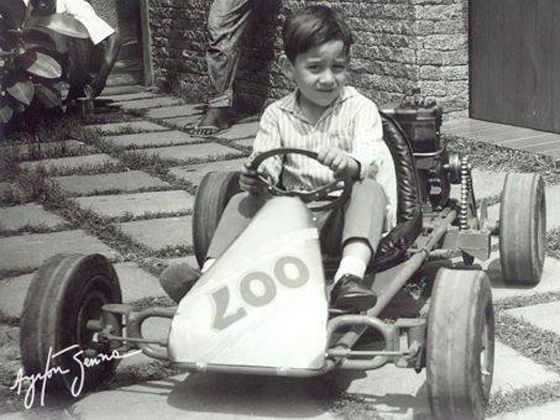
Ayrton Senna when he was four.
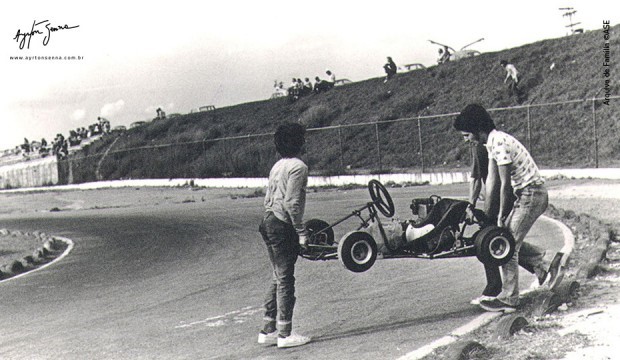
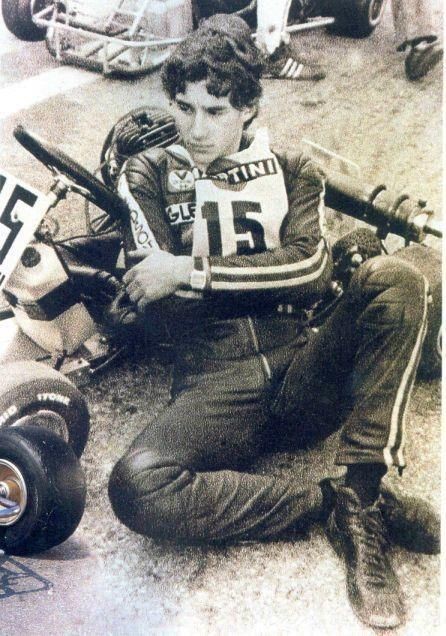
Ayrton Senna, the karting years.
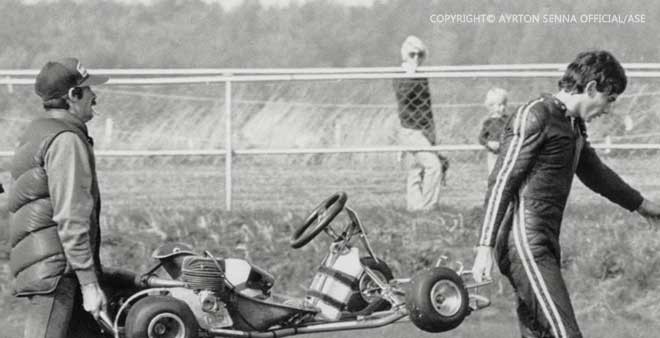
Ayrton Senna.
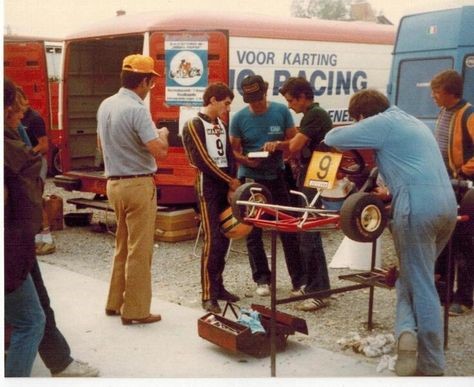
Ayrton Senna and his pit crew.
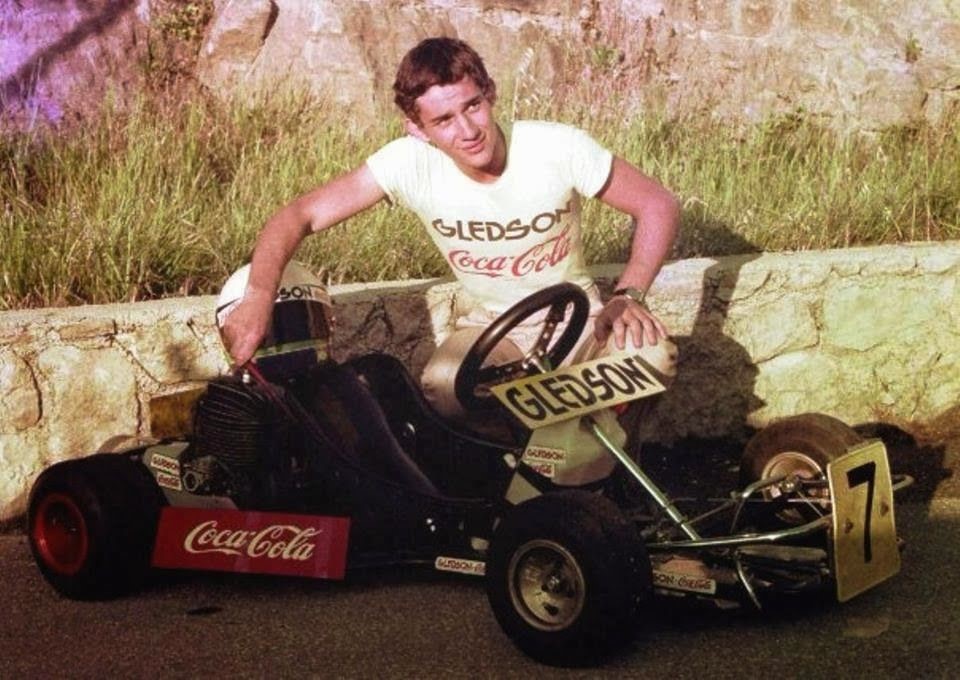
Ayrton Senna.
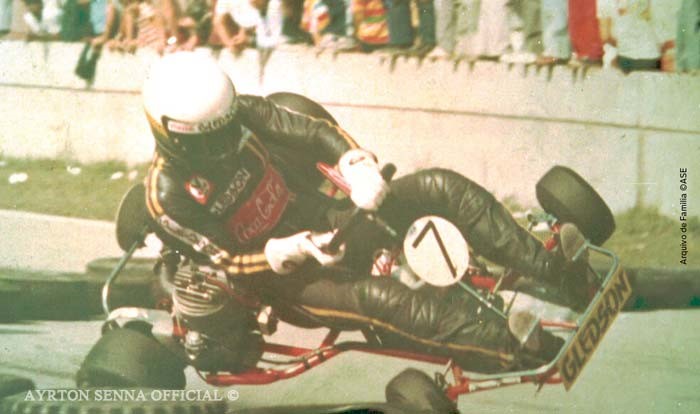
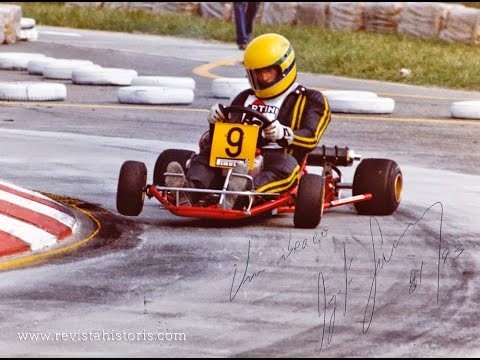
Ayrton Senna in 1977.
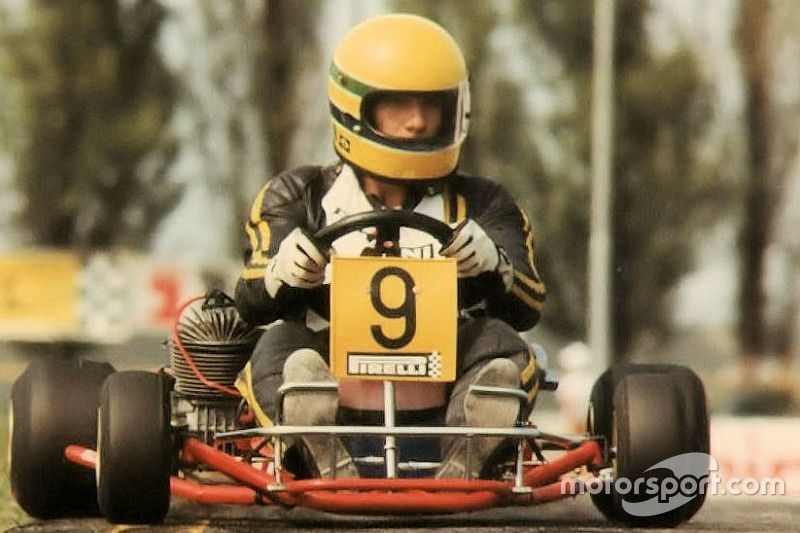
Ayrton Senna's DAP kart from 1981 World Championship.
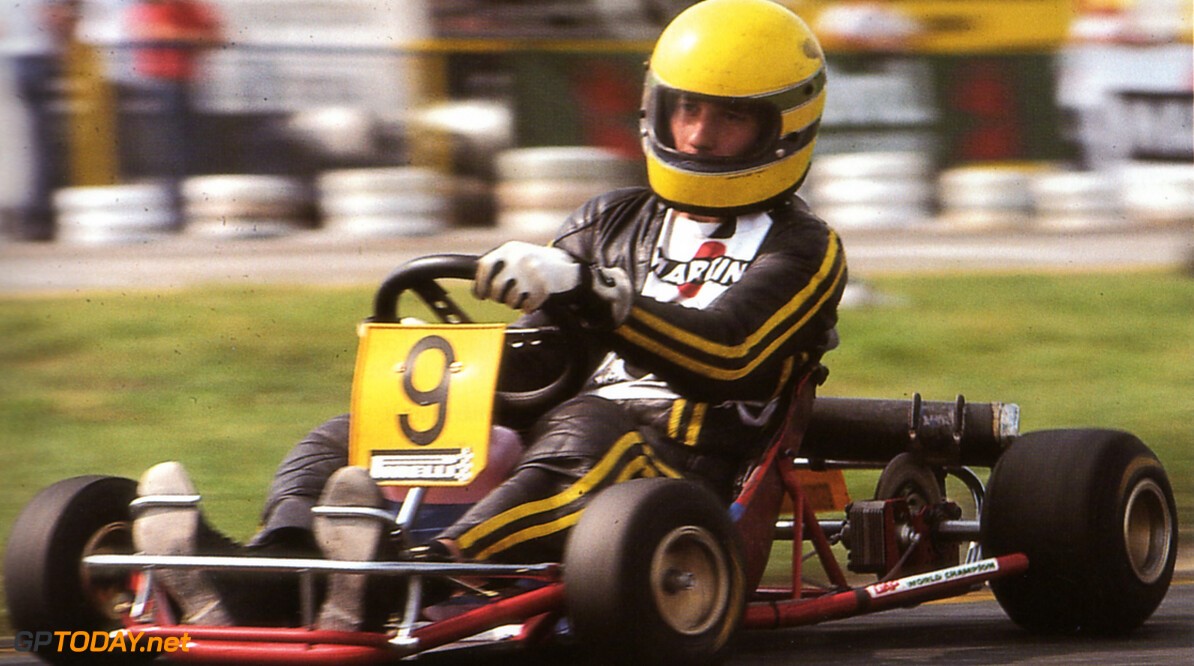
Ayrton and karting. The last race, 1982.
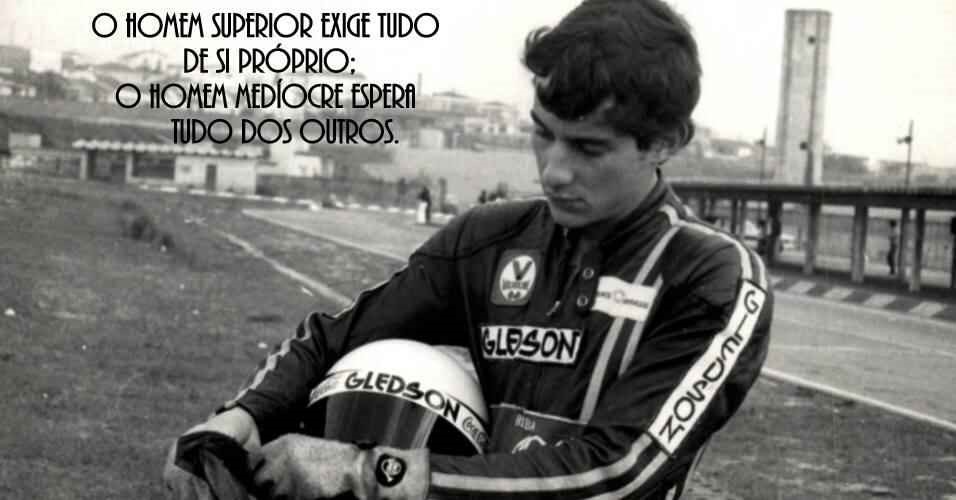
Ayrton Senna.
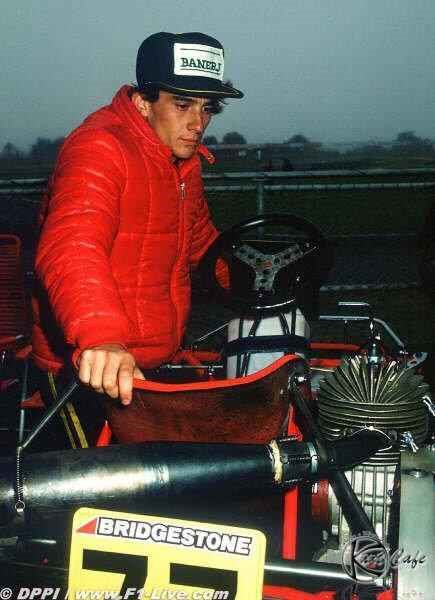
Ayrton Senna.
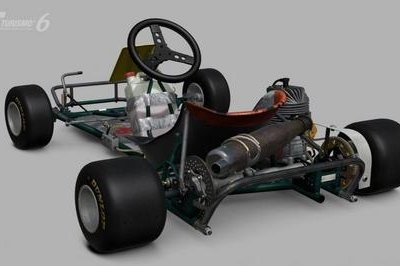
Ayrton Senna's kart.
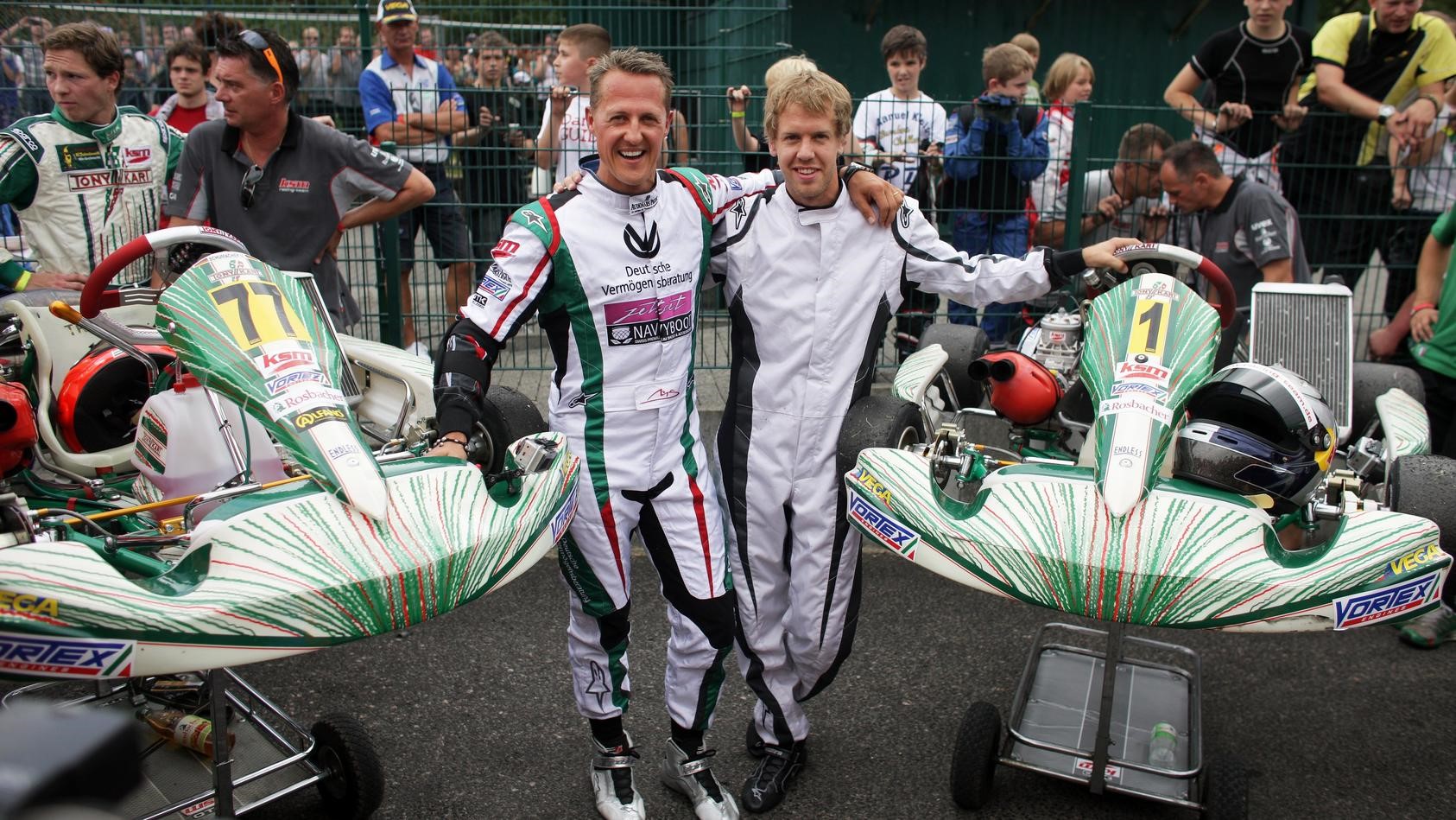
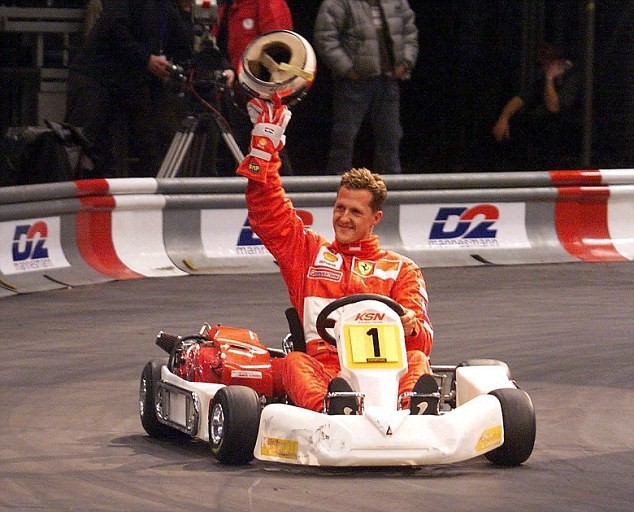
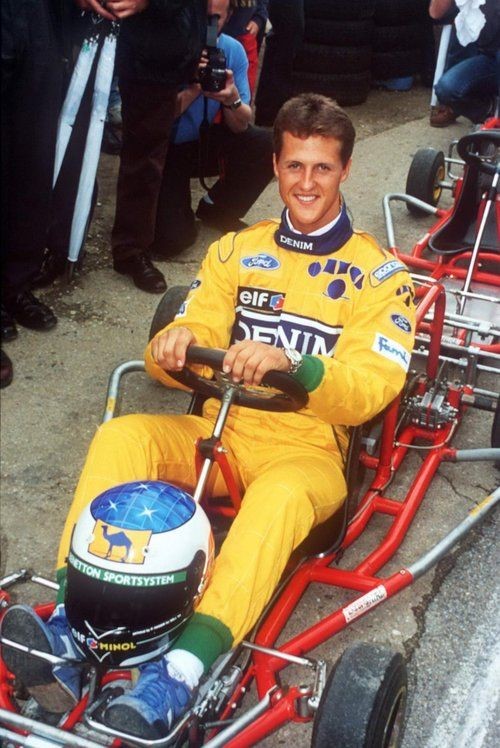
Michael Schumacher in 1993.
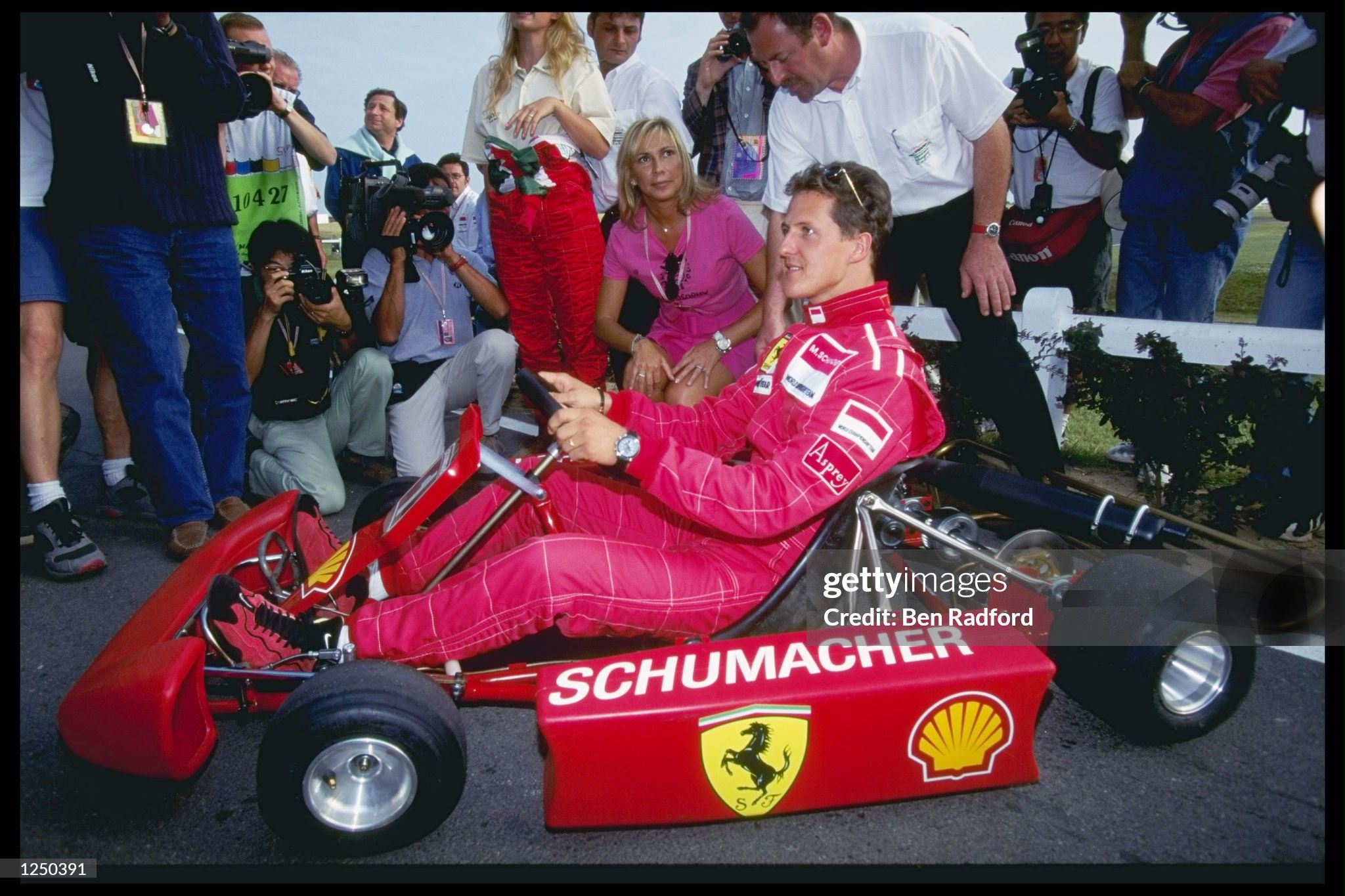
27-30 June 1996. Michael Schumacher relaxes with a spot of go-karting during the French GP in Magny Cours, France. Credit Ben Radford/Allsport UK.
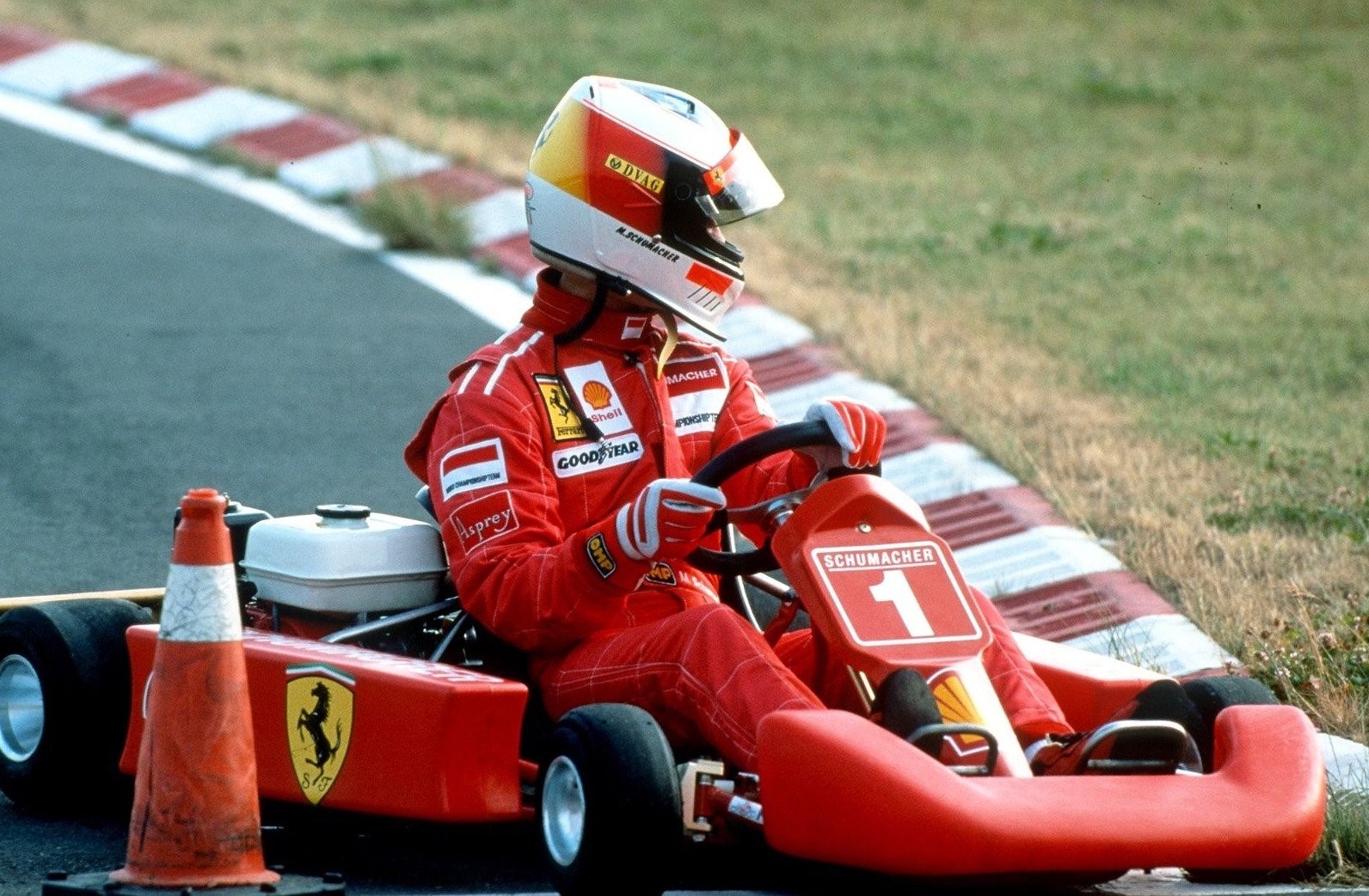
Michael Schumacher, France, 1996.

October 2000, Michael Schumacher going karting.
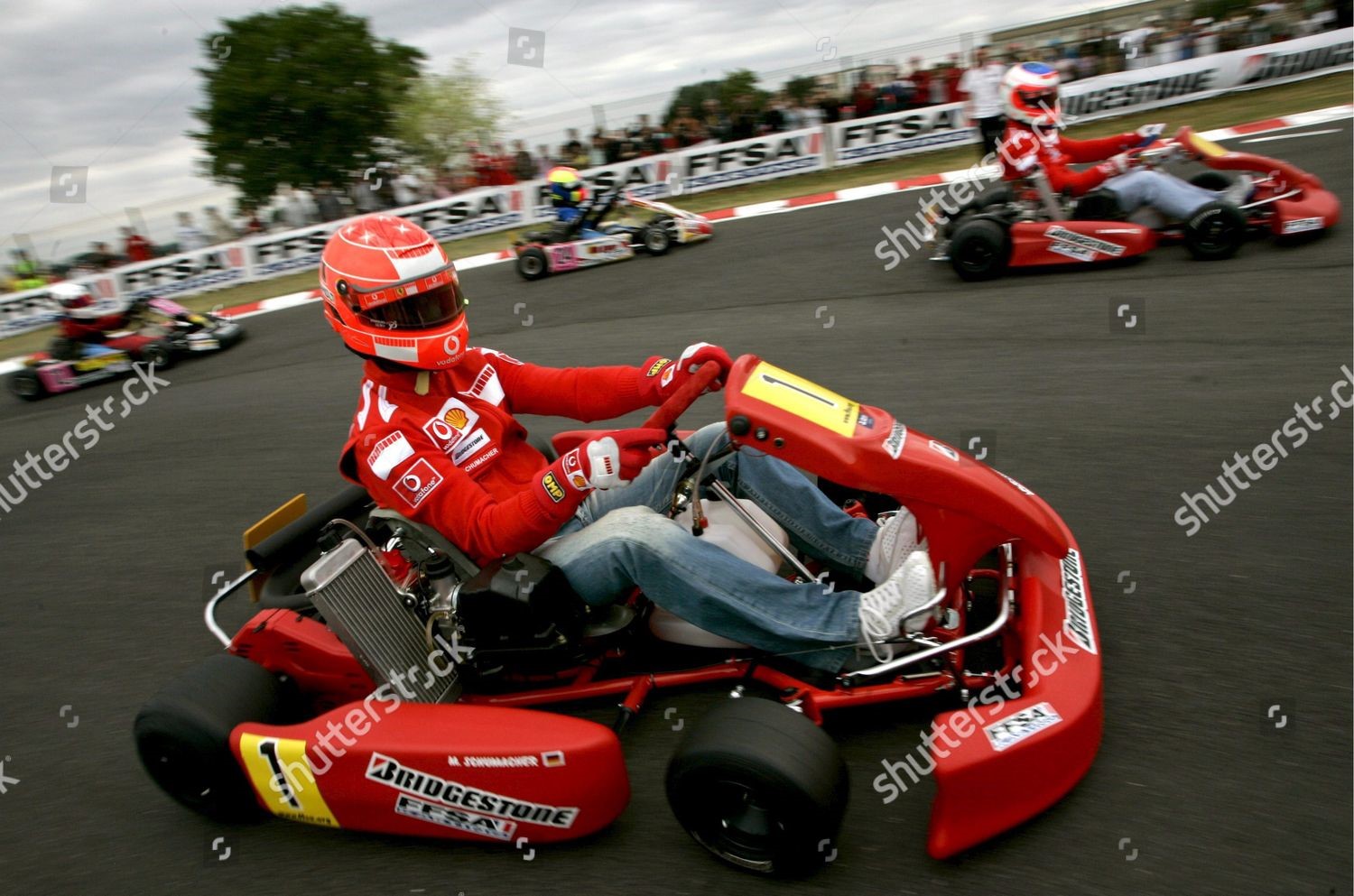
France, July 2005. Credit Shutterstock editorial.
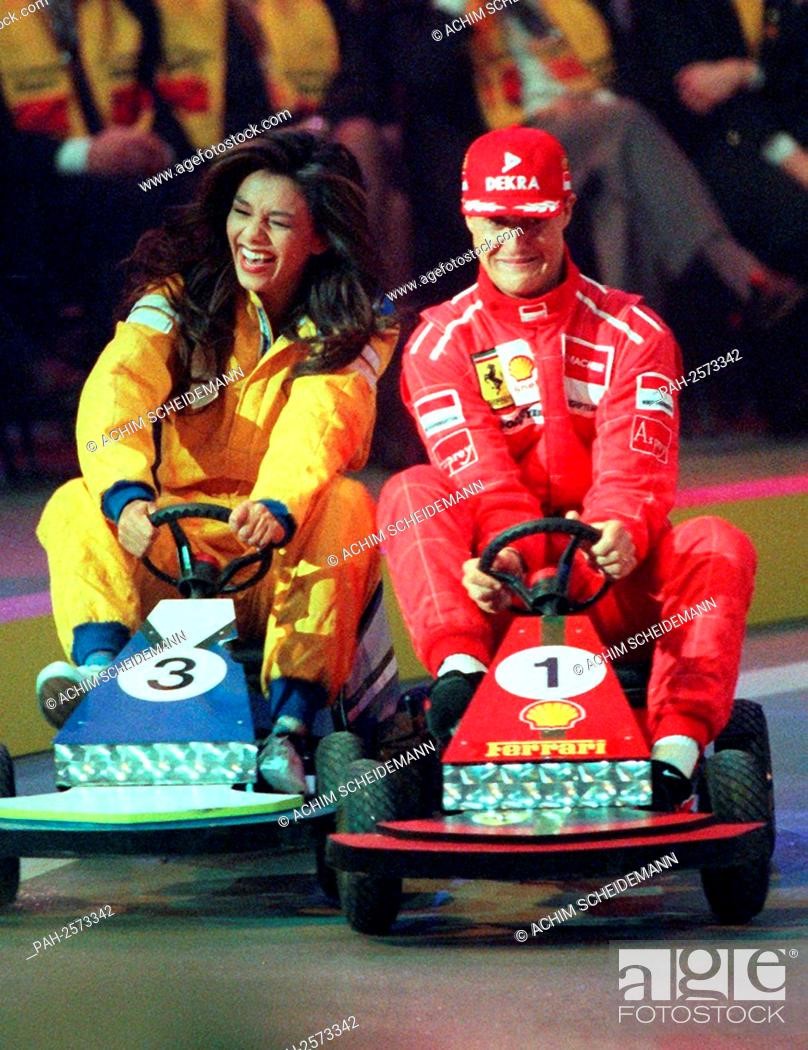
Verona Feldbusch, TV presenter, joins in a celebrity go-kart race with Michael Schumacher, pictured on 7th December 1996. Stock Photo.
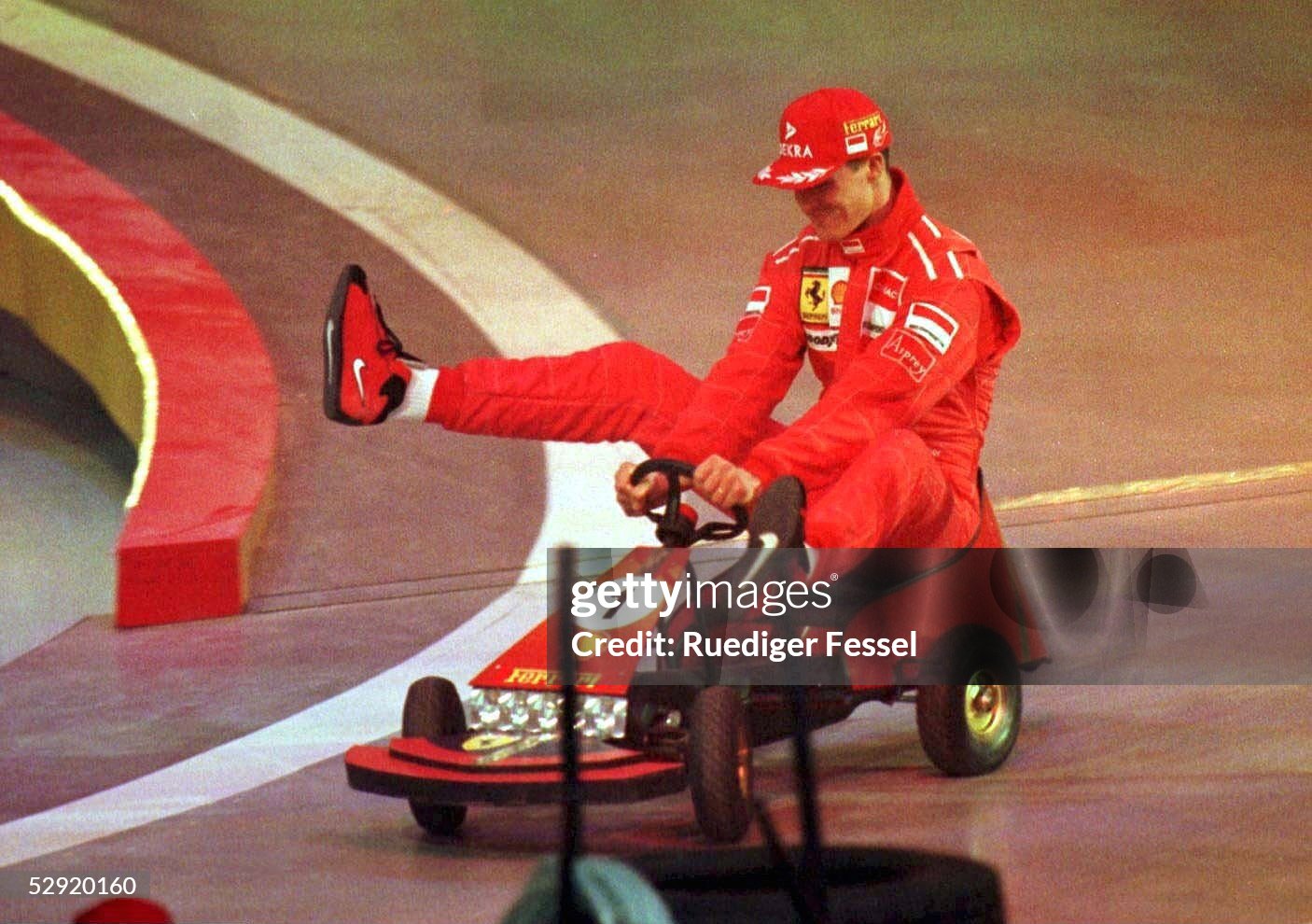
Germany, December 1996. Michael Schumacher in a go-kart. Photo by Ruediger Fessel Bongarts / Getty Images.
In Formula One alone, world champions Ayrton Senna, Michael Schumacher, Alain Prost, Fernando Alonso, Kimi Räikkönen, Jenson Button, Lewis Hamilton and Sebastian Vettel all honed their skills in these comparatively diminutive machines.
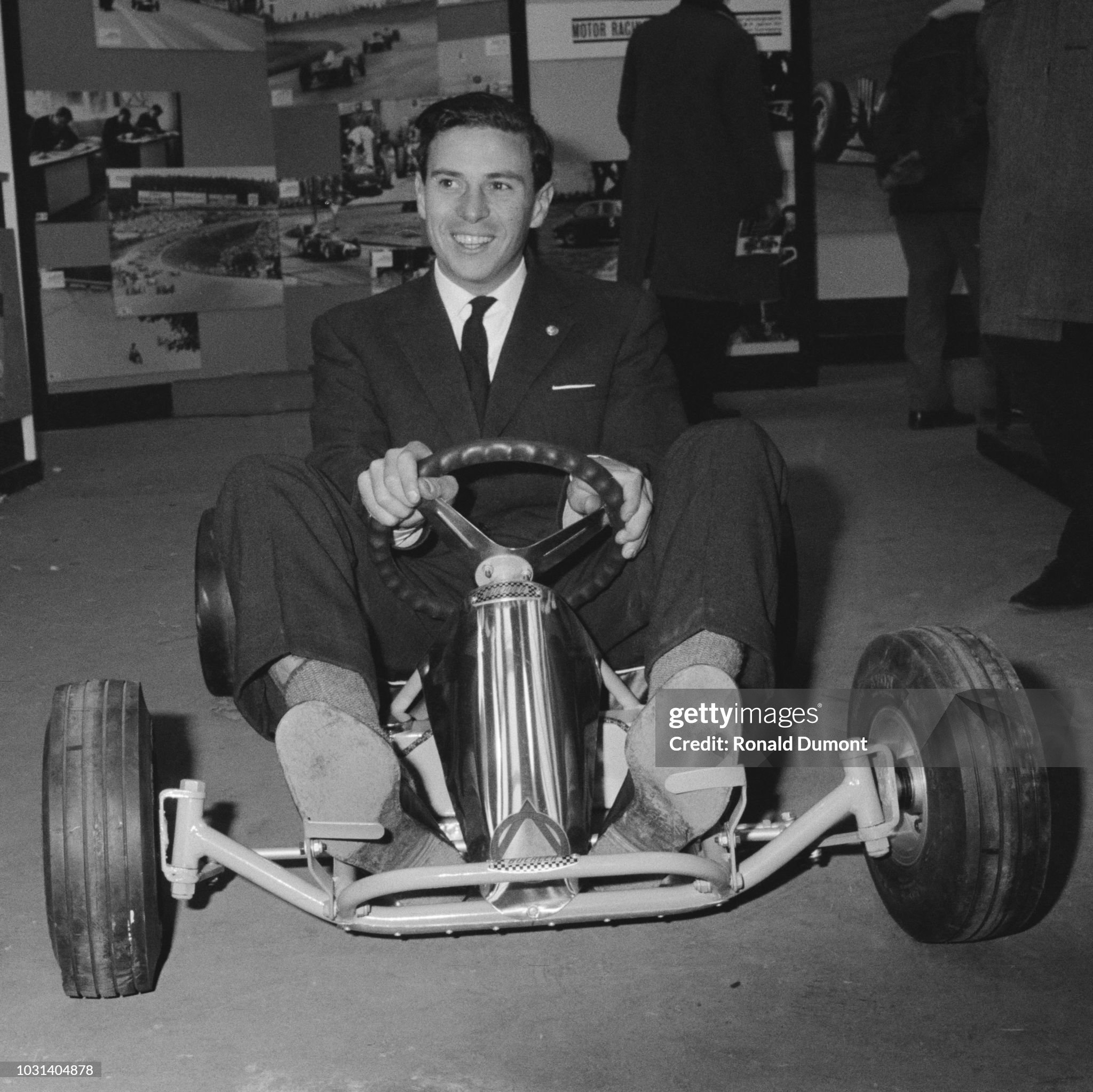
Scottish Formula One racing driver Jim Clark.
But this wasn’t always the case. Juan Manual Fangio never raced a kart. Neither did Tazio Nuvolari nor Bernd Rosemeyer nor Stirling Moss. All for a simple reason: it didn’t exist. Karting as we know wouldn’t begin until 1956, in Glendale, California. That’s when Art Ingels cobbled together a small, tube-frame “kart” powered by a two-cycle lawnmower motor.
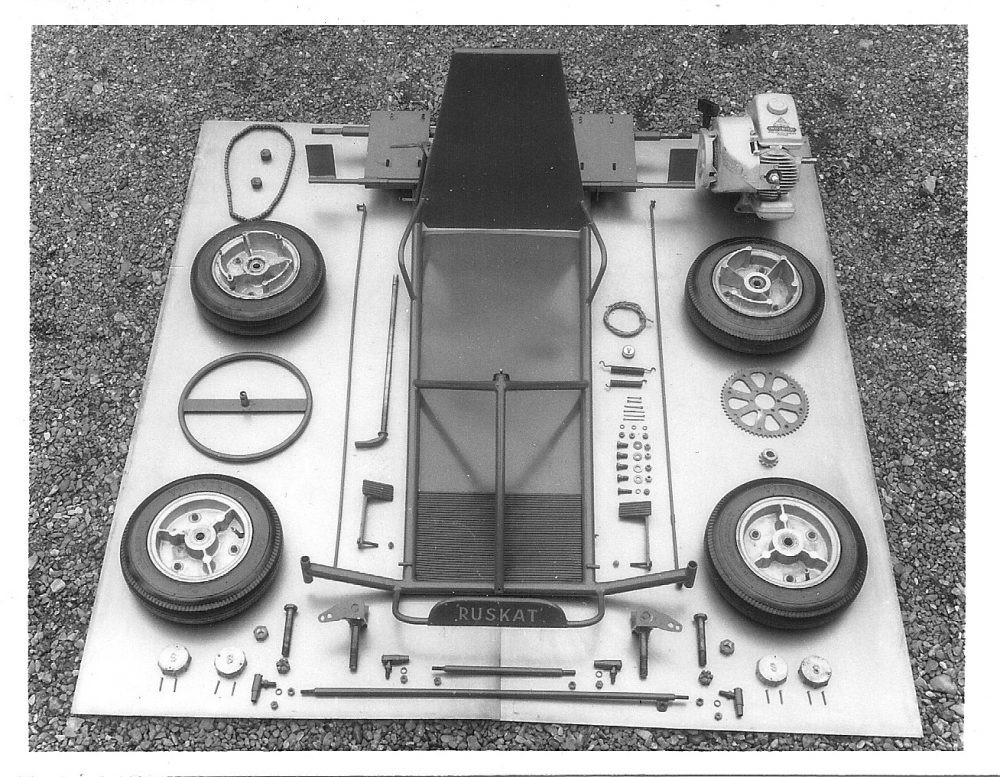
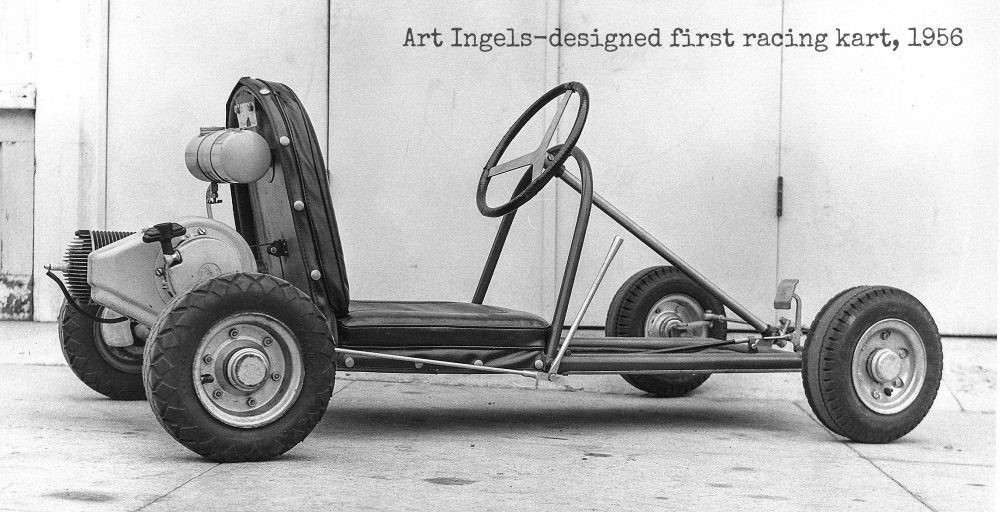
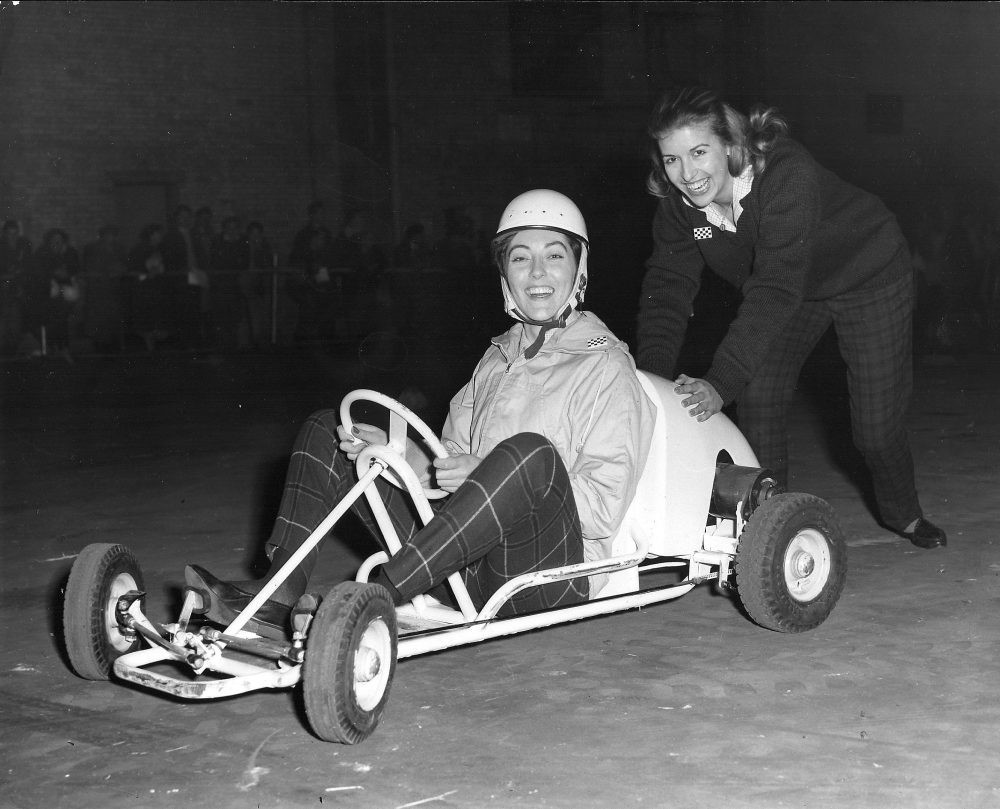

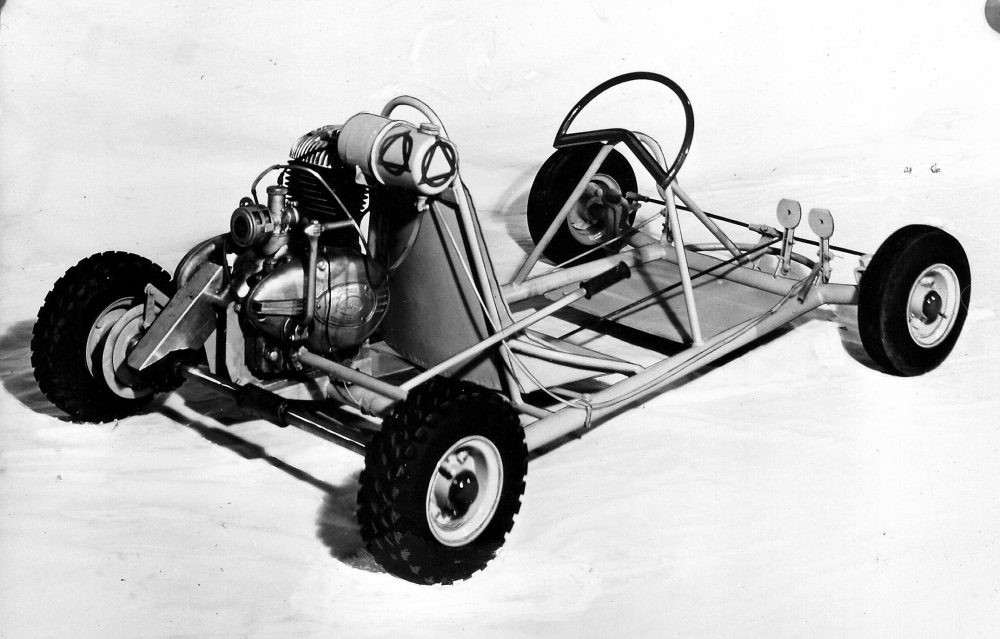
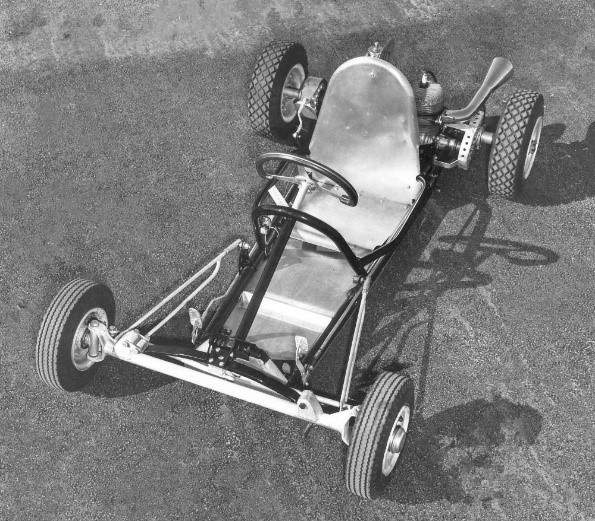
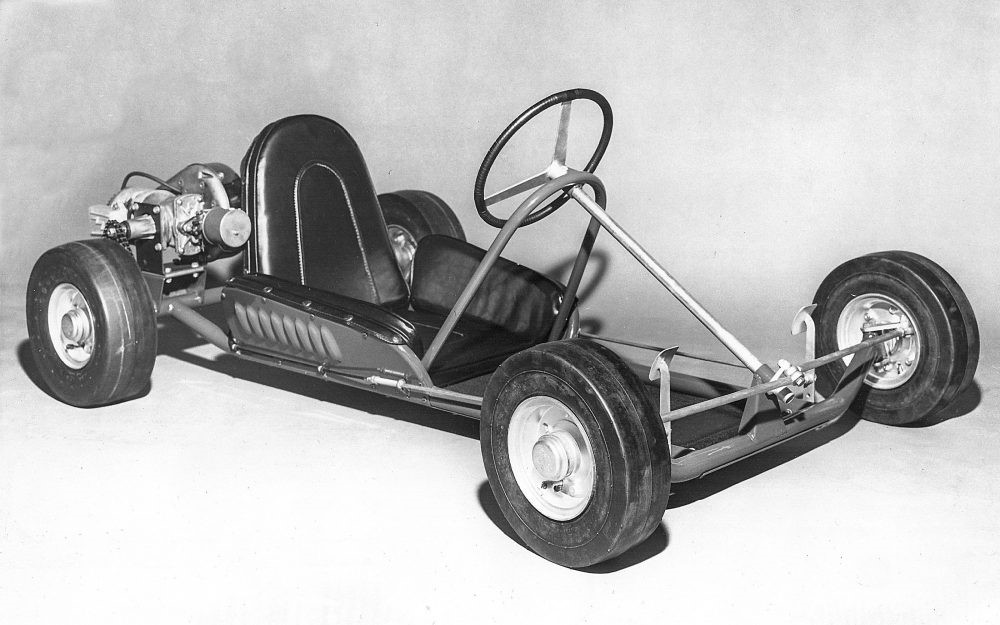
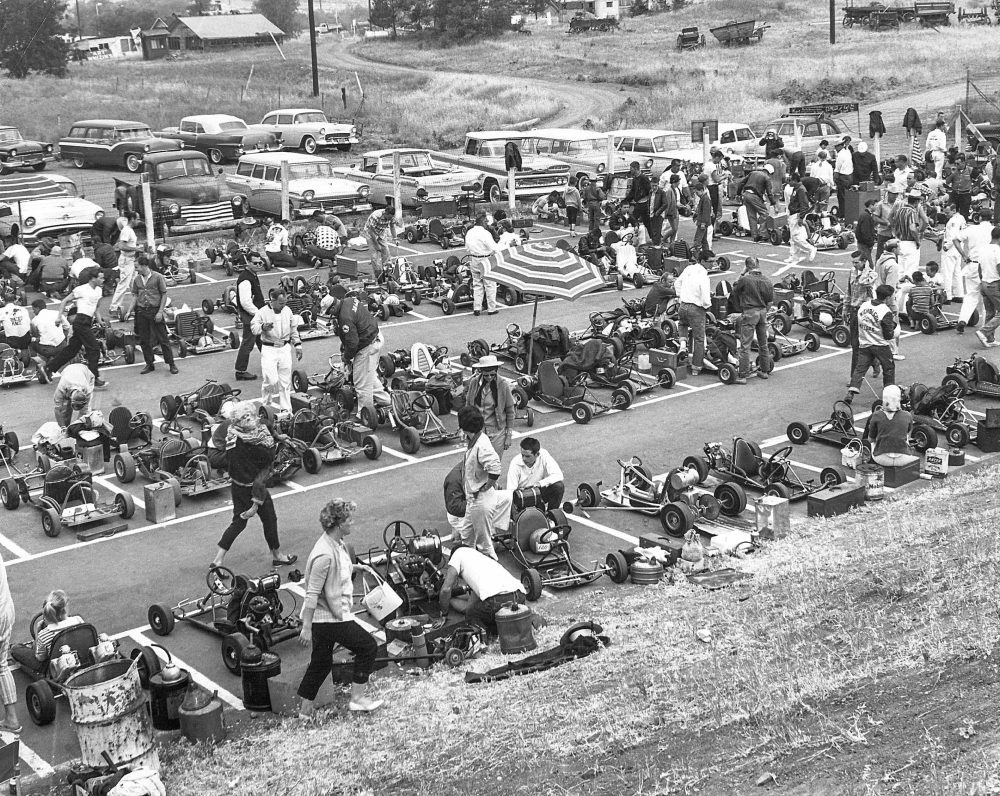
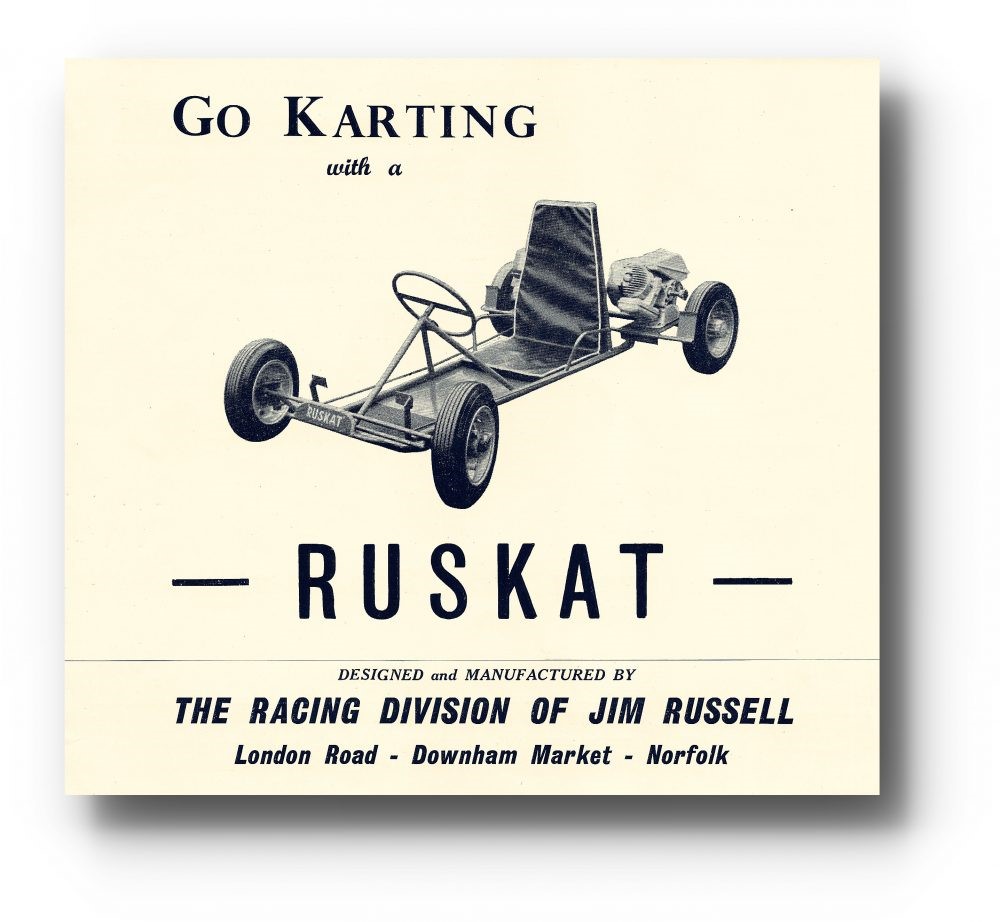
Ruskat brochure.
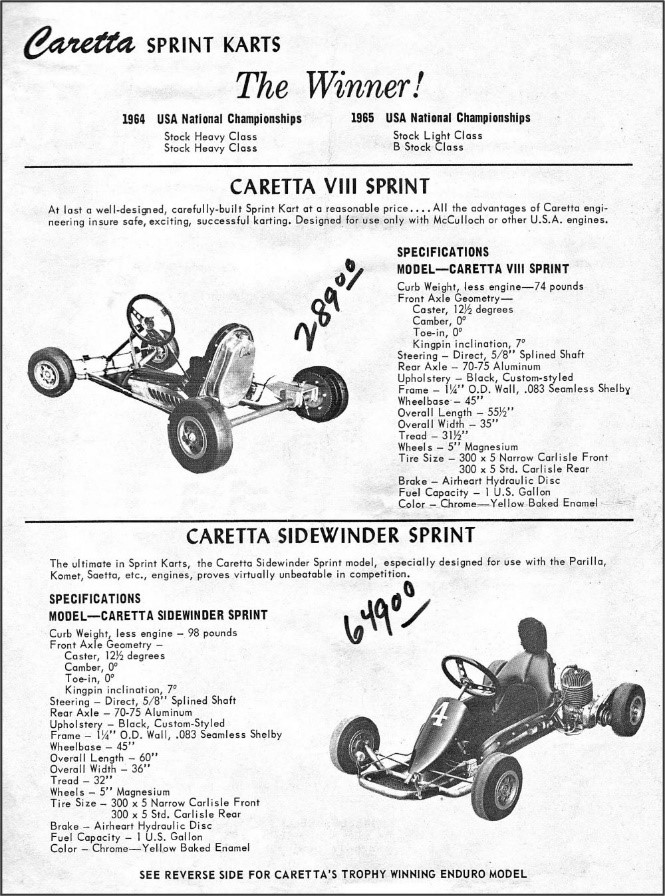
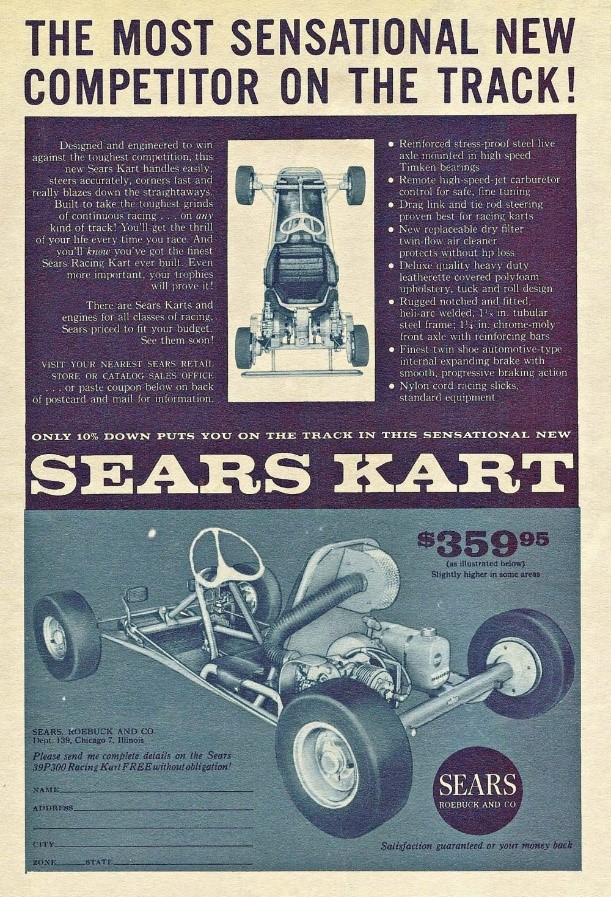
Kart engines, from the late 1950s through today, are typically two-cycle or “two-stroke,” which typically means they deliver serious power in a small package. In 1959, a company called McCulloch, a manufacturer of two-cycle-powered chainsaws, was the first manufacturer to offer a dedicated kart engine. Other makers of two-cycle powerplants — Clinton, Power Products and West Bend — soon joined the fray.
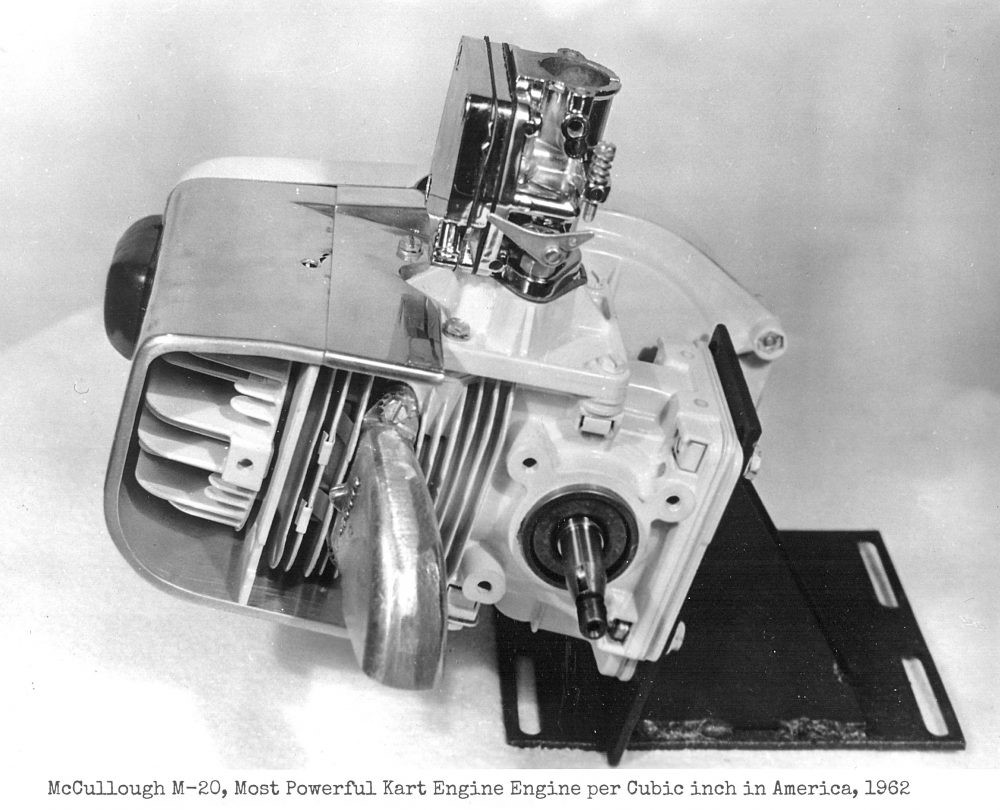
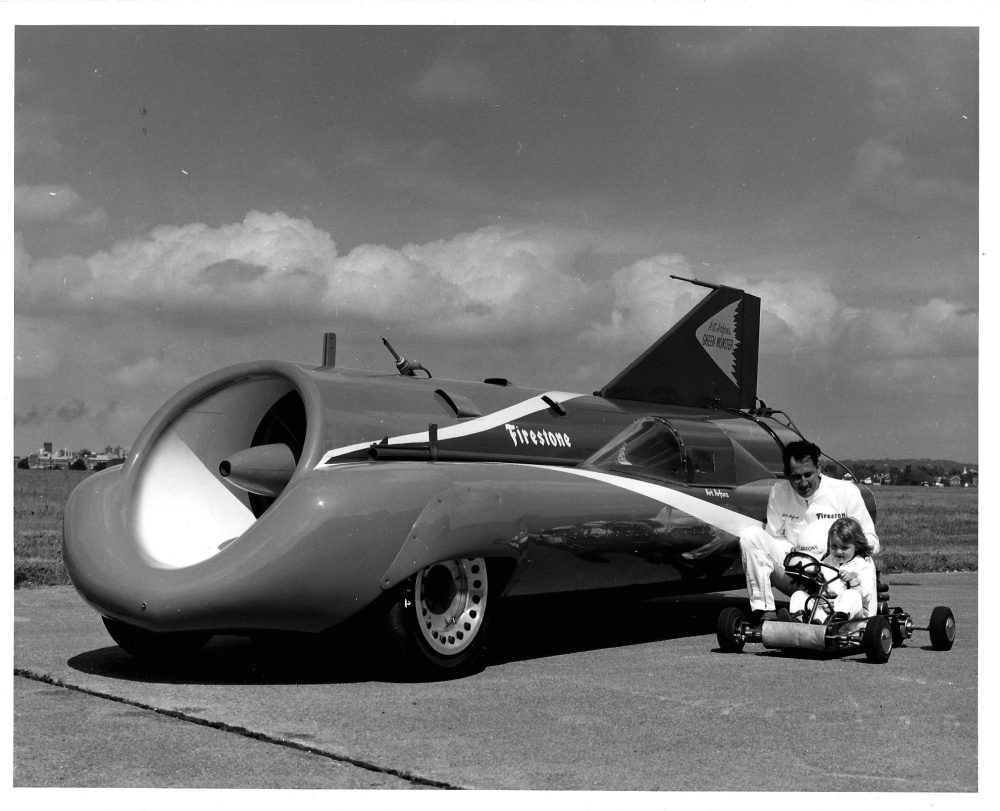
By the 1960s US servicemen had helped to spread the nascent sport to Europe, which saw the introduction of motorcycle engines (sans gearbox) before dedicated manufacturers, mostly from Italy, started to offer dedicated kart engines. These were companies like Komet, Parilla and Saetta.
As demonstrated by Ingels’ original kart, the early machines were breathtakingly simple. For example, his rudimentary machine used a hand-activated mechanical brake and the motor was a direct drive, meaning no clutch. You had to push them to start. Tires were made of hard industrial rubber. There was no suspension to speak of either, just lightning-quick direct steering and an intimate knowledge of what it really means to “feel the road.”
Kart design evolved during the late 1950s and early 1960s, but not much. Live (solid) rear axles and left-pedal-operated hydraulic disc brakes became the norm. Centrifugal clutches removed the need for push starts. More engines developed more power, many running on methanol and a few with a splash of nitro. The tires became wider and grippier.
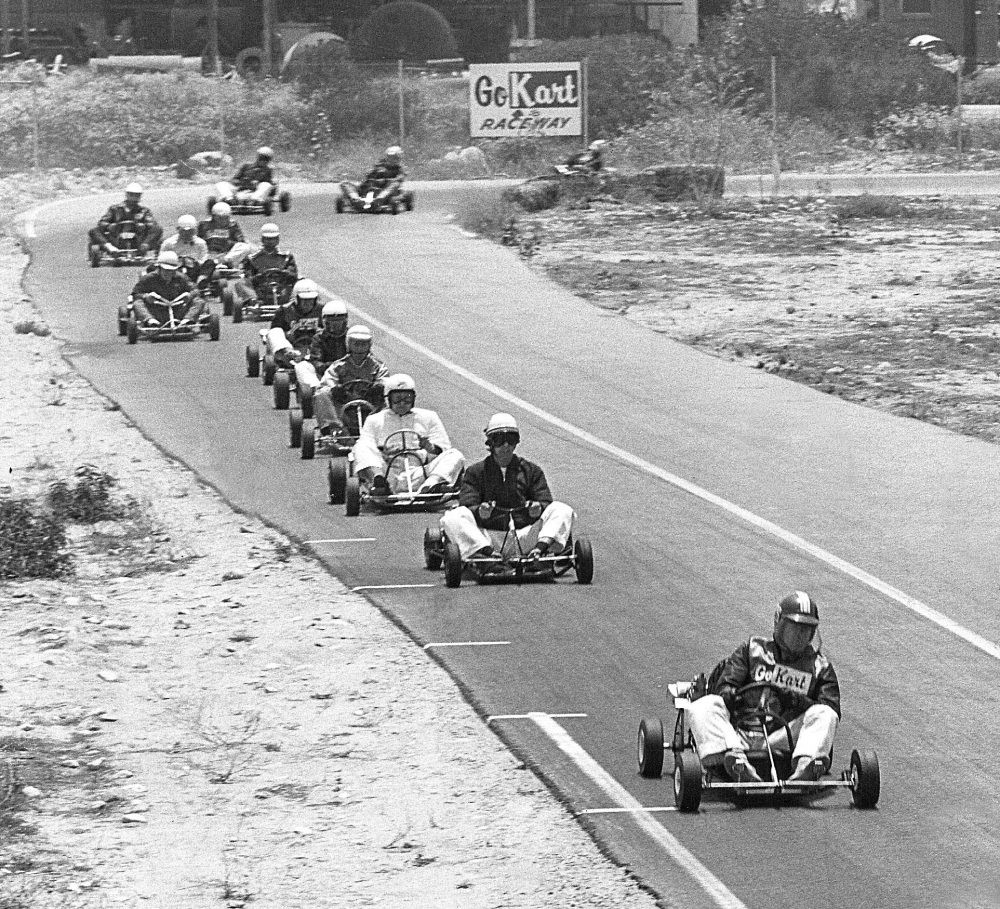
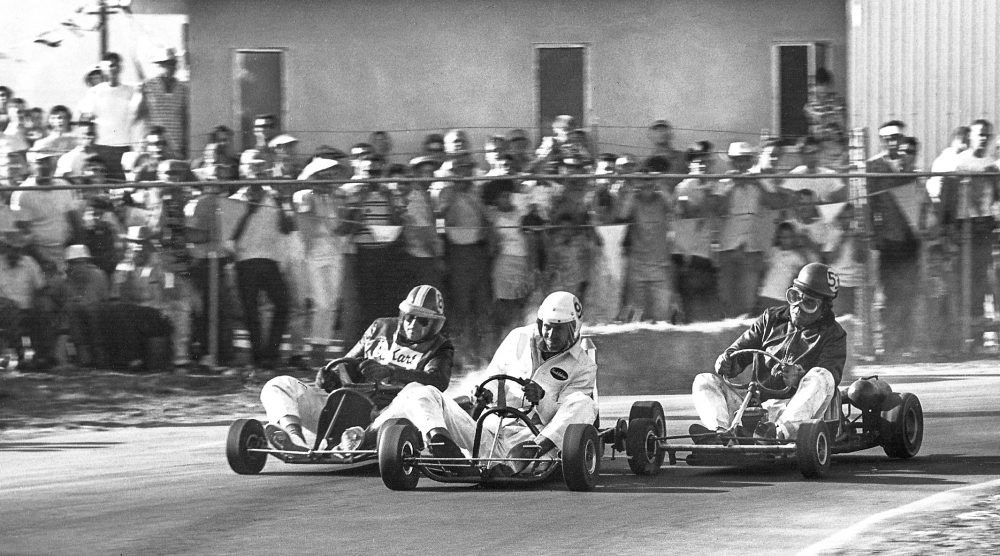
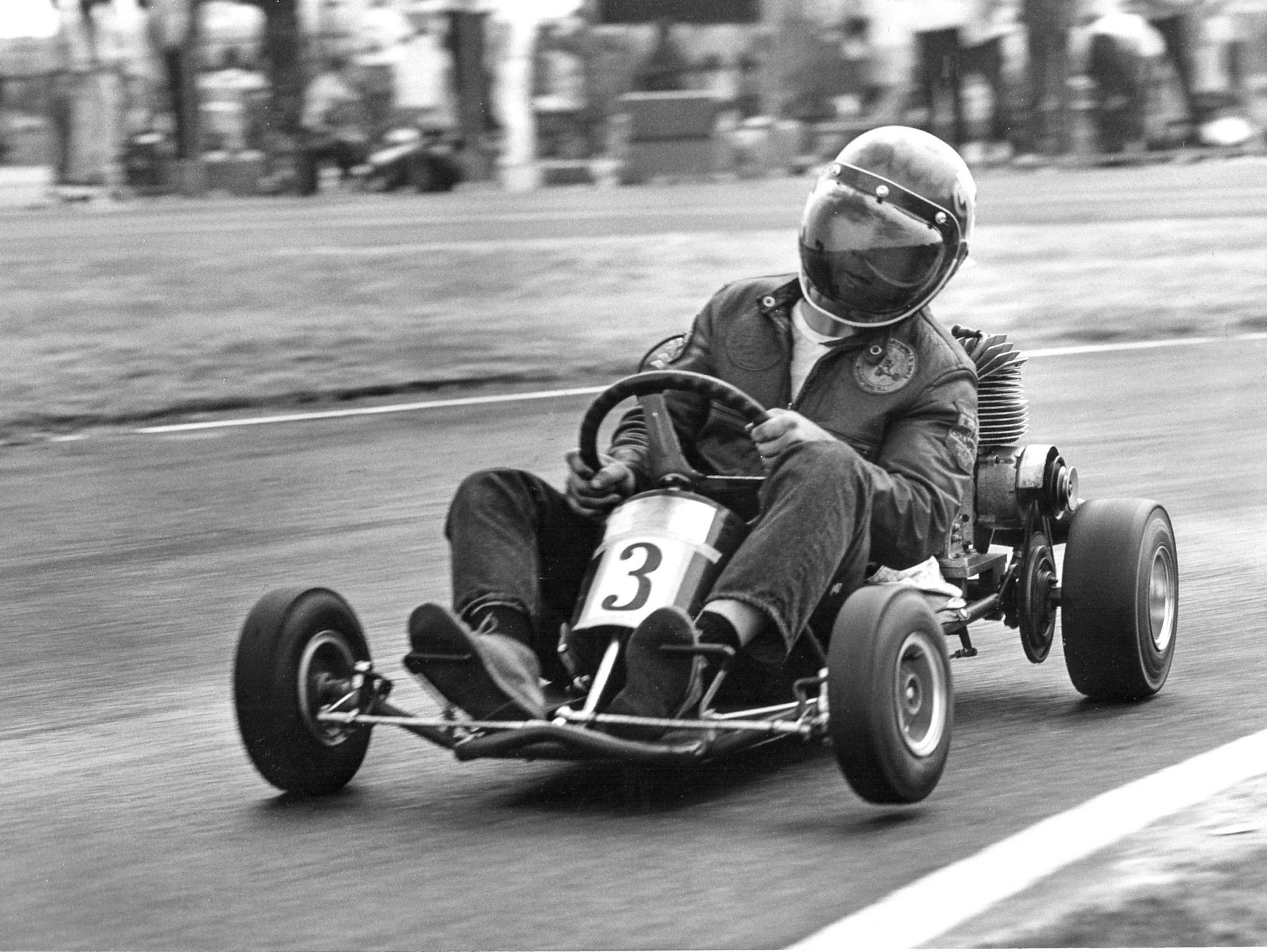
It didn’t need to get any more hi-tech than that though - at least for the casual driver - and karting became almost instantly popular thanks to publicity delivered by the motoring press, particularly the magazines Hot Rod and Rod & Custom.
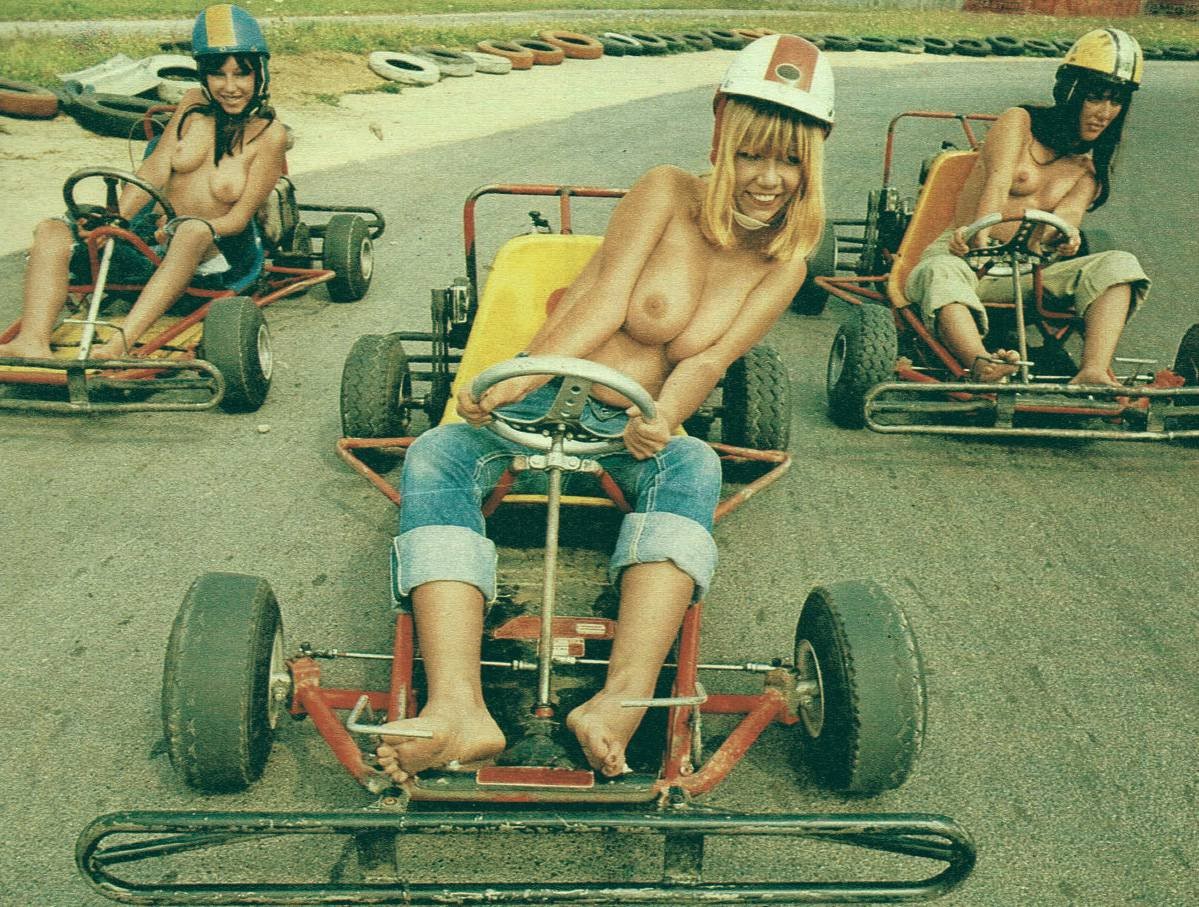
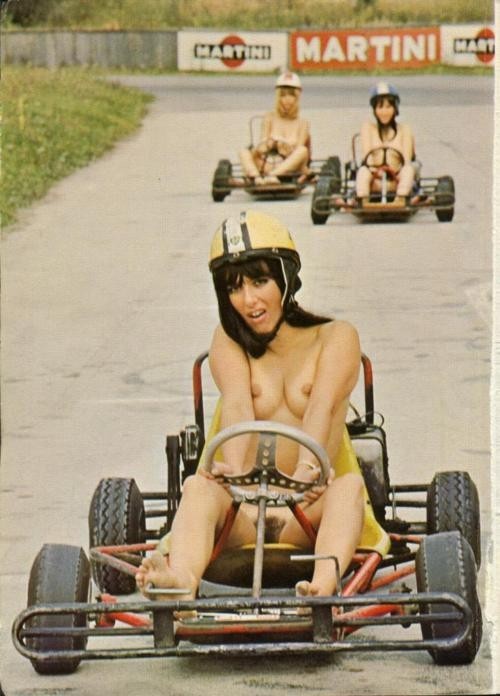

Kart-specific books soon followed. Chassis manufacturers sprung up seemingly everywhere. Sears and Montgomery Ward even sold karts by mail order.
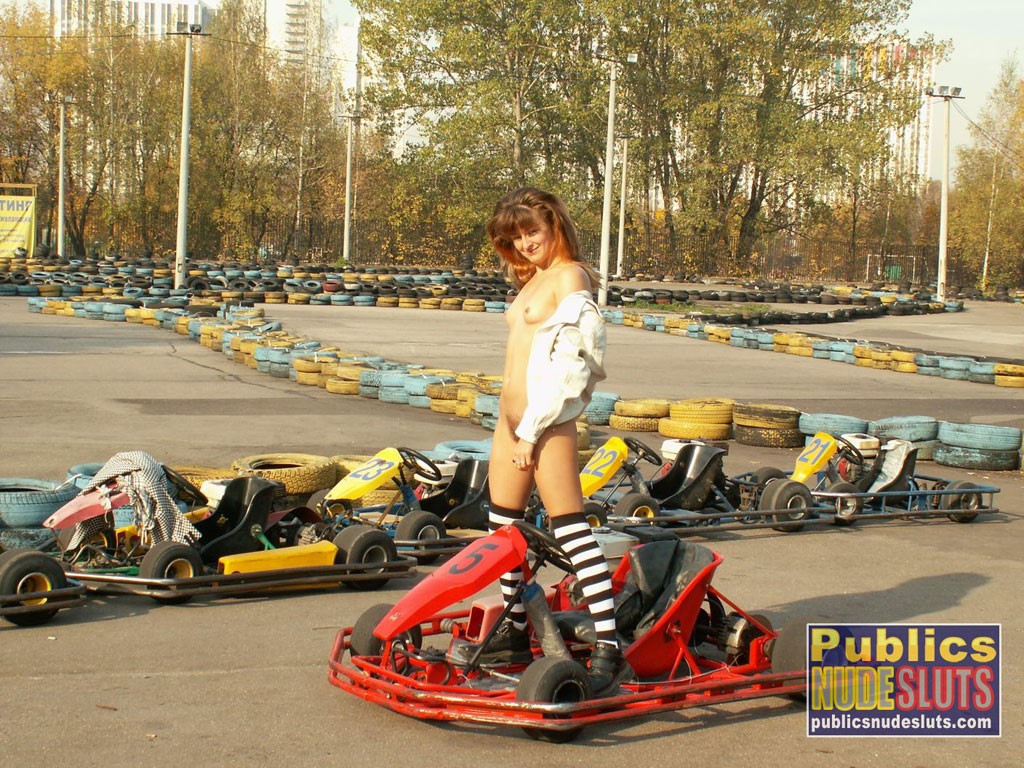
Meanwhile, new kart tracks continued to appear on undeveloped squares of asphalt all over.
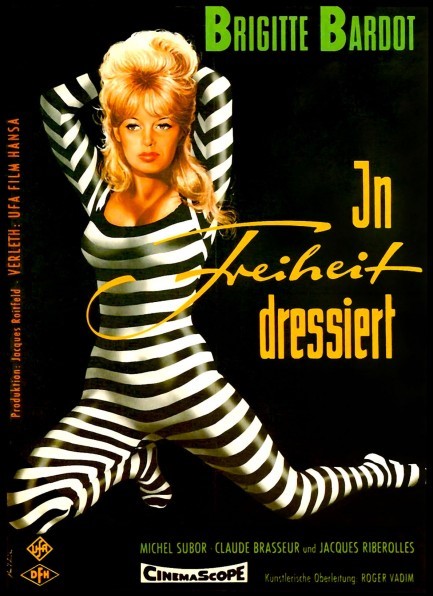
This is one of the cooler posters you’re likely to see. It’s a West German promo for Brigitte Bardot’s 1961 comedy La bride sur le cou!
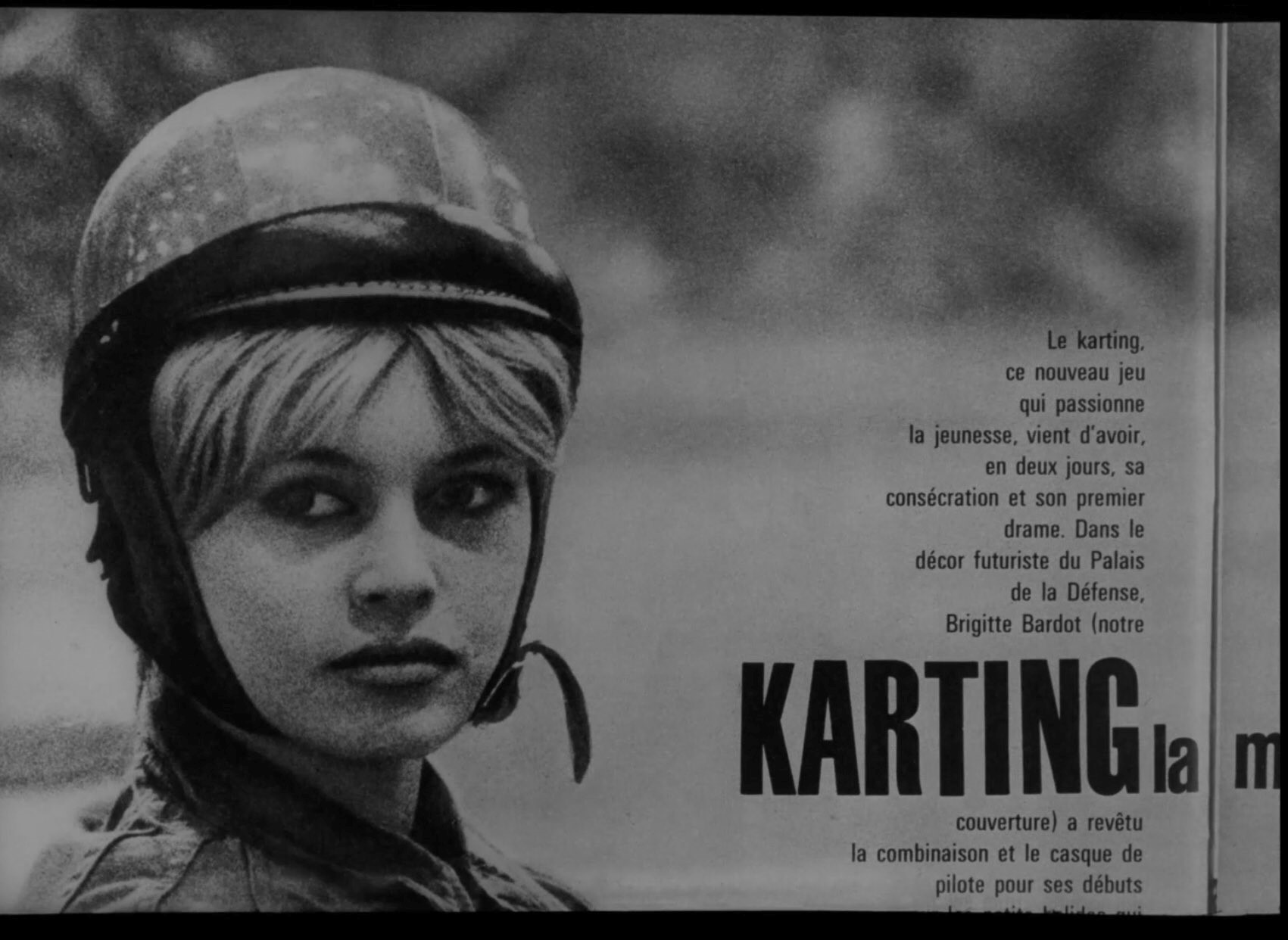
Brigitte Bardot in La bride sur le cou.
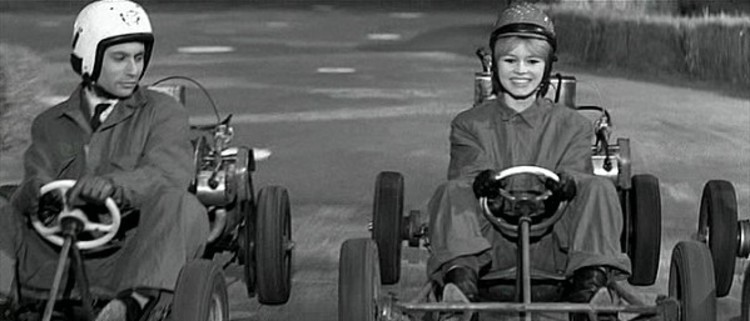
Brigitte Bardot in La bride sur le cou.

Brigitte Bardot in La bride sur le cou.
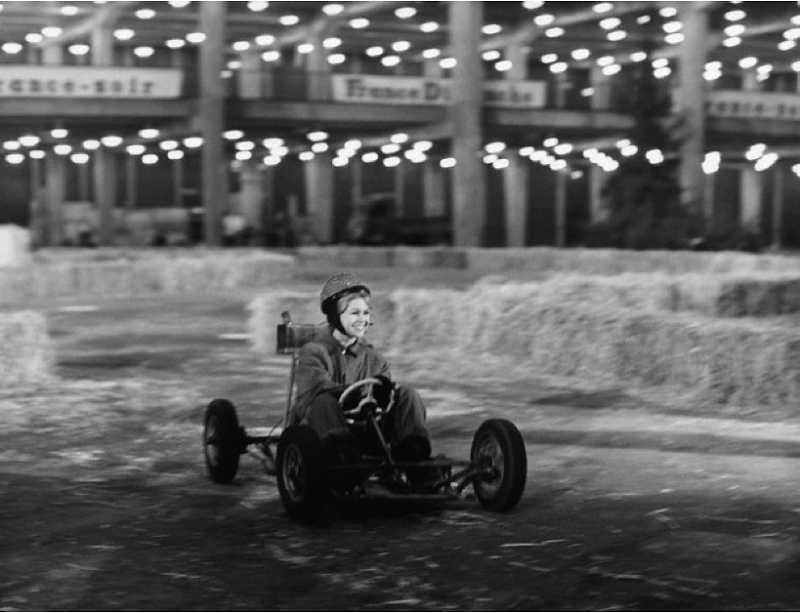
Brigitte Bardot in La bride sur le cou.
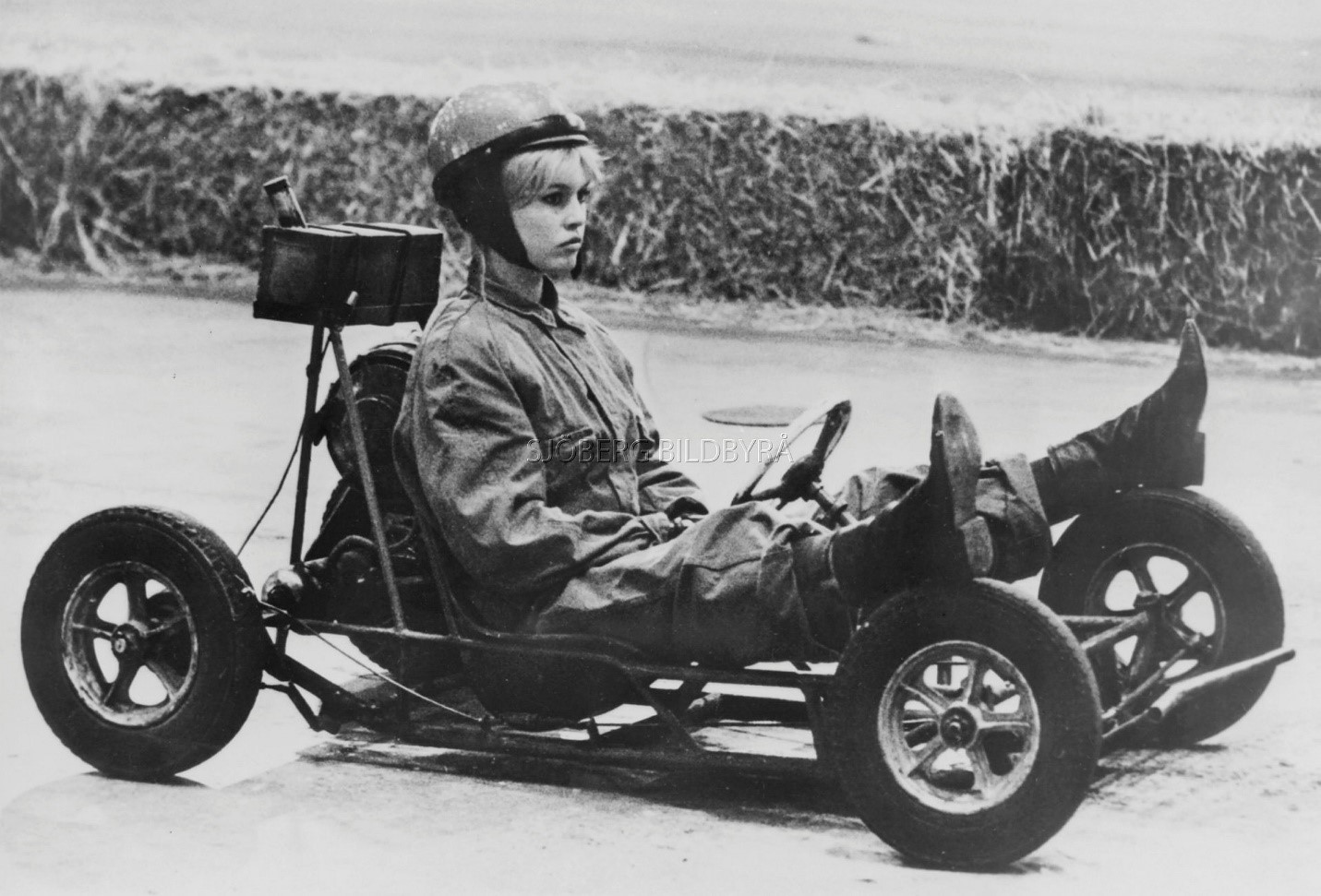
Brigitte Bardot in La bride sur le cou.
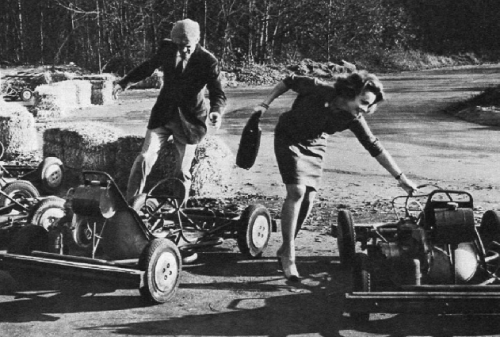
Romy Schneider and Peter O'Toole in What's new pussycat?, a 1965 French-American screwball comedy film directed by Clive Donner and written by Woody Allen.
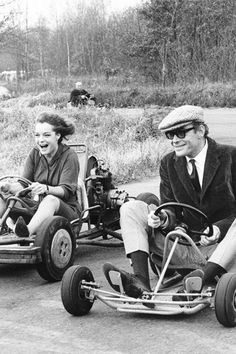
Peter O'Toole and Romy Schneider in What’s new pussycat? Peter O’Toole as Michael James, Romy Schneider as Carole.
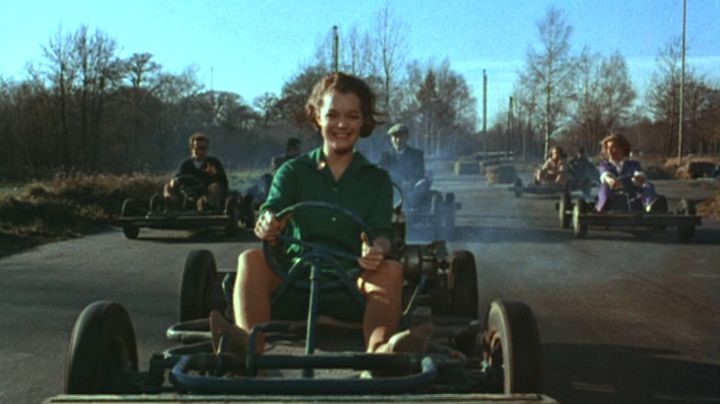
Romy Schneider in What's new pussycat?
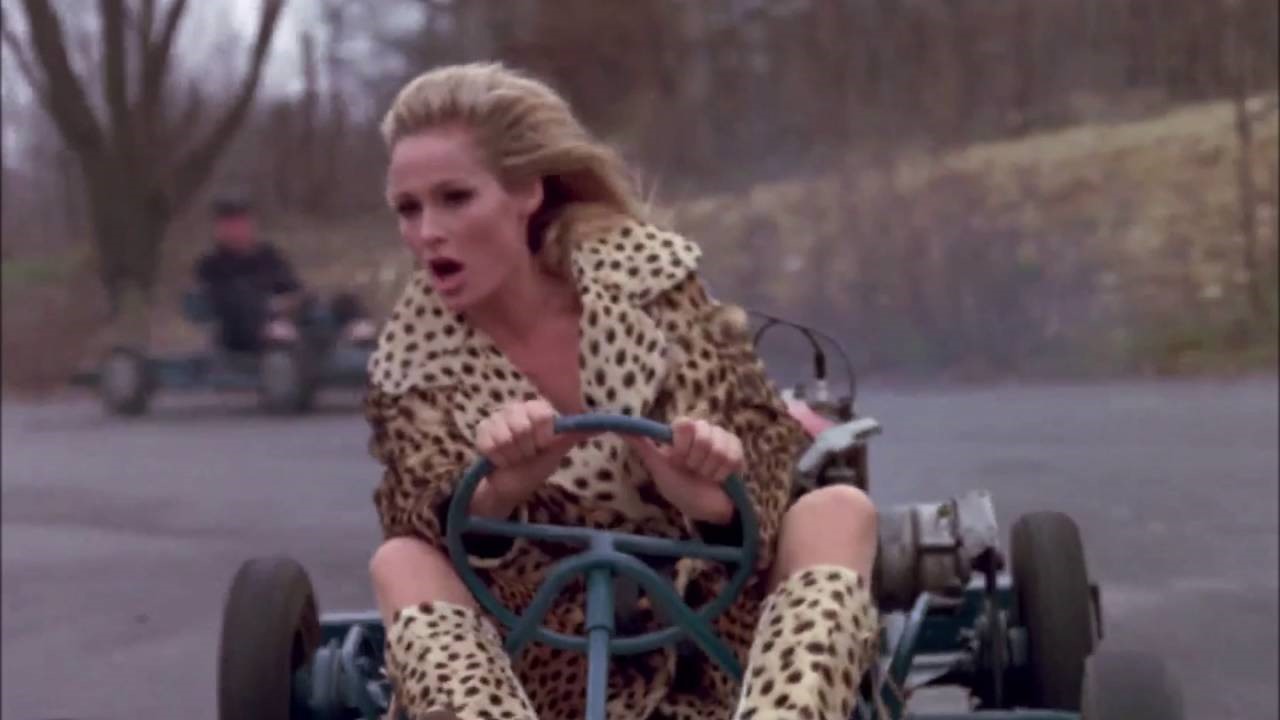
Ursula Andress. Kart sequence of the film What's new pussycat?
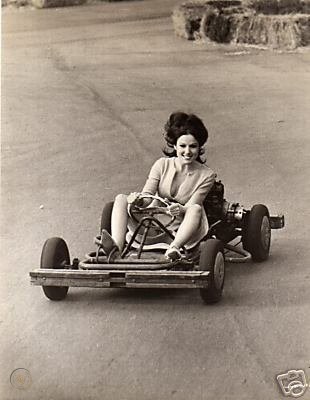
Paula Prentiss in What's new pussycat?
Popular culture embrace the phenomenon, as well.
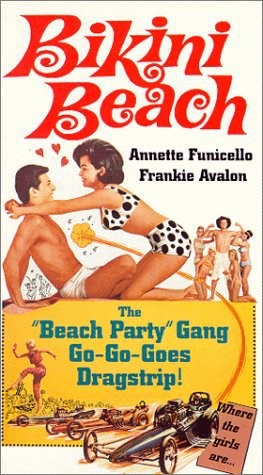
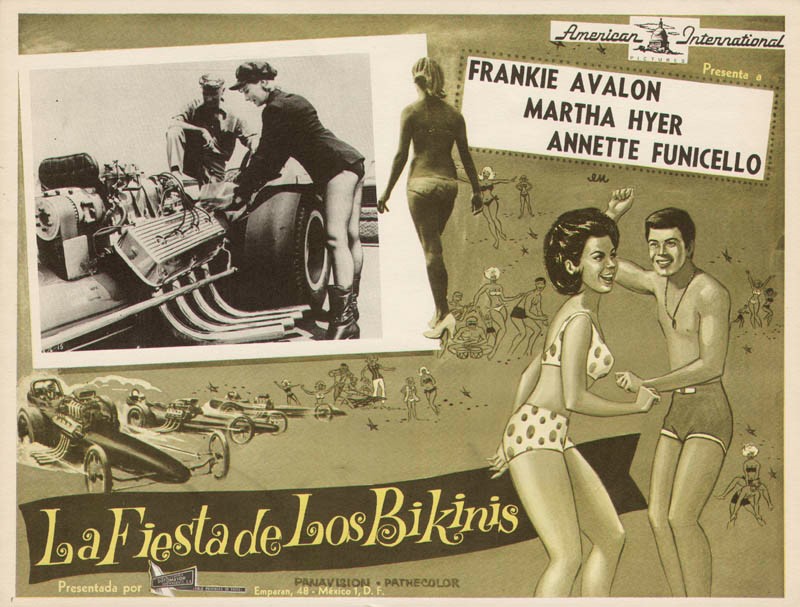
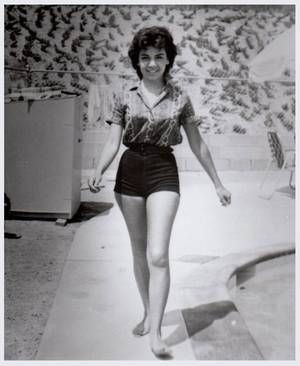
Annette Funicello.
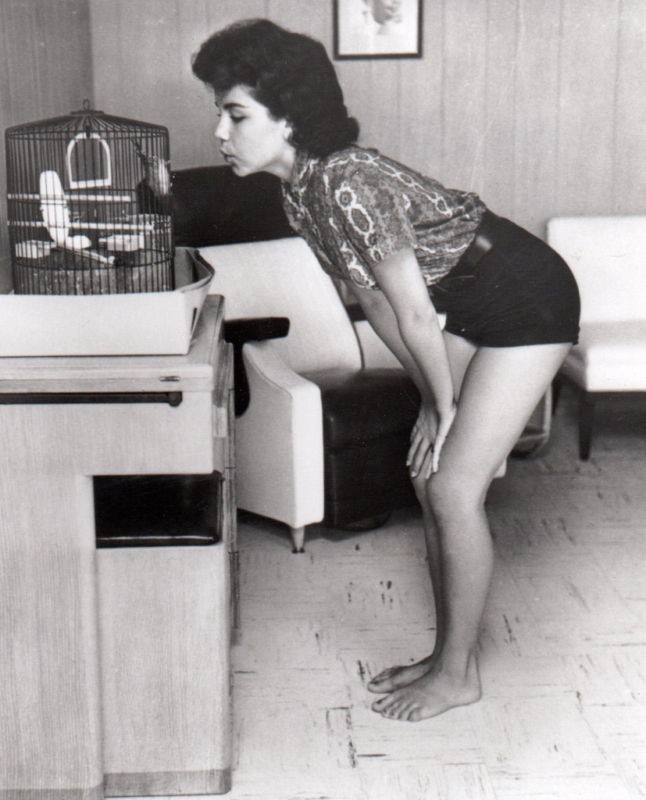
Annette Funicello.
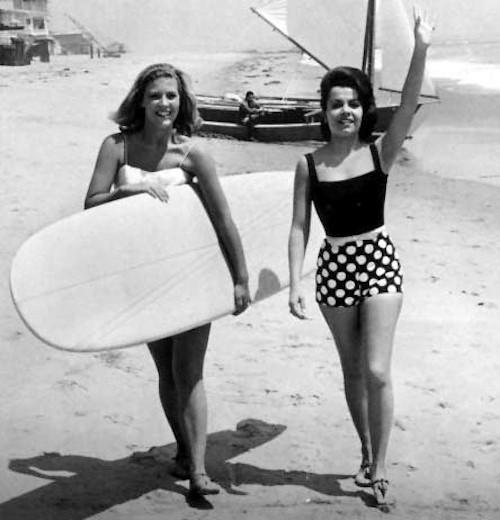
Meredith MacRae and Annette Funicello.
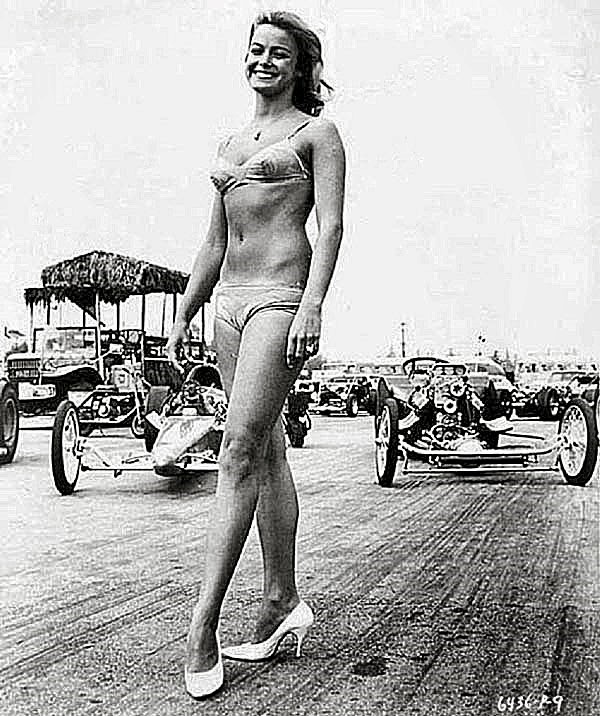
Patti Chandler captured in Panavision and Pathécolor.
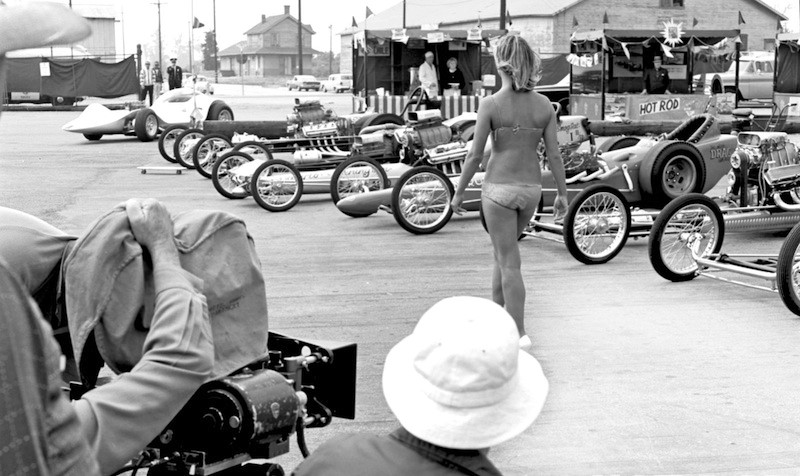
Patti Chandler.
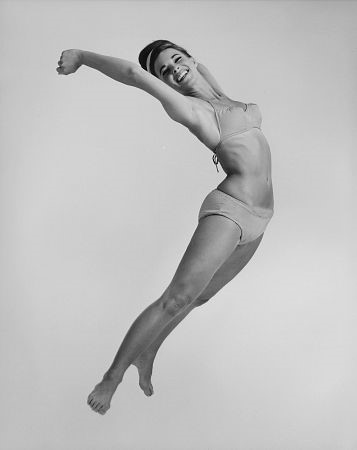
Linda Bent was born on March 30, 1939 in Los Angeles, California, USA as Linda Jean Opie. She is an actress, known for How to Stuff a Wild Bikini (1965), Bikini Beach (1964) and Pajama Party (1964).
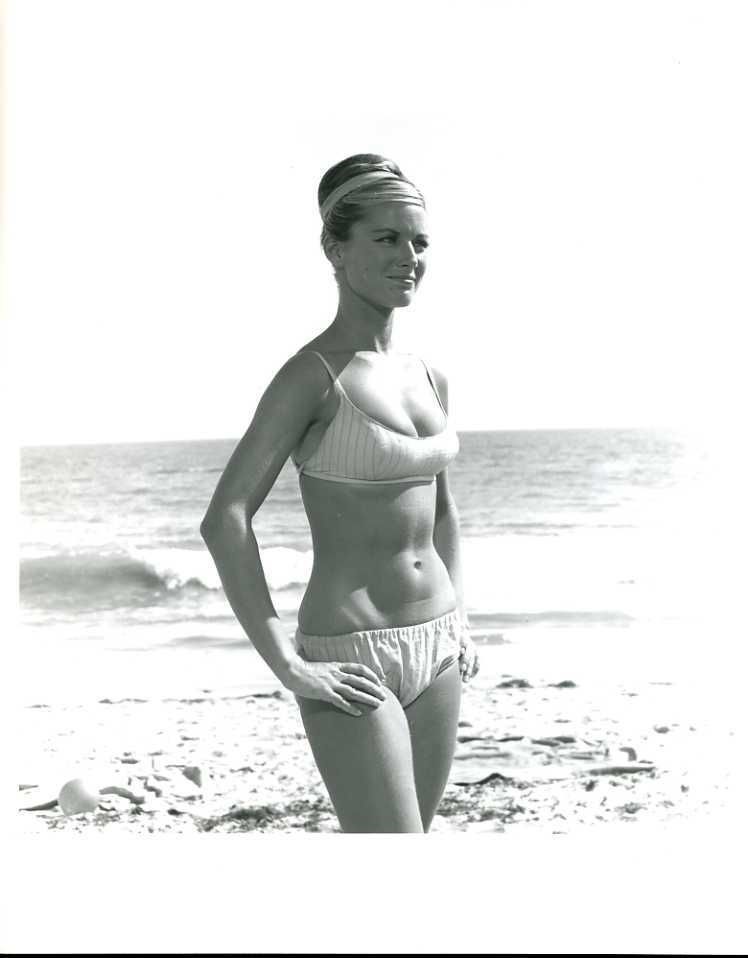
Linda Bent.
Karts appeared in movies, like Bikini Beach, starring Frankie Avalon and Annette Funicello.
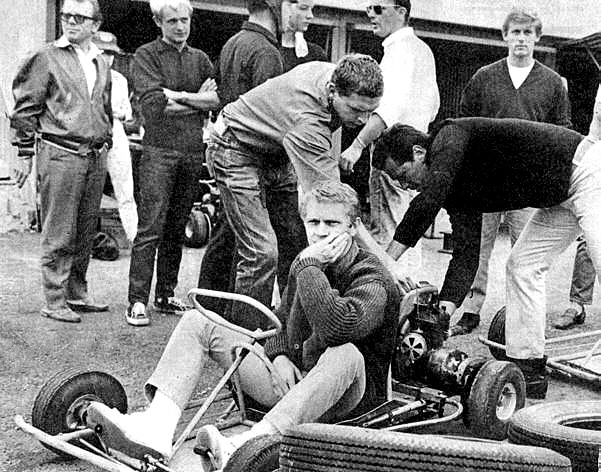
Steve McQueen.
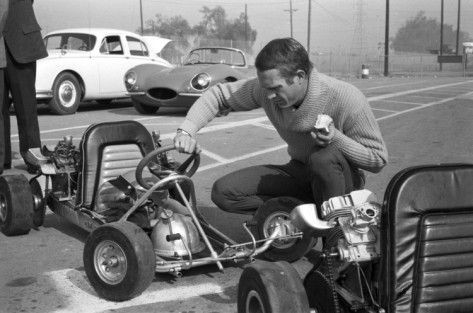
Steve McQueen.
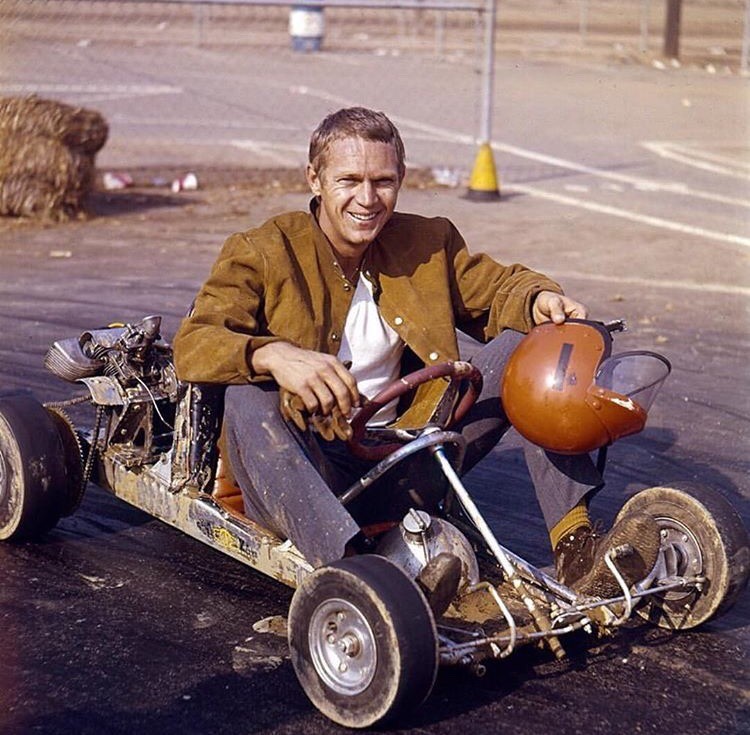
The king of cool on a 1961 Ala-Kart go kart built in Whittier, CA.
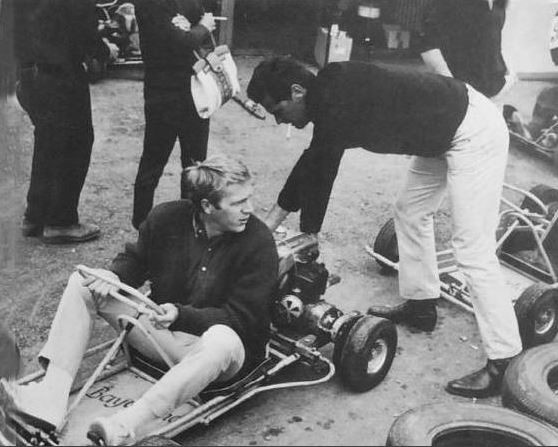
Steve McQueen.
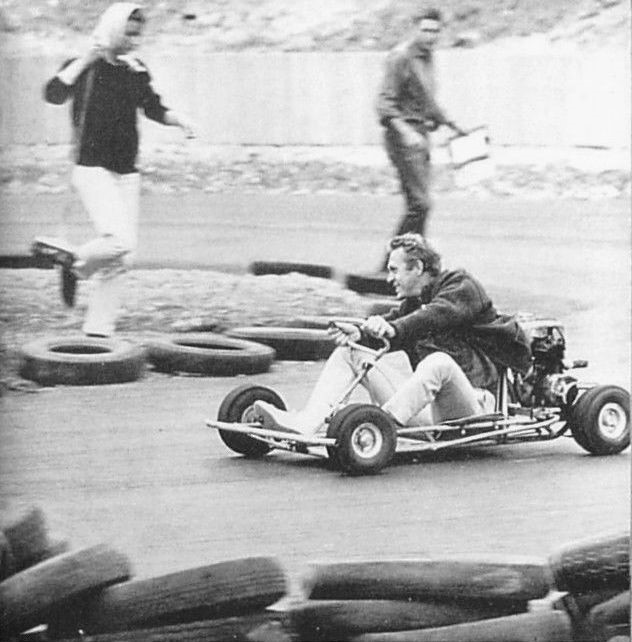
Steve McQueen.
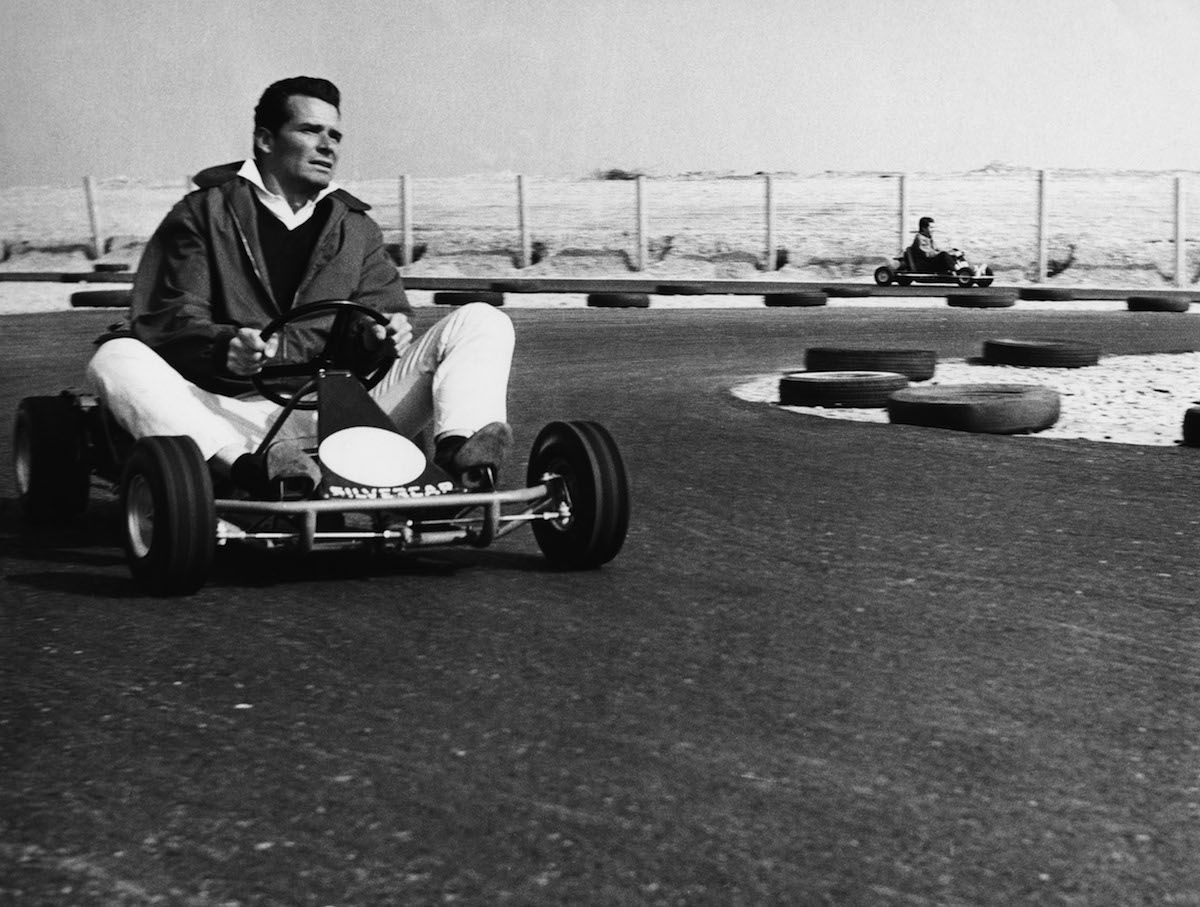
James Garner driving a go-kart is cooler than most dudes in a Corvette.
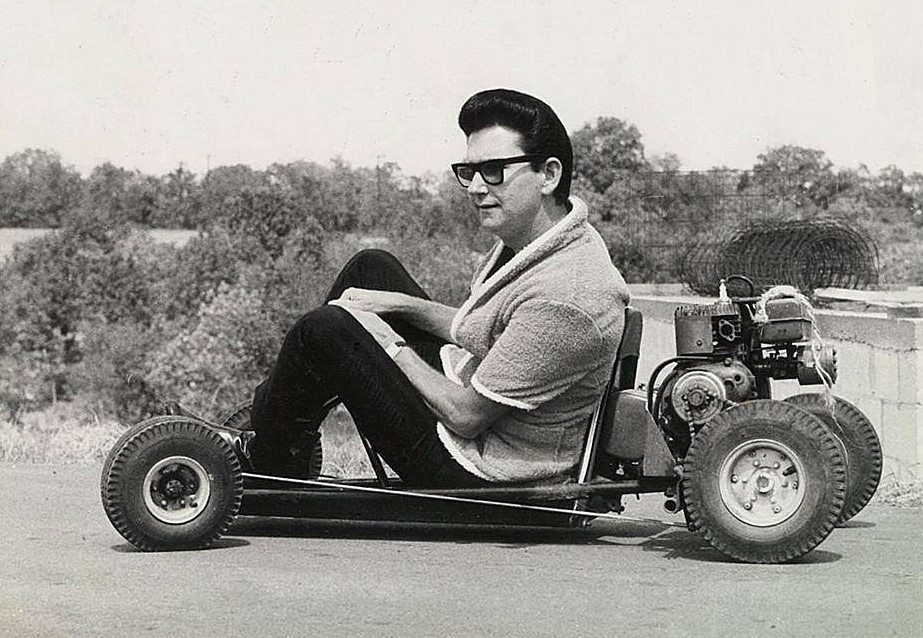
Roy Orbison go-karting in the 60's.
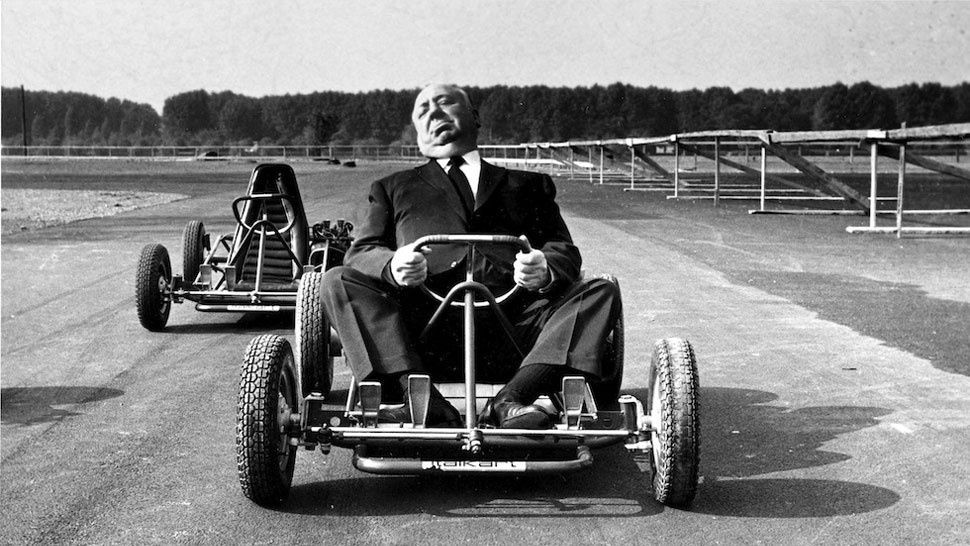
Alfred Hitchcock in a go-kart.
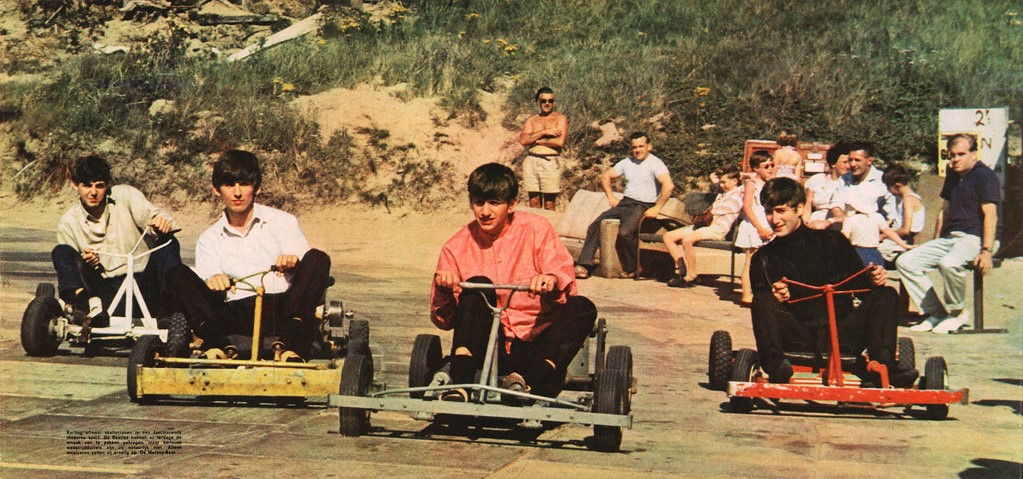
The Beatles at Brean Beach, July 1963. Photo by Dezo Hoffmann.
Other celebrities caught behind the wheel of a kart included Steve McQueen, James Garner, Roy Orbison, director Alfred Hitchcock, even The Beatles.
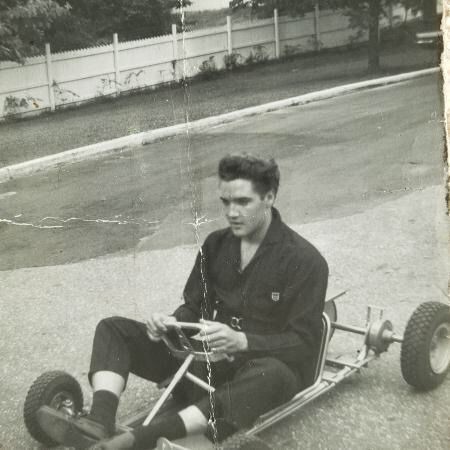
This is Elvis Presley at 1034 Audubon Drive in Memphis, circa March 1957. The photo was a contest-winning candid, sent in to Movieland magazine by Margaret Octavia Wynne.
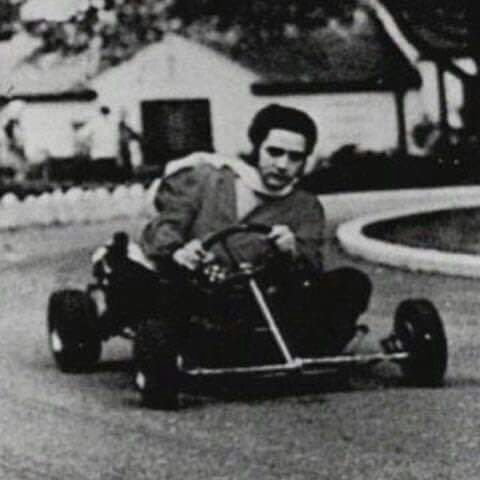
Elvis Presley on a go-cart at Graceland.
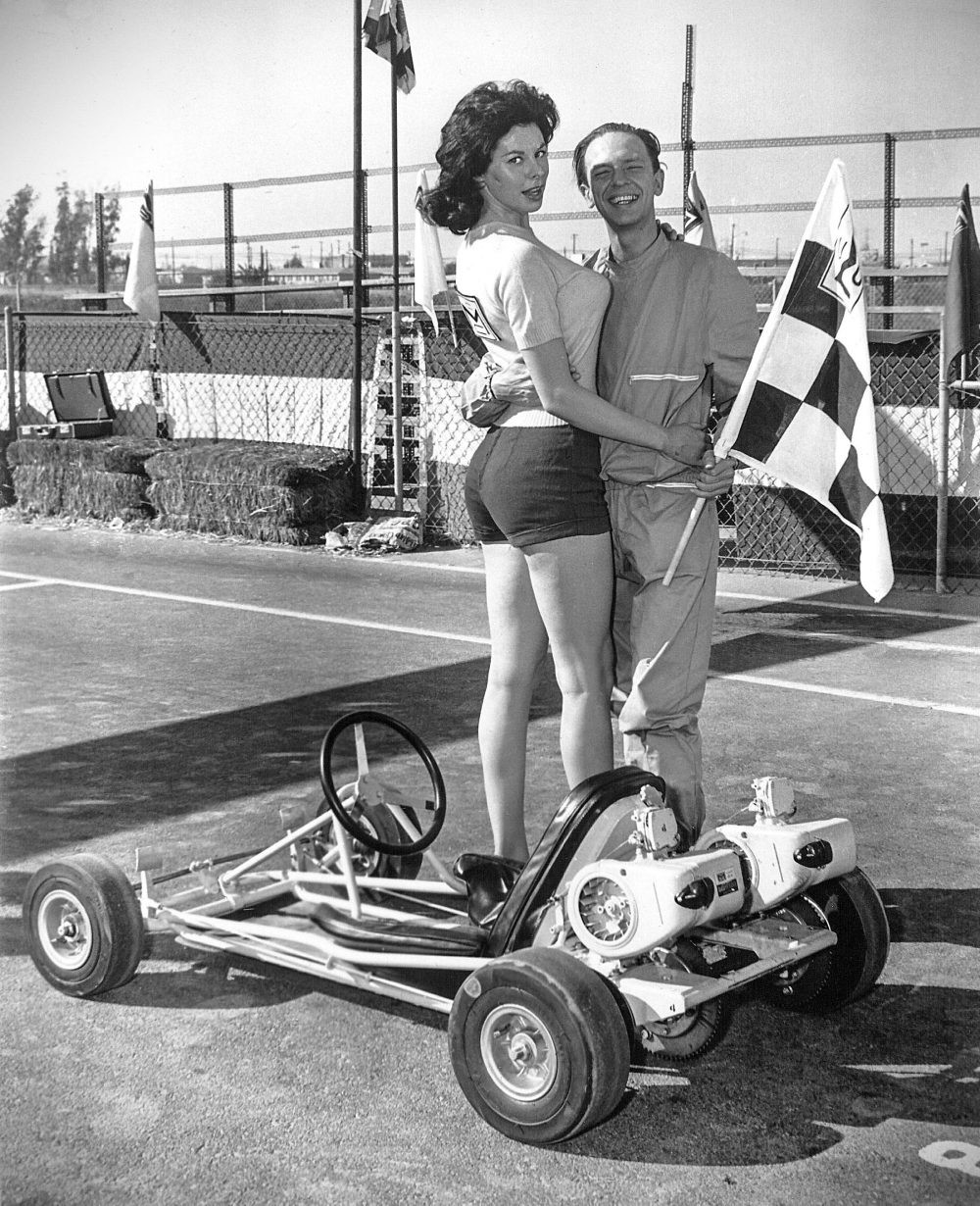
Don Knotts with the trophy girl in victory lane.
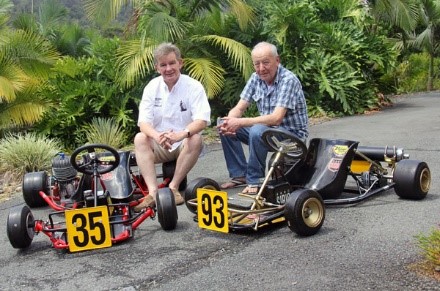
Two of the world’s most iconic men in the sport of karting, Harm Schuurman (left) and Angelo Parrilla (right) with two of Graham Powles' restored karts.
Eventually the “fad” of karting waned though, leaving the sport to develop as a serious form of motorsport.
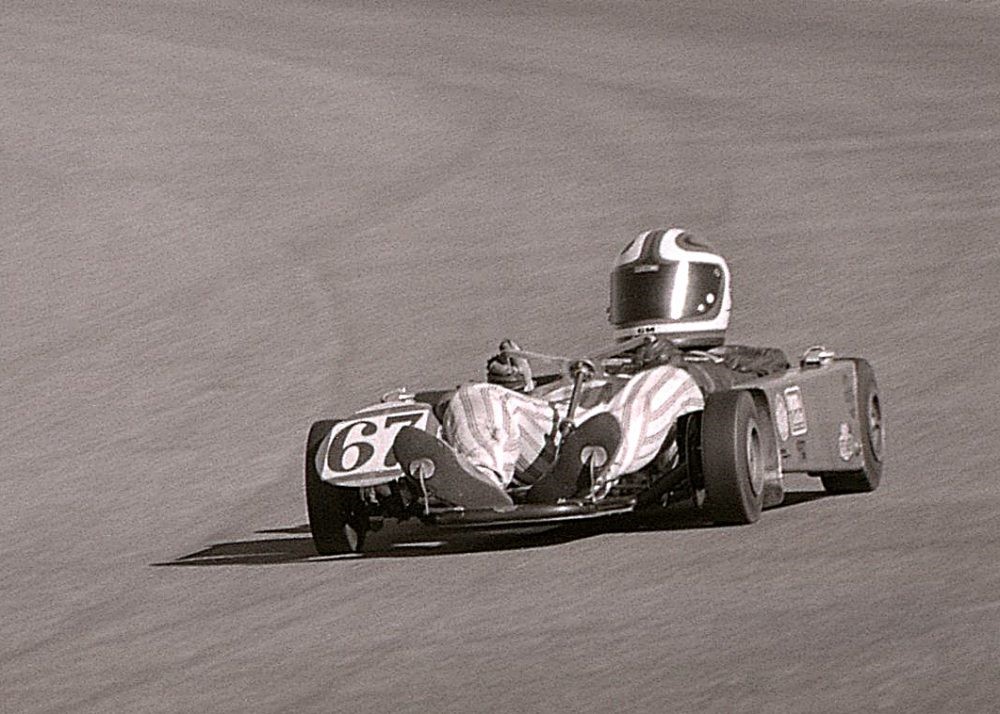
In the U.S., kart racing was first was managed by the Go Kart Club of America and later by the International Kart Federation and World Karting Association. Internationally, karting fell under the domain of the CIK/FIA world governing body, which still oversees competition around the world, including the World Karting Championships. In the U.S., the IKF, WKA and SKUSA (SuperKarts USA) call the shots.
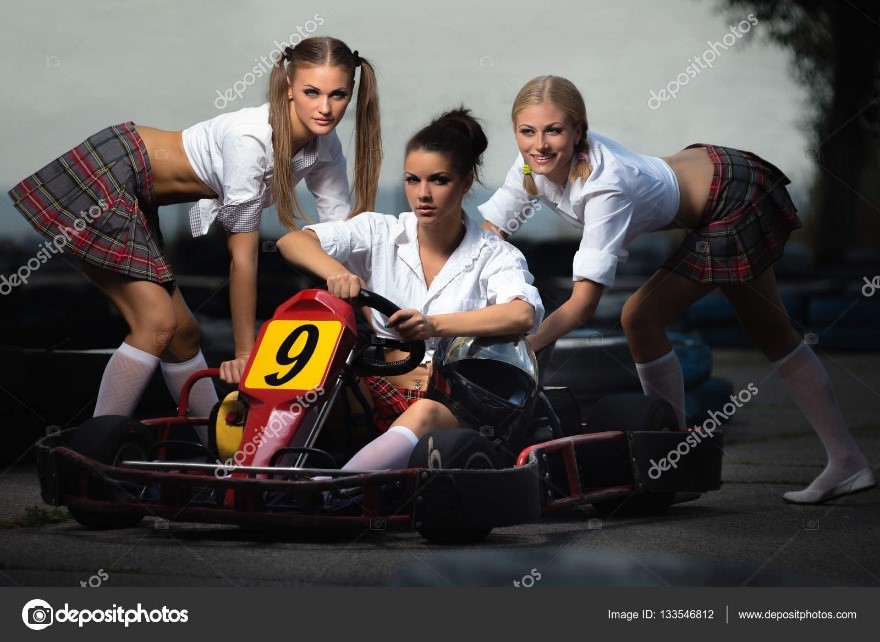
Girls play in karting. Stock Photos.
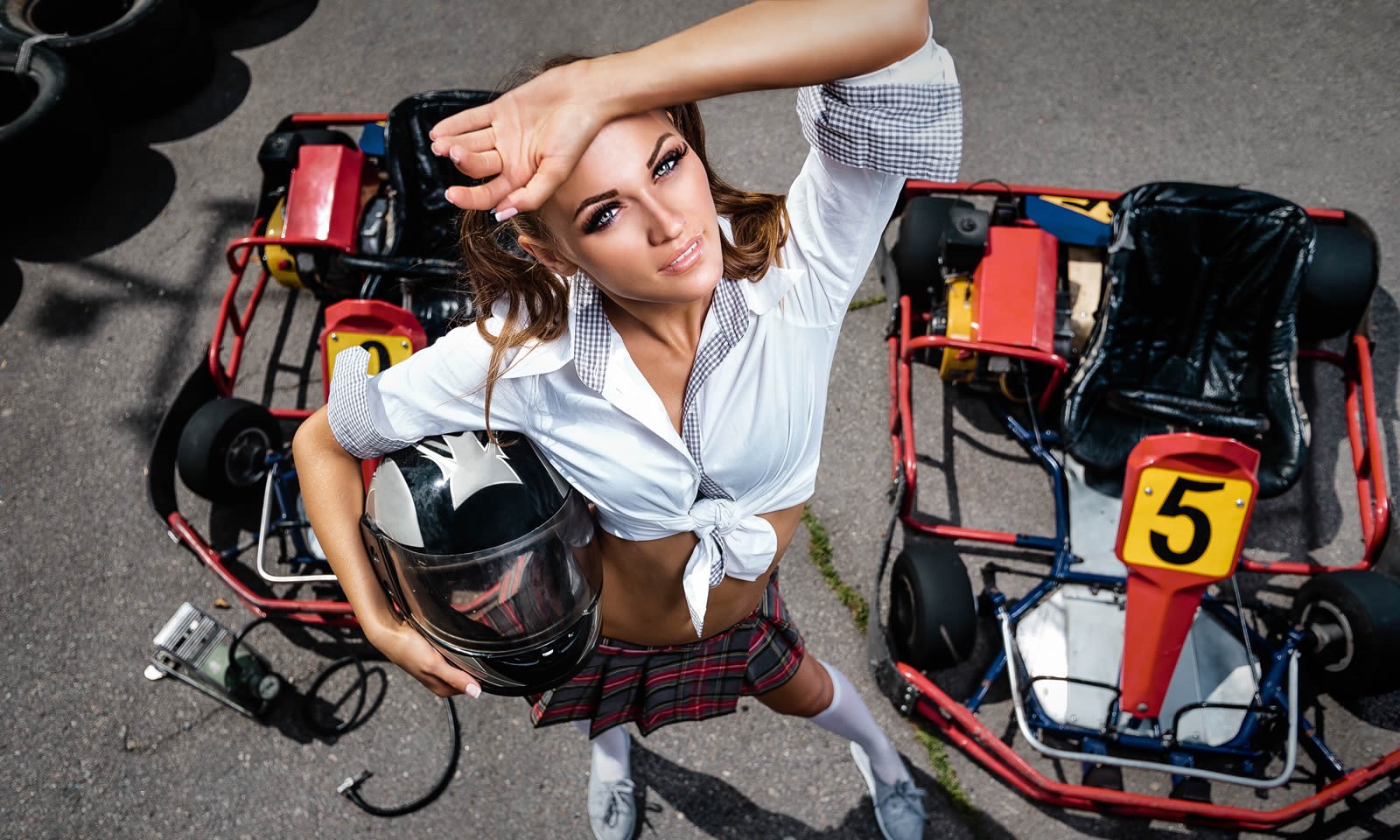
Go-kart girl.
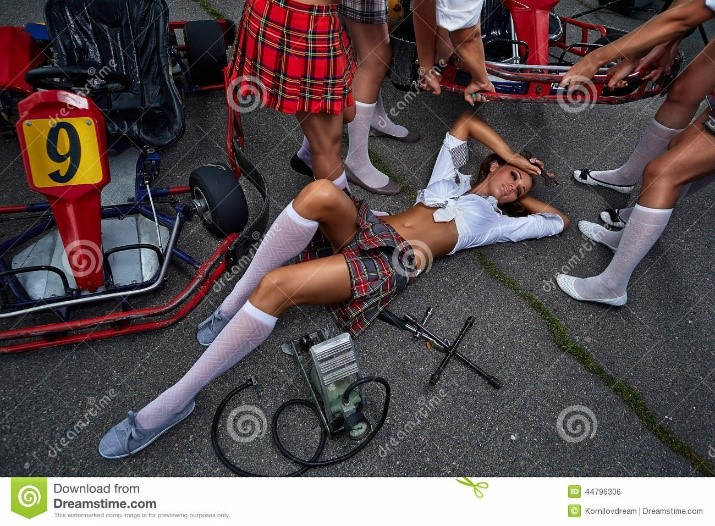
Go-kart girl repairing auto.
While they are small relative to so-called full-size racing, you’ll need quite the large set of skills to build tune and drive a go-kart successfully. Race craft, passing technique and car control can all be developed in karts, thanks to quick steering, direct feedback and hours and hours of affordable seat time and as such the competition among future F1 champs is extremely high today.
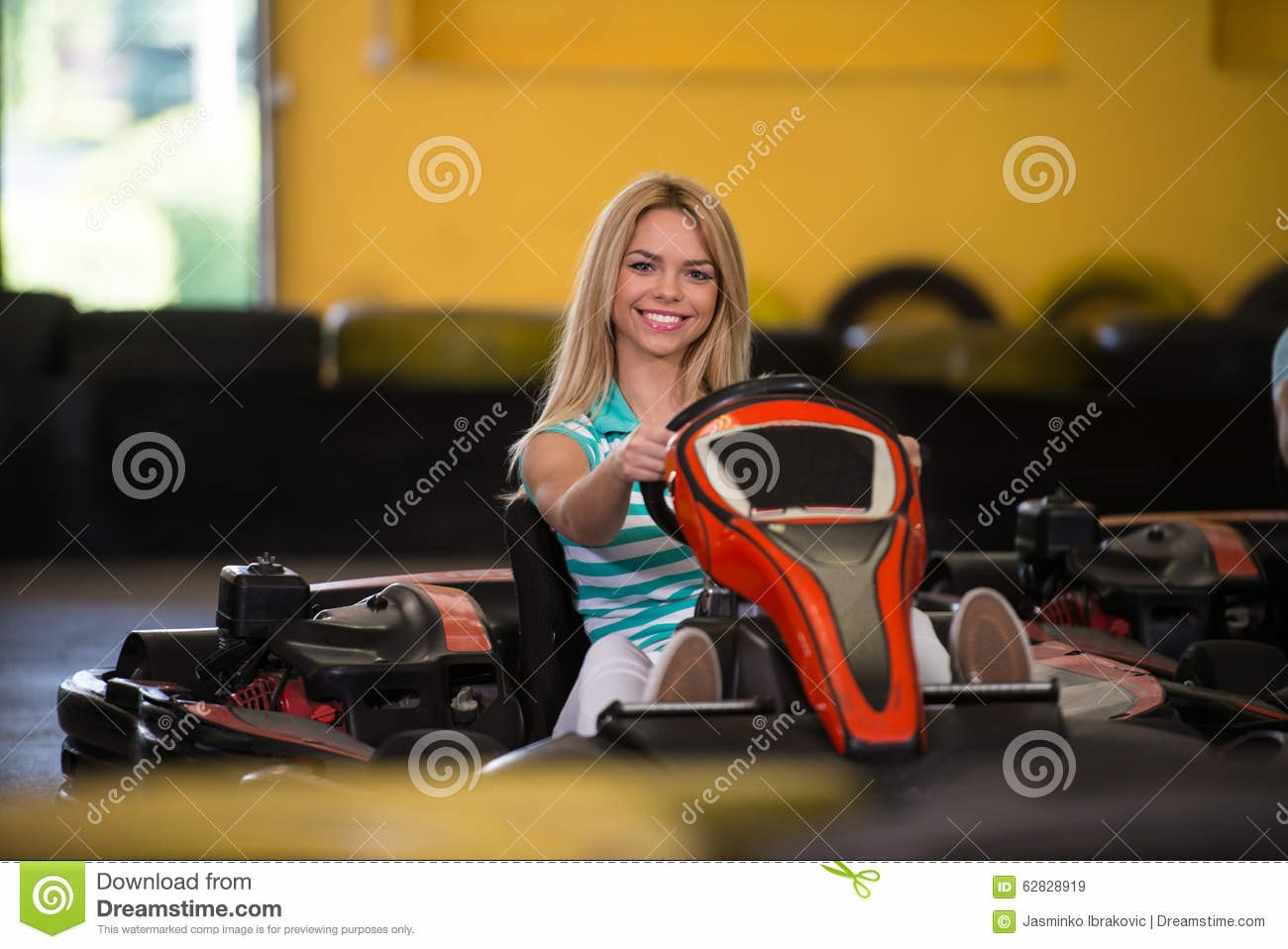
Girl on a go-kart.
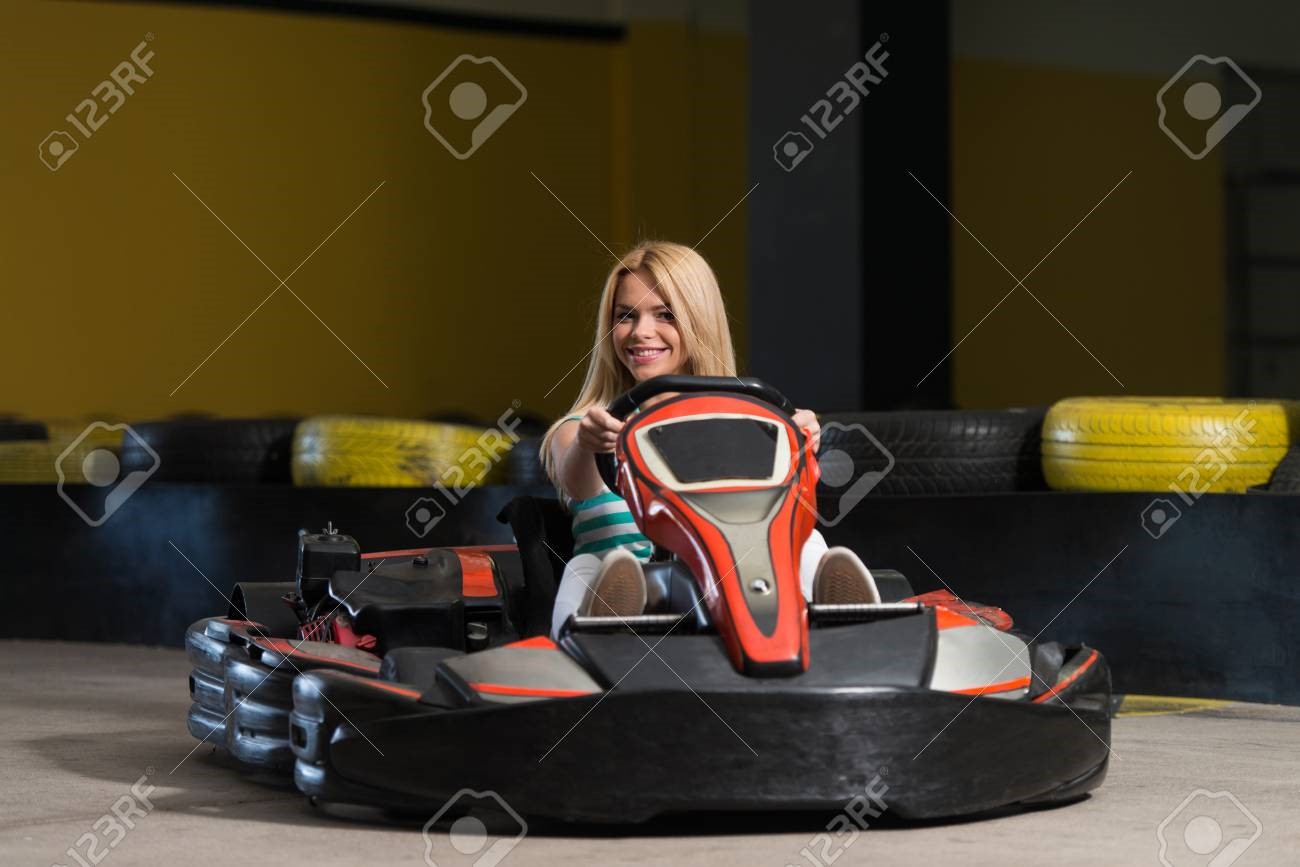
Girl on a go-kart.
But it all began six decades ago on a side street in a suburb in southern California, when an Indy car artisan whipped up a small four-wheeled diversion.
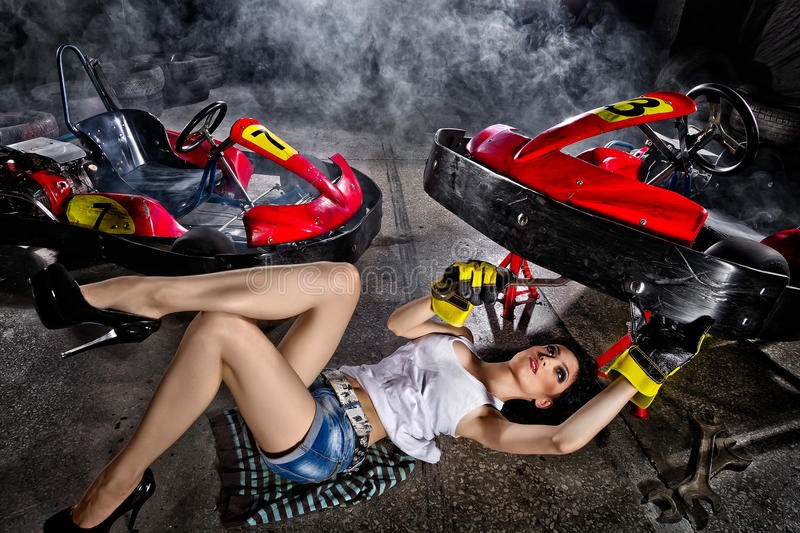
Girl at the garage next to the go-kart in smoke.

Sexy blonde girl and a go-kart.
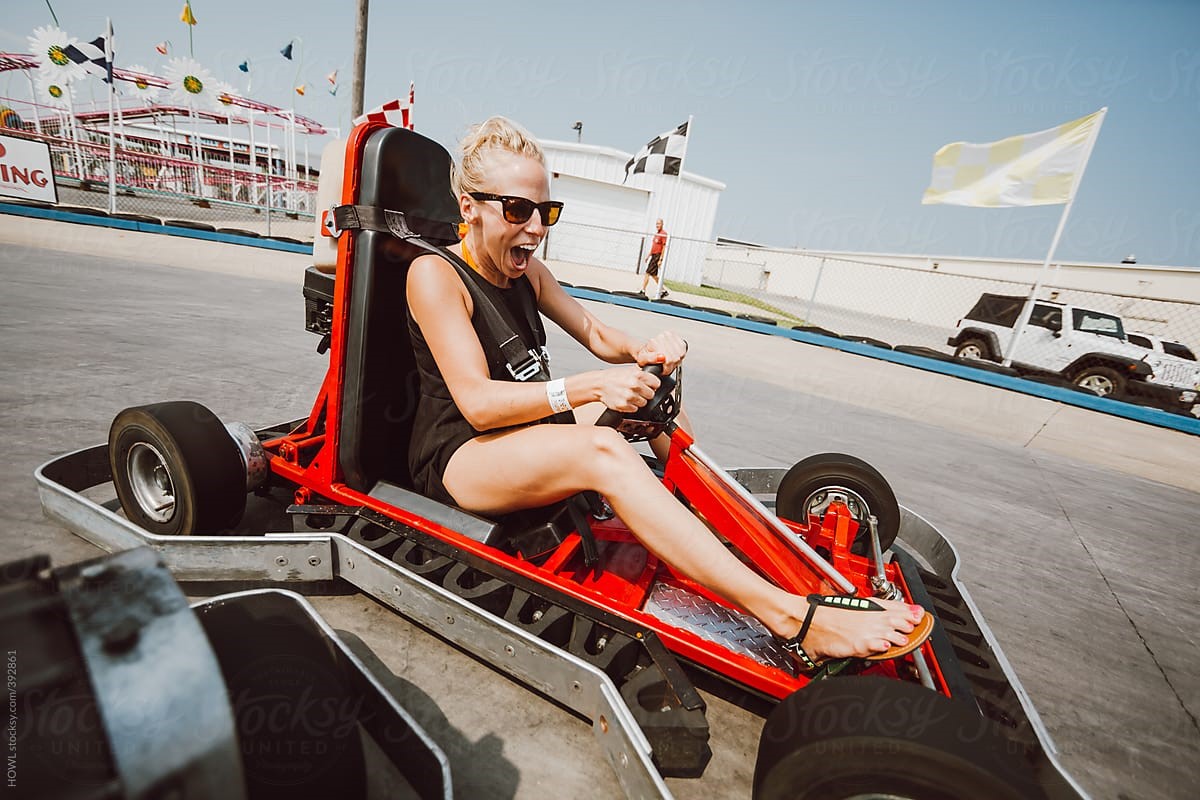
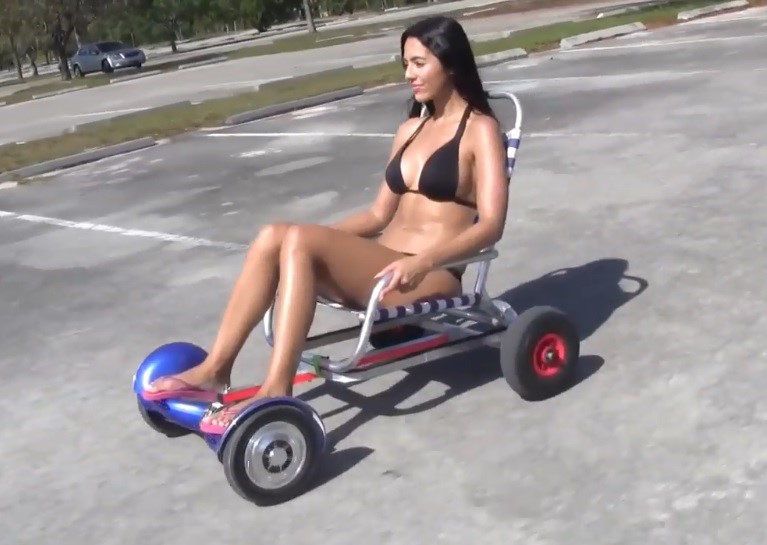
This girl turned her hoverboard into a kart.
The world of motorsports hasn’t been the same since.
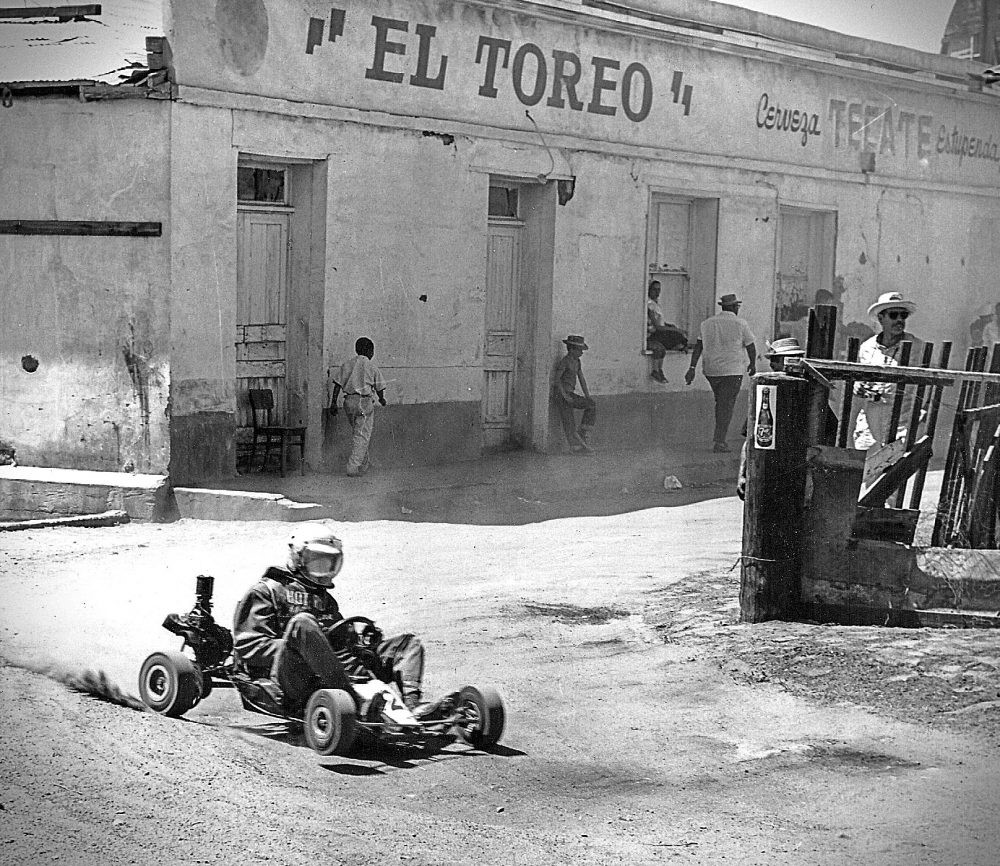
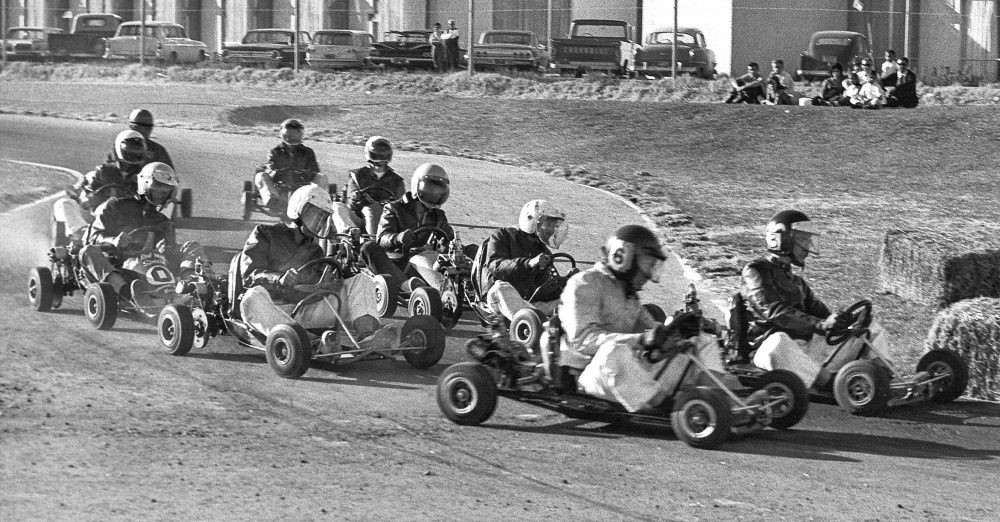
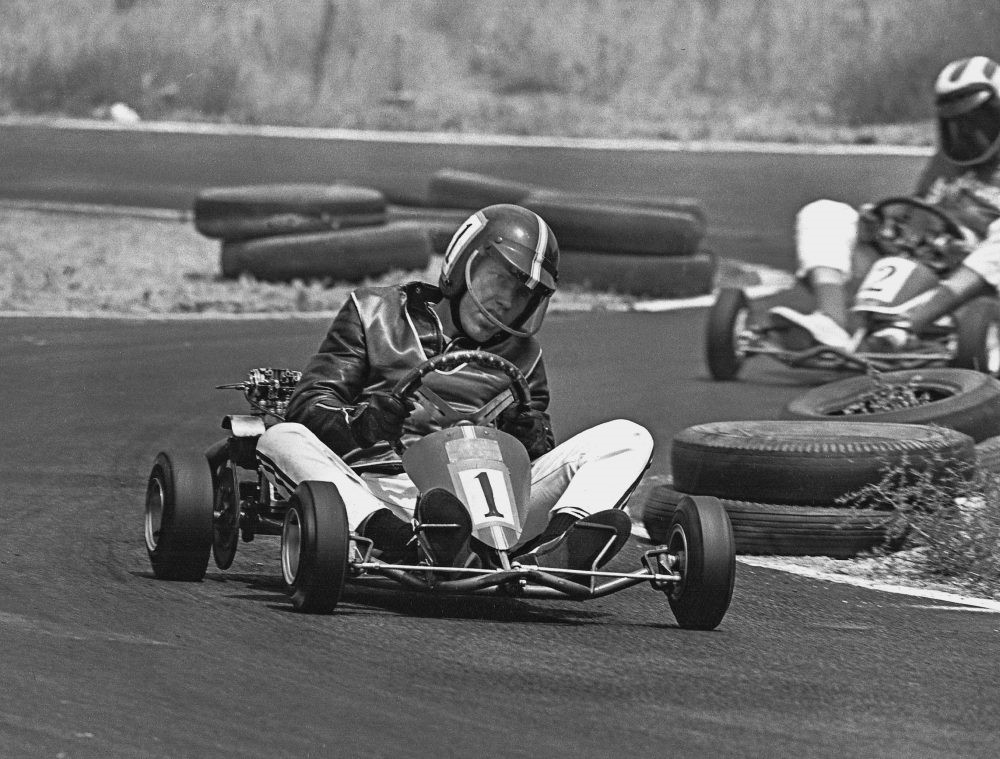
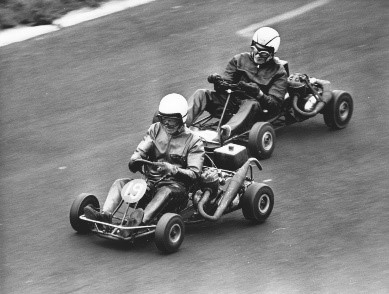
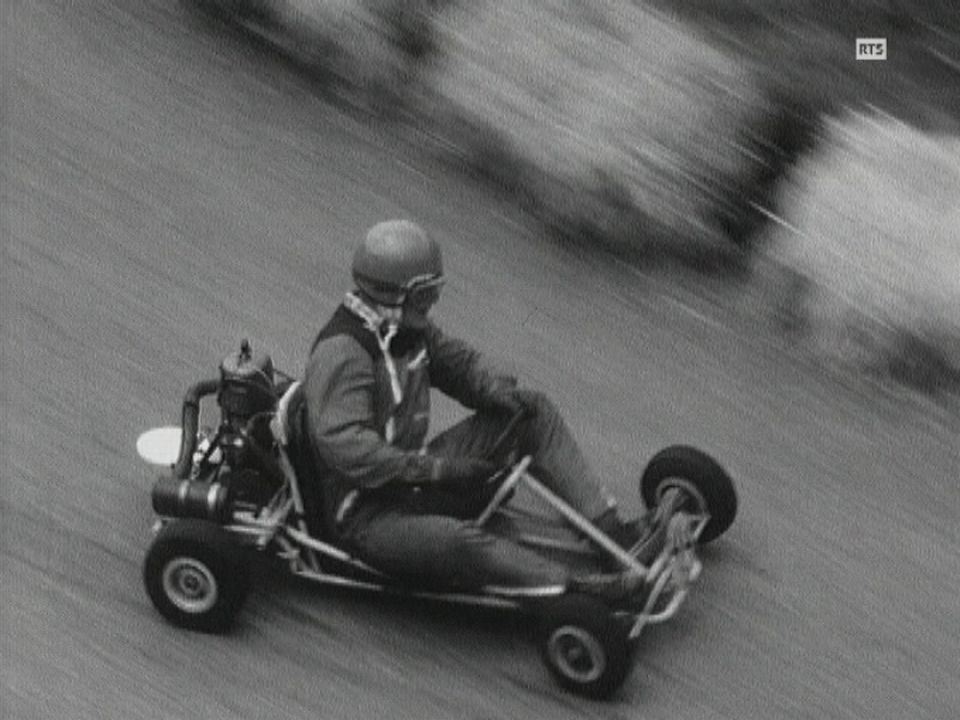
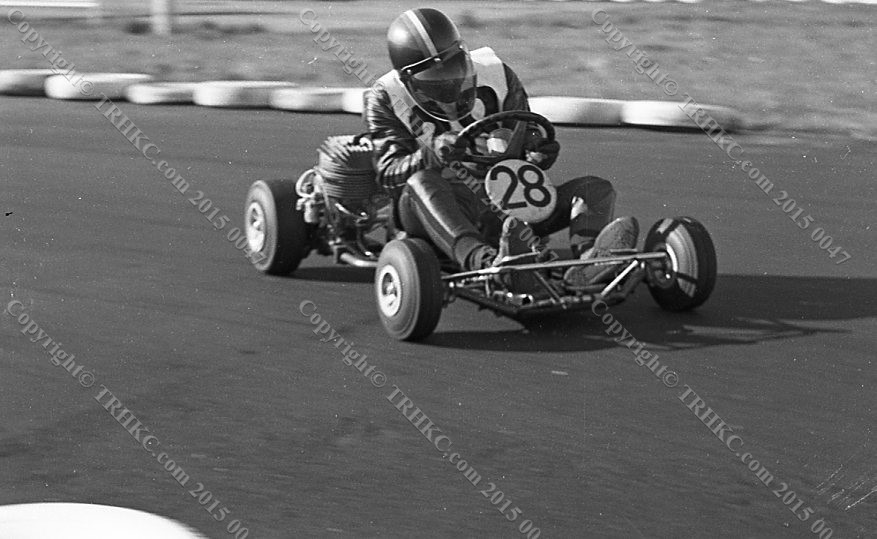
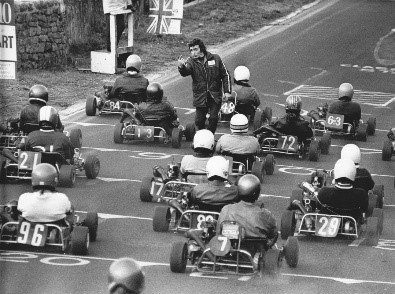
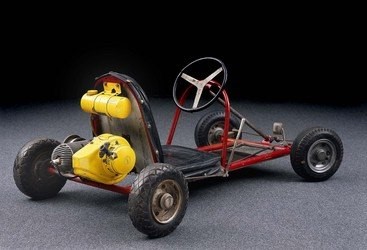
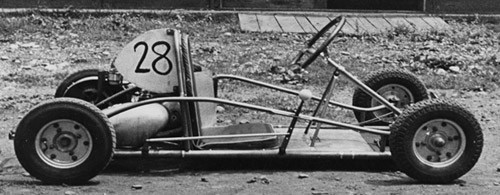
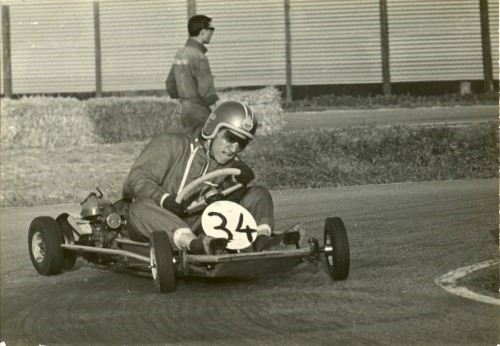
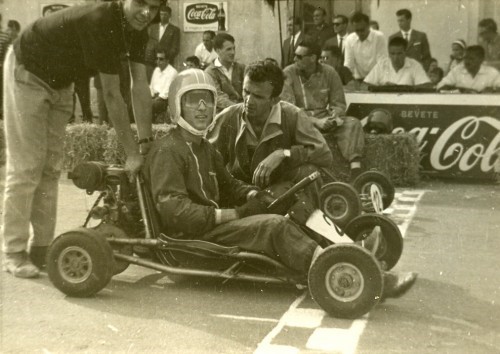
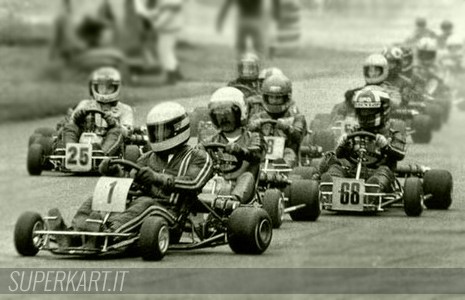
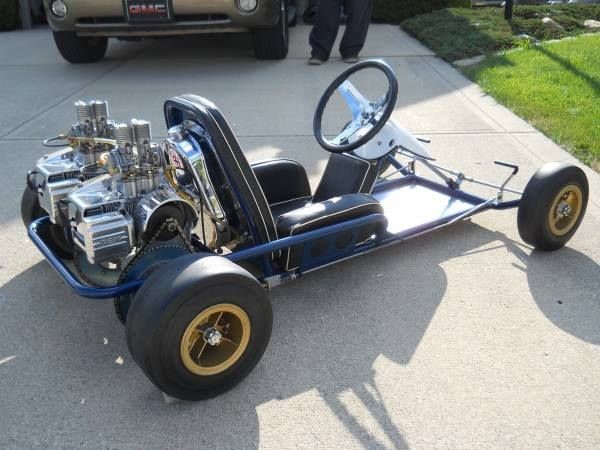
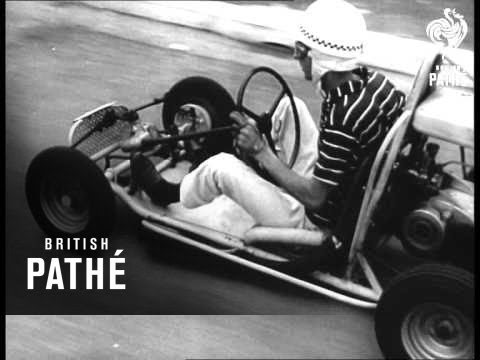

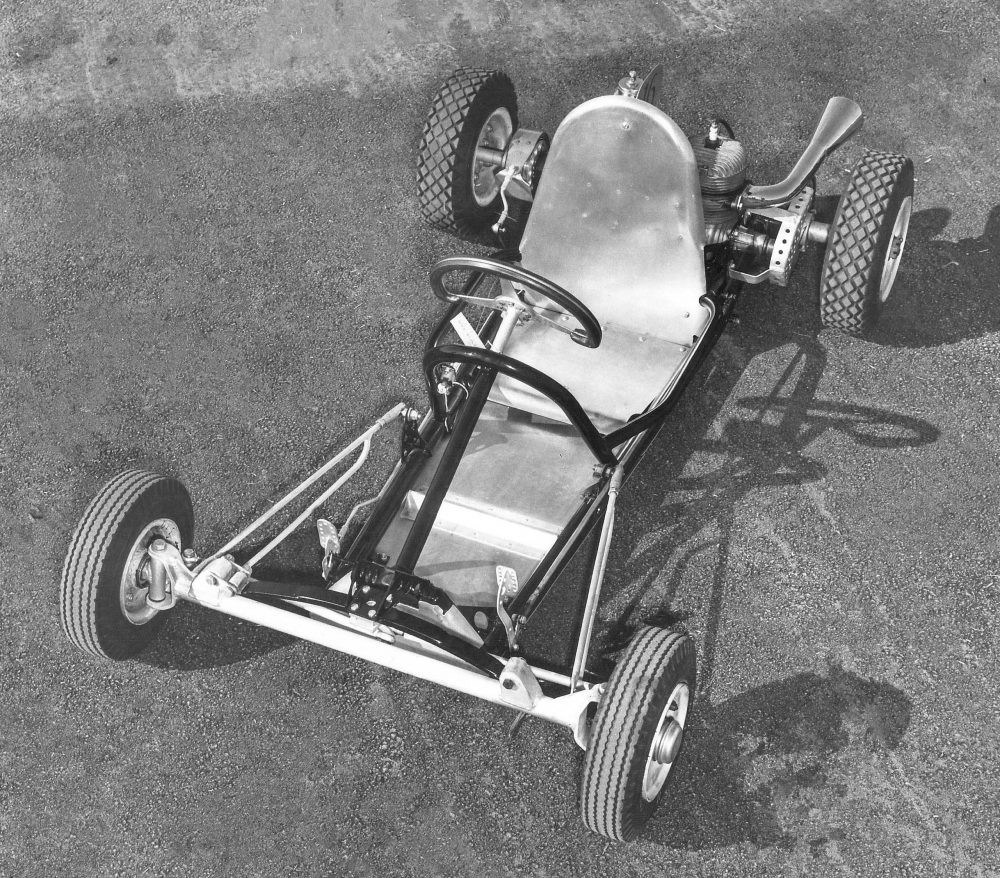
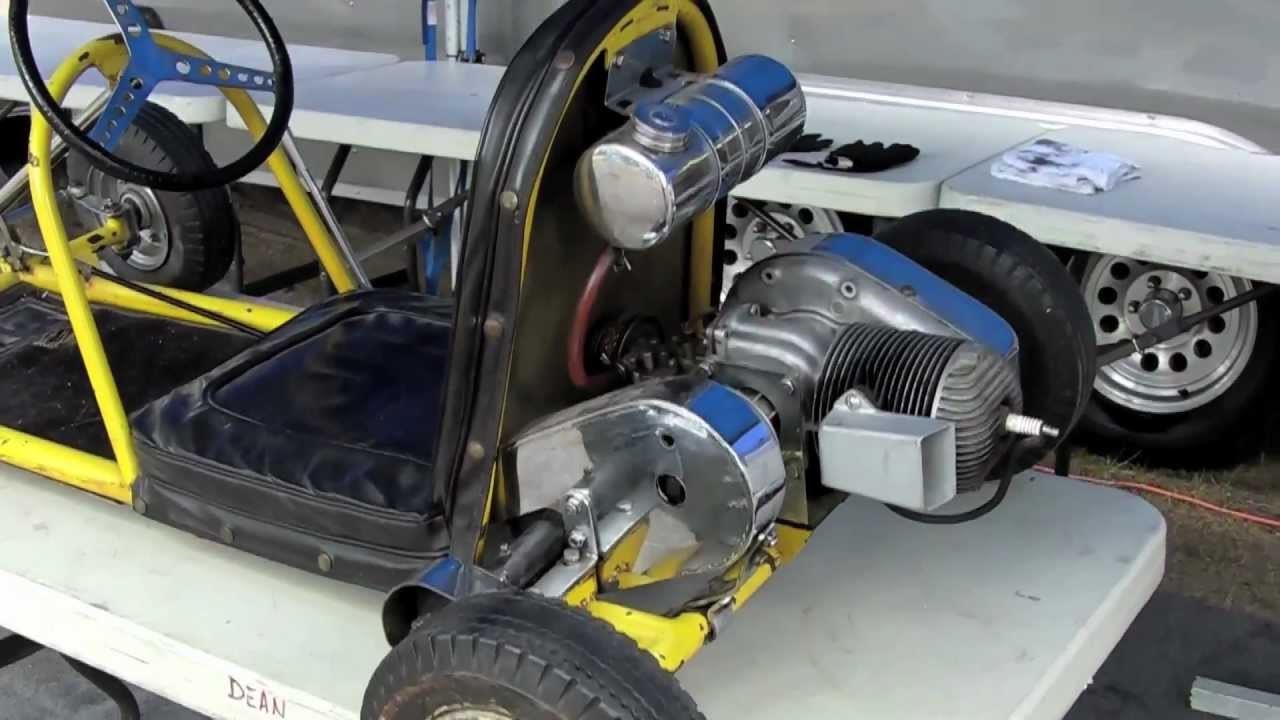
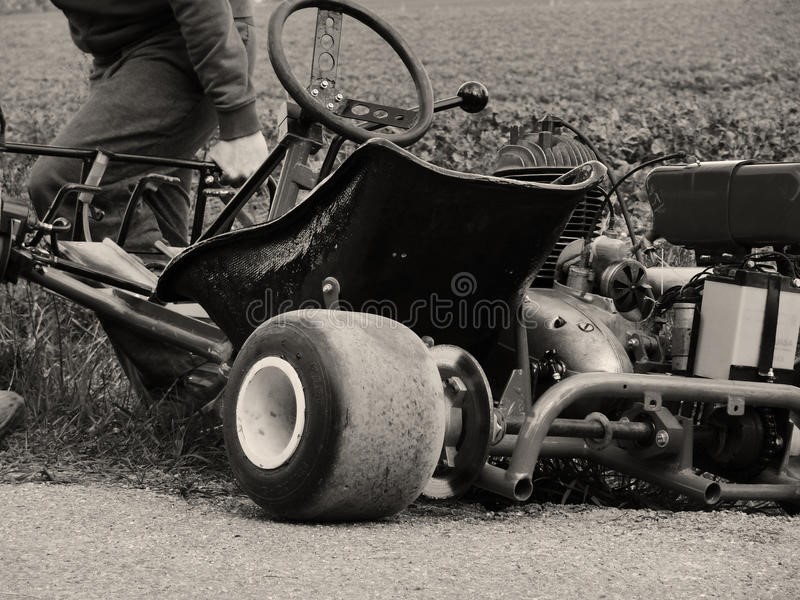
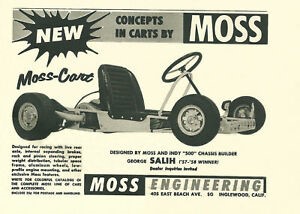

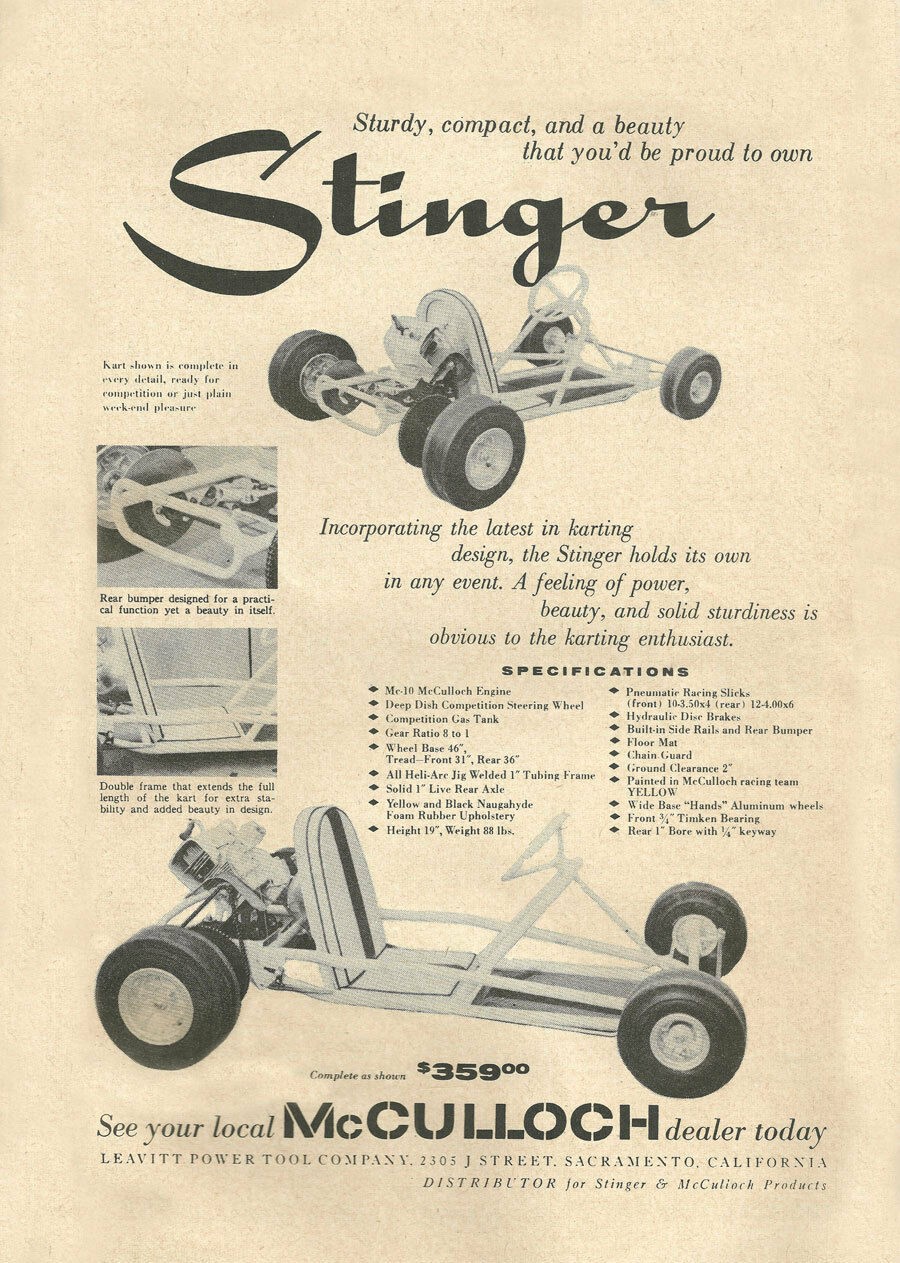
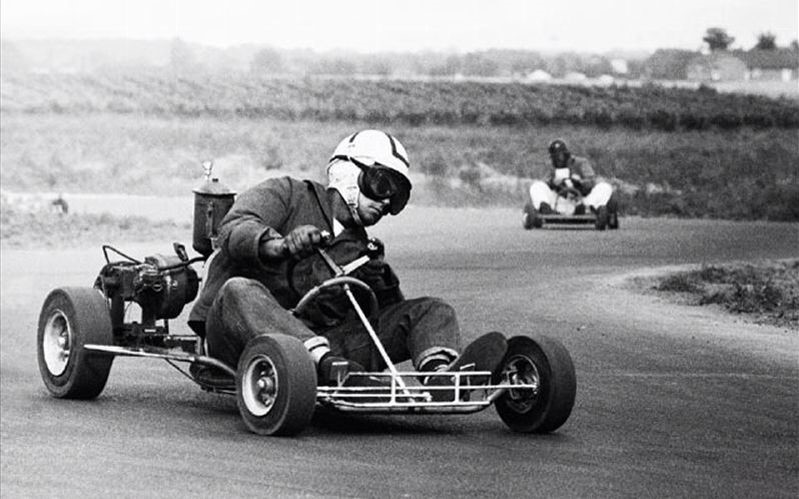
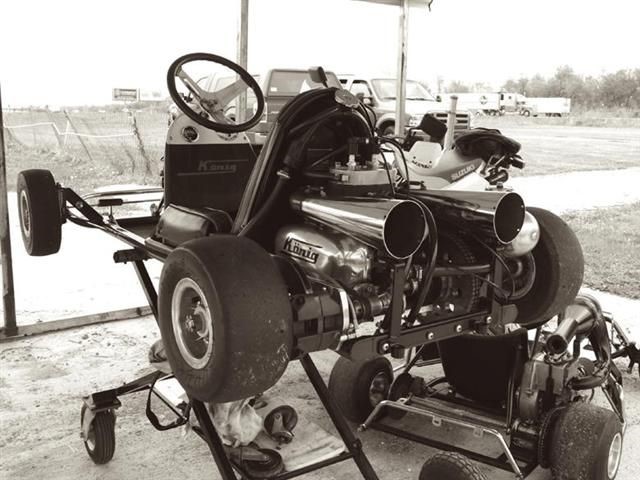
Ayrton Senna, “the boy who would be king”. March 27, 2016. By René Fagnan.
On the week where Senna would have turned 56, Karting magazine pay tribute to the legend himself by looking back at his illustrious karting career. Includes a full career timeline from karts to F1 and a look back at a battle with Prost in karts in 1993.
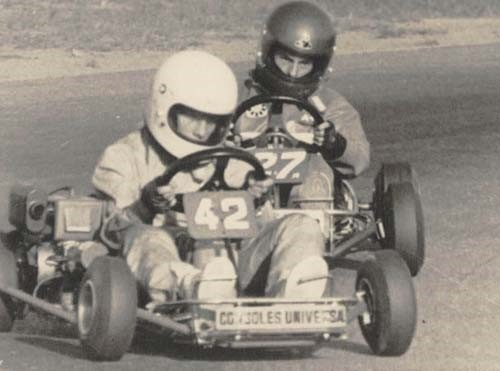
Three-time Formula 1 World Champion Ayrton Senna first tasted the thrills of speed in a kart. The year was 1978 when the Brazilian took part in his first world championship after wasting little time dominating in his home country.
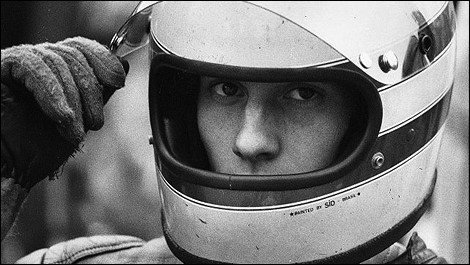
Ayrton Senna. Photo by Lionel Froissart.
René Fagnan talked to French journalist Lionel Froissart, who writes for Paris daily newspaper Liberation, about Senna’s karting career. Back in the late 1970s, Froissart was both a reporter and kart racer. He soon got acquainted with Senna.
“Our first meeting took place in September 1978 at the Le Mans karting track during the Inter 100 cc world championship,” Froissart remembers.
“I had never heard of him before but, during the carburetor tests on early Thursday morning, I spotted his yellow helmet through the cloud of exhaust smoke. I asked myself: ‘who the heck is that guy?’ I went to see him at his DAP stand. He was wearing a big red jacket. You know, being from Brazil, he wasn’t used to the ‘cold’ late-summer days in France. He introduced himself: Ayrton Senna da Silva. Neither of us spoke English very well, but we managed to understand each other.”
Ayrton Senna finished sixth that year but was clearly one of the favourites, according to Froissart. “Senna was very much fighting for the lead,” he says. “Later, we crossed paths again on the tracks. I gave Senna pictures of him and we started to become more familiar with each other. He was an exceptional driver, although not a very accessible one.”
How so?
“Well, I could approach other drivers, guys I knew pretty well like Alain Prost, with a gentle pat on the back. However, for some reason, I could not be so friendly with Ayrton. Unconsciously or not, he often erected some sort of psychological wall between himself and the people he talked to. Yet, at the same time, he had that magnetic appeal and a real aura around him. Race car driver or not, that wouldn’t have changed.”
“Senna was phenomenal on the track, whether in a kart or in a car. He showed an interest in engines and mechanics, but his true passion was driving to the absolute limit,” Froissart adds.
“Senna was used to control his entire driving environment during his karting days, so when he moved to auto racing, he had a tough time relying on a crew.”
“I mean, the guy let the team make changes to his car, but he always wanted to know exactly why. He demanded an explanation every time the engineers tweaked a wing angle, the turbo, the gear ratios and so on. Senna didn’t need to be made aware of the changes; he immediately felt them while driving.”
Lionel Froissart continued to follow Ayrton Senna throughout his Formula 1 years.
“While Senna had a keen sense of what was right and wrong about his car, he wasn’t the best at setting up his machine,” Froissart confesses.
“Unlike Prost, who could not tolerate anything but a perfect car, Senna could live with a few handling issues, because his immense talent made up for the machine’s shortcomings. Of course, that led to some incidents during his career, like when Senna and Prost both raced equal cars for McLaren.”
“When Senna debuted in F1, with the Toleman and Lotus, his driving style was very rough and brutal. Over time, he became much smoother and more fluid. He loved the black Lotus and its ultra-powerful turbocharged Renault engine, which delivered around 1200 bhp. The car had flaws, but it fitted him like a glove,” Froissart concludes.
Senna vs Prost, karting at Paris Bercy, 1993
One of the greatest rivalries in the history of motorsport but it was at a kart race at Paris Bercy in 1993, where Senna and Prost were battling for the ultimate bragging rights. The two-day event was organized by Philippe Streiff who was wheelchair-bound after a pre-season F1 testing accident in Brazil in 1989. The event pitched 60 drivers against each over, with over 10 from F1. Of those, two of the greatest names in motorsport were there to settle old scores. Senna and Prost were both part of three-man teams, with an F1 driver in each team with two up and coming kart racers. In the final, Senna was catching up with leader de Cesaris but Senna’s kart suffered mechanical problems, leaving the opportunity for Prost to pounce. Prost duly took the lead and won the race. Senna, as you can imagine, was furious.
Source: kartingmagazine.com
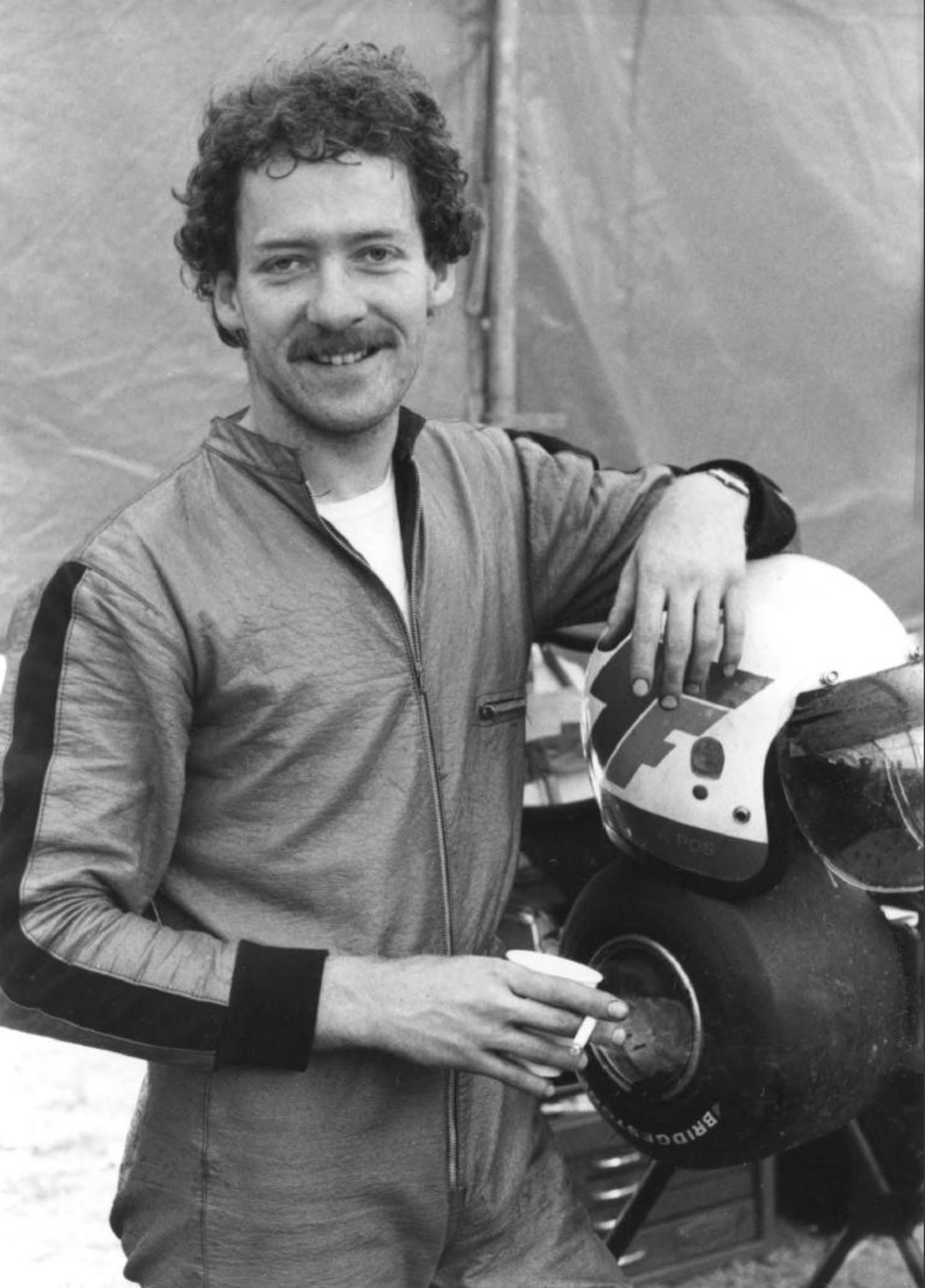
Terry Fullerton.
The man who beat Senna. The F1 legend would go on to call Terry Fullerton his favorite competitor. By Mike Duff. October 11, 2021.
These days, karting is an intermediate step for aspirational drivers; the brightest move into cars by just age 14. But it’s not long since some of the world’s best drivers never left karting at all.
Terry Fullerton was one. His name isn’t familiar outside karting circles, but the British driver was one of the sport’s preeminent talents in the Seventies. He was world champion in 1973 and became one of a few karting professionals, racing for the Italian DAP team for 11 years. That’s professional as in being paid, but not making bank.
“It was more or less a subsistence-level salary,” Fullerton remembers. “It definitely wasn’t loads of money, but enough to live on. I was getting paid to race and travel around the world doing nice stuff. I went to the Philippines, New Zealand, Australia, Canada. I didn’t want to move into cars, even if I could. My brother had died racing motorbikes and I wasn’t keen on the danger at the time. Plus, I’d have had to beg, steal, or borrow money to get into something like a Formula Ford.”
Fullerton was on top of his game in 1978 when he got a new teammate, a 17-year-old Brazilian from an affluent family who had moved to Europe in search of tougher competition. His name was Ayrton Senna.
“He seemed quiet and introspective, but there was a flash in his eyes. You could tell he was a bright kid,” Fullerton says. “He seemed quite wary of me.”
As Fullerton was 25 and generally acknowledged as the world’s best kart racer, Senna’s reticence wasn’t surprising. He also spoke little English at first. The pair communicated in a flurry of rudimentary Italian and sign language.
Senna’s raw speed was never in doubt.
“We’d test, and he’d usually go two- or three-tenths quicker than me — and I wouldn’t expect that in a kid who has just started,” Fullerton says. “But he was about 10 kilograms [22 pounds] lighter than me and, when he went testing, he had no weight on the car. In a race he’d be carrying lead ballast and the difference would be negated. But yeah, he was fast.”
What Senna lacked was race craft.
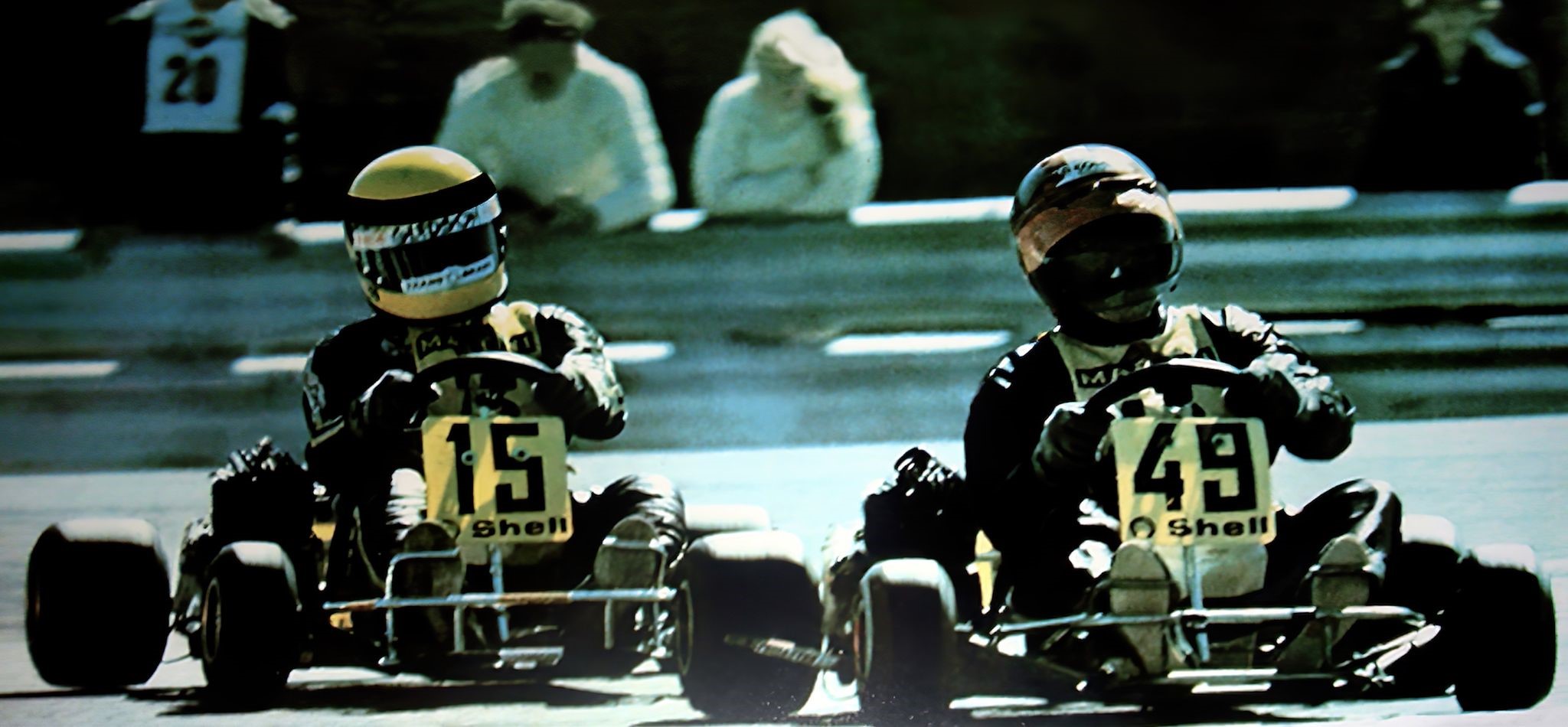
Their relationship was sometimes acrimonious but Senna, here following Fullerton, would eventually look back on their time racing each other fondly.
“We weren’t friends, but we were friendly. I was an adult and he was like a kid. But he was very charismatic and very likable. You could see he was something special even at 17,” Fullerton says.
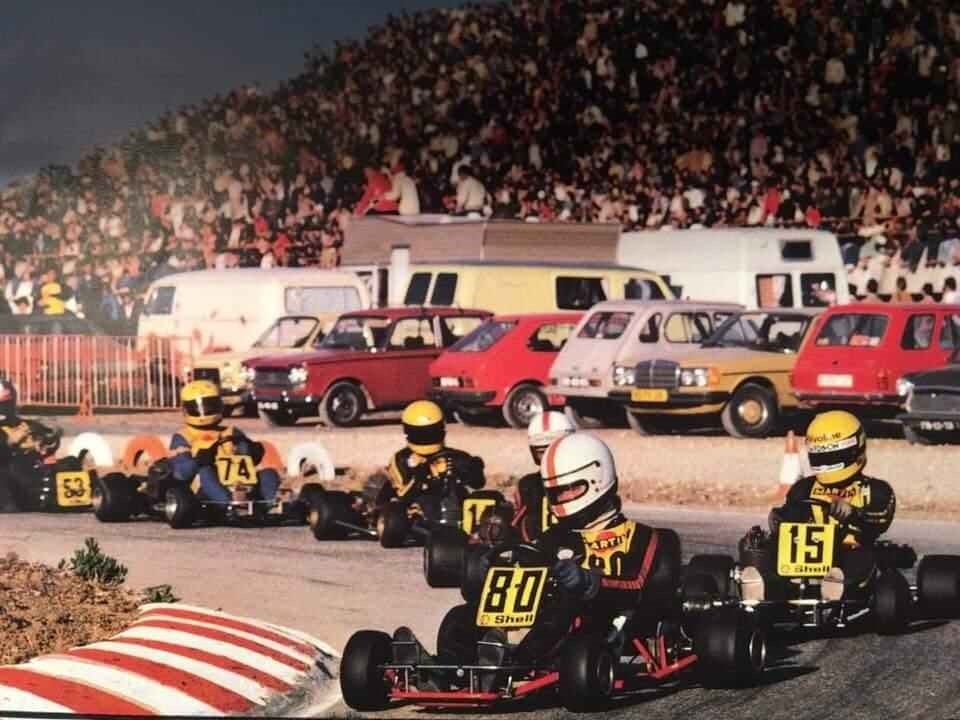
Ayrton Senna at the World Championship in Estoril in 1979. Credit Eduardo Pimenta.
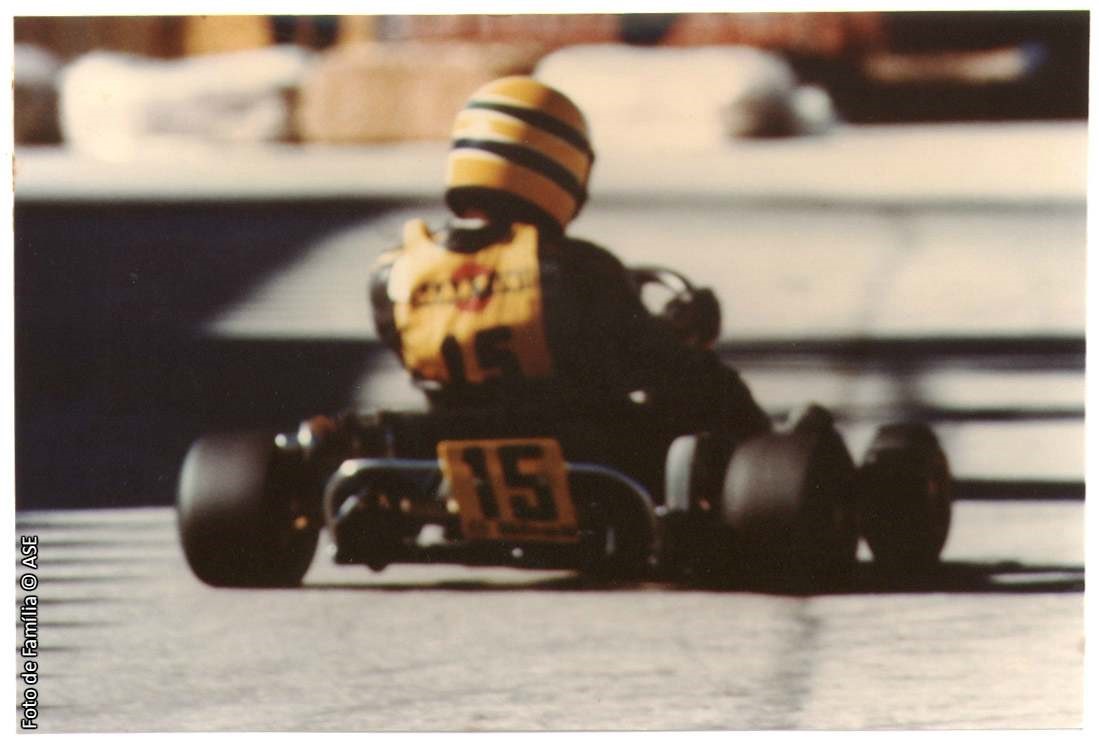
Ayrton Senna at the World Championship in Estoril in 1979.
“But, by 1979, he seemed to be getting more frustrated that he wasn’t rising to the top as fast as he’d hoped. I don’t think he’d encountered somebody like me before. And then we had quite a big falling-out in the first race of 1980, the Champions Cup.”
After multiple rounds at the track in Jesolo, Italy, the teammates’ scores were close. Whoever finished higher in the last race would win the cup.
“I knew if I overtook him, I’d win the championship, but he’d led the whole race, he just pissed off at the start,” Fullerton remembers. “I got into second and he was about 100 meters ahead, which is a long way in karting, but I pressed as hard as I could and, with three laps to go, I knew I was going to catch him on the last lap”.
Fullerton made his move. “We were really past the braking zone for the hairpin, but we both kept going. Then we touched and he went up on two wheels. I made it around the corner and won. But he was furious.”
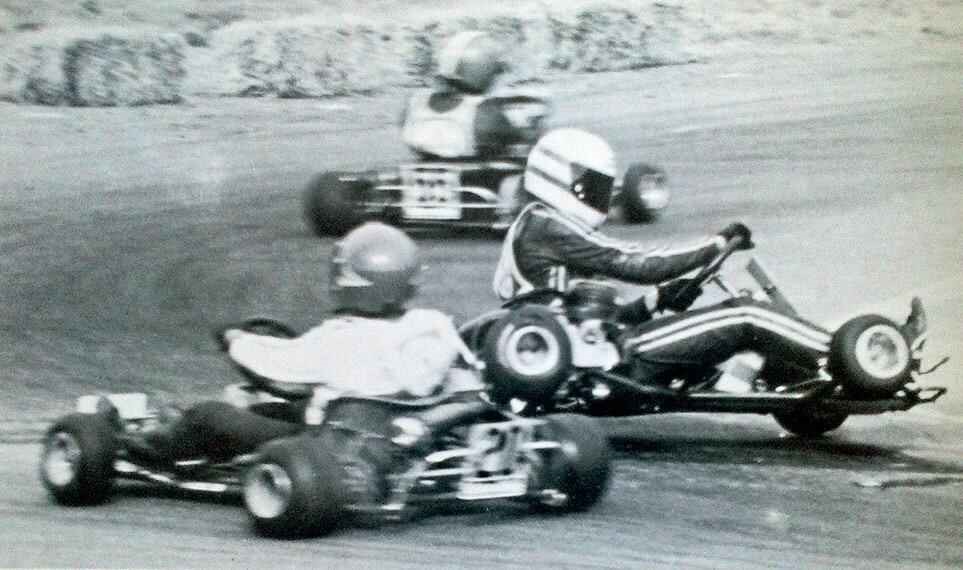
1980 World Championship, here’s how Senna lost the championship. Gysin has just crashed into the Brasilian driver who goes into a spin, while Fullerton breaks away.
For Fullerton it was a racing incident. For Senna it was much more serious. “The next morning he pushed me into the swimming pool at the hotel. That’s when I realized how angry he still was,” Fullerton says. “He couldn’t accept that I’d beaten him on the last lap. He couldn’t accept that and so he told everyone I’d knocked him out of the way, that I’d overtaken him illegally. I hadn’t, of course, we were racing.”
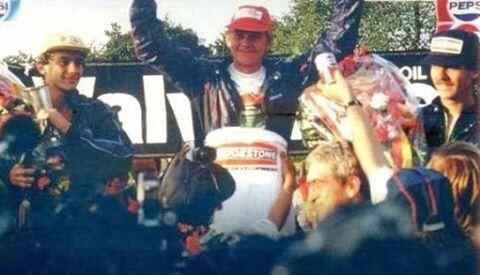
1980 World Championship podium: 1st Peter de Bruijn, 2nd Ayrton Senna, 3rd Terry Fullerton.
Senna and Fullerton barely spoke again and the Brazilian soon moved into Formula Ford, then made his Formula 1 debut in 1984. Yet, when Senna was asked at a 1993 press conference whom he most enjoyed racing against, he nominated Fullerton. “He was fast, he was consistent, he was for me a very complete driver,” Senna said of him.
And it wasn’t just Senna that couldn’t master Fullerton. He competed against the likes of Alain Prost, Nigel Mansell, Nelson Piquet and many more — and he had the measure of all of them. Fullerton was the undisputed king of karting, perhaps the greatest to have ever competed.
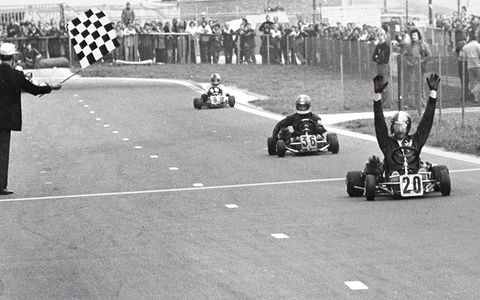
Fullerton celebrates as he crosses the finish line to win the 1973 Karting World Championship in Belgium.
“I was a bit surprised about Senna’s words because he would race in F1 and, in the general public’s view, karts were silly little things. So it was a brave thing to say,” Fullerton admits. “But it didn’t surprise me because of the way I’d dominated him in karting. Hate, dislike, respect — there were a whole lot of things he felt, because he never really managed to get on top of me.”
Fullerton also regards the rivalry as a pinnacle. He stayed in karting after his driving career ended and became a hugely respected driver coach with a line of his own Fullerton Karts. But, while he watched many former rivals climb to the highest levels of motorsport, he reckons only one was truly great.
“Because in karting [Senna] was properly good,” Fullerton says. “He just needed a little more experience, a little more knowledge. He was bright as a button, sharp and intelligent. If he’d stayed in karting, he’d have become number one, no question.”
Senna never managed to win a World Karting Championship.
Alain Prost, of note, was never rated by Fullerton in karts: “he was quick,” he remembers, “but never someone I was worried about beating me. Same with Mansell. There were plenty of other guys, like Senna, that I’d focus on more.”
A forgotten female World Karting Champion – The curious case of Susanna Raganelli. March 25, 2018. By Alan Dove.
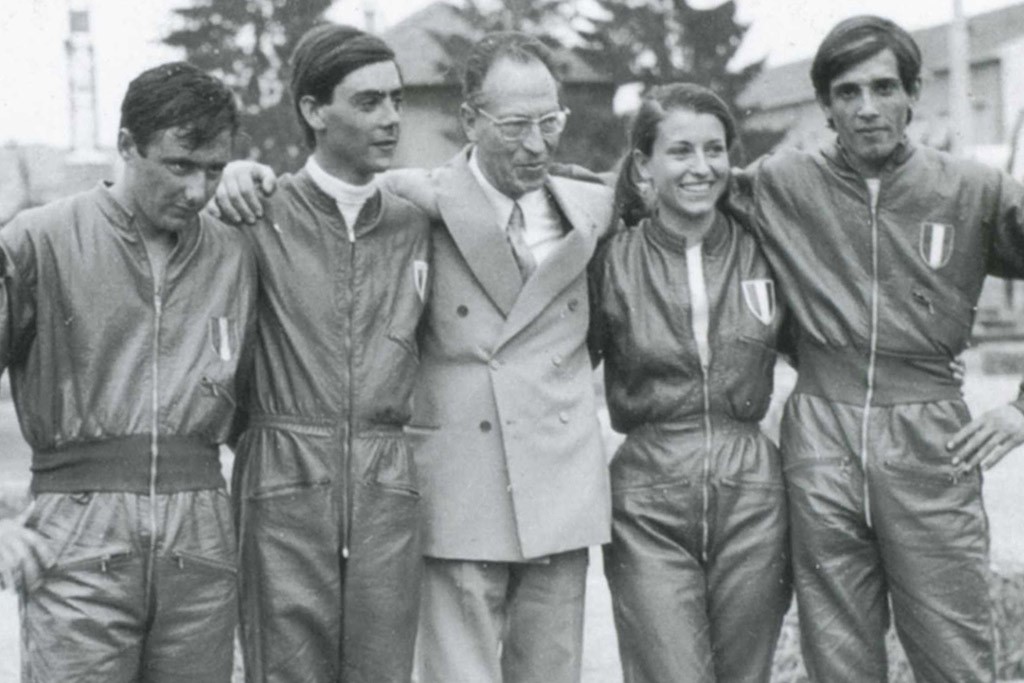
Susanna Raganelli.
While reading through the press releases for the EU funded FIA ‘Girls on Track’ program, it struck me pretty hard the absolute absence of reference to the most successful female karter in history. Michelle Mouton even states on the FIA Women in Motorsport Commission’s website: “the mission of the Women in Motorsport Commission is to encourage, support and promote more women in all aspects of the sport and our objective for the next three years is to concentrate on competition. Karting is the grassroots of motor sport. Awarding a trophy to a promising young girl is a symbol of encouragement for more girls to persevere, not simply a reward for a purely feminine achievement; there is still a long way to reach the top in this highly competitive sport.”
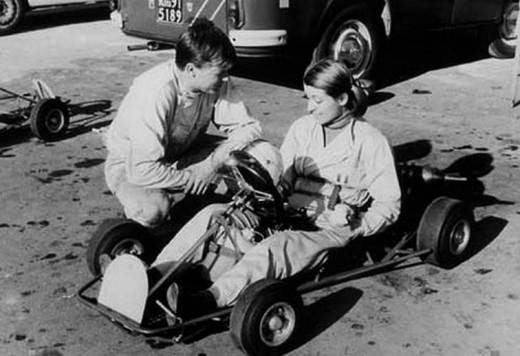
See, the thing that should be glaringly obvious to any motorsport journalist worth their salt is that a woman has reached the pinnacle of karting – Susanna (Susy) Raganelli, the 1966 World Karting Champion.
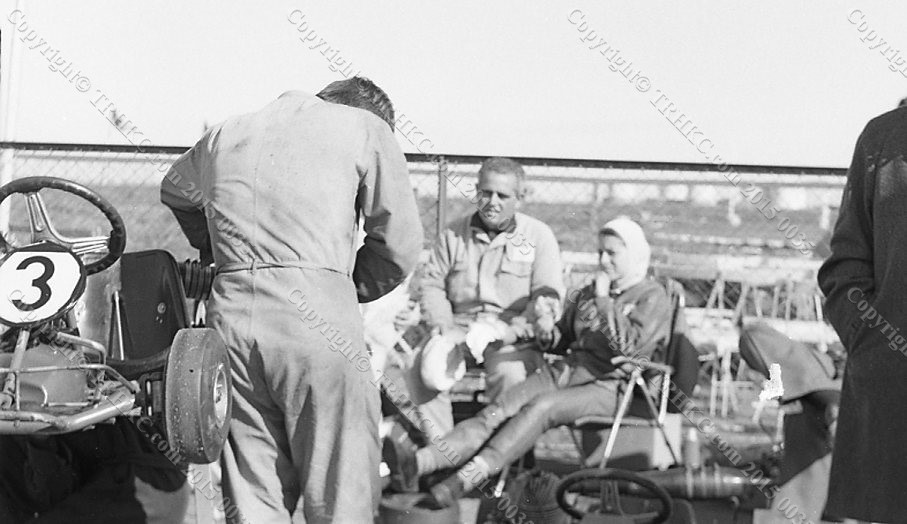
World Championships 1966 in Denmark.
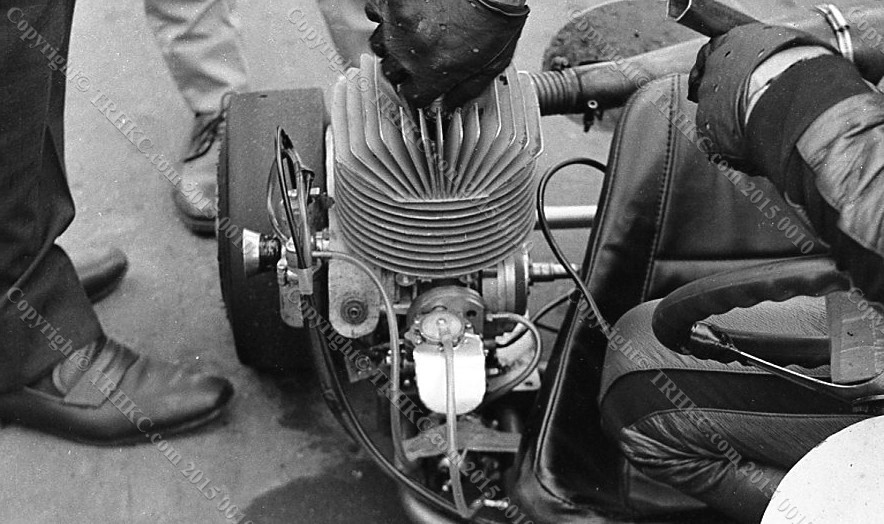
World Championships 1966 in Denmark.
Yet, none picked up on this (though props to Adam Cooper for mentioning her on Twitter a few years ago). It was just the usual wave of bland retweets and the odd regurgitation of the press release on a website here and there.
Even worse still, nowhere or at least from what I can find in any of the literature for the FIA bar one mention buried deep in the CIK’s website mentions this fact either. It is absolutely extraordinary that this should be missing and it raises some serious questions about the motivation of this project, certainly as it includes government funding. I guess stating women have already reached the top of karting might make attaining funding rather more difficult for a urban slalom karting event.
While it is the case motorsport needs to look at why such a large proportion of the population doesn’t choose to race, even on just the basis of basic economics, is it wrong to think that the successes that women have had in karting should at least be mentioned by the very programs designed to encourage women to race? The roll models are right there, ready to go!
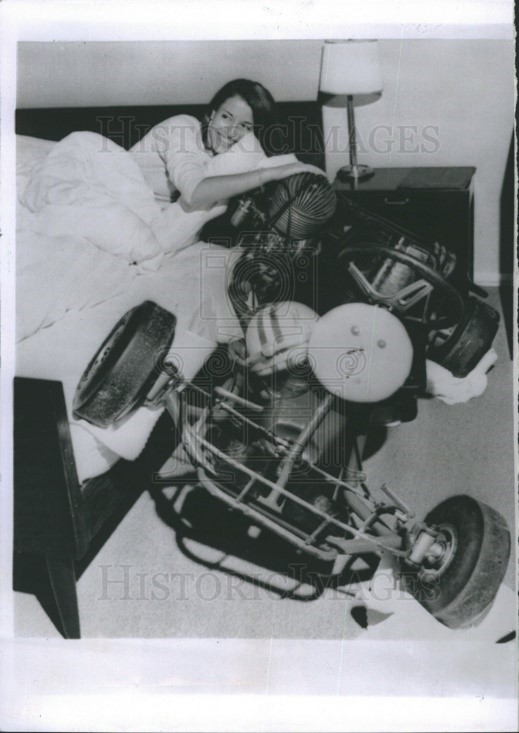
1966 press photo Italian millionaire Susanna Raganelli hotel room with go-kart.
Karting, contrary to what some may believe, is probably the most competitive all round motorsport on the planet. Nothing is as accessible or has such a wide range of talent even if, in recent years, the top CIK levels are a bit out of reach for most. Even still, a club race at PFI is as competitive as any international car race. So ignoring Susanna’s achievement, again, is bemusing. To get to the top of karting is an astounding achievement, highlighted by Senna’s borderline obsession with trying to win it.
Susanna Raganelli is not alone in her success. Lotta Helberg won a round of the European Formula Super A Championship (arguably a greater achievement than Susanna’s as FSA was a bloody competitive class back then) as well as competing at the front of many top level events.
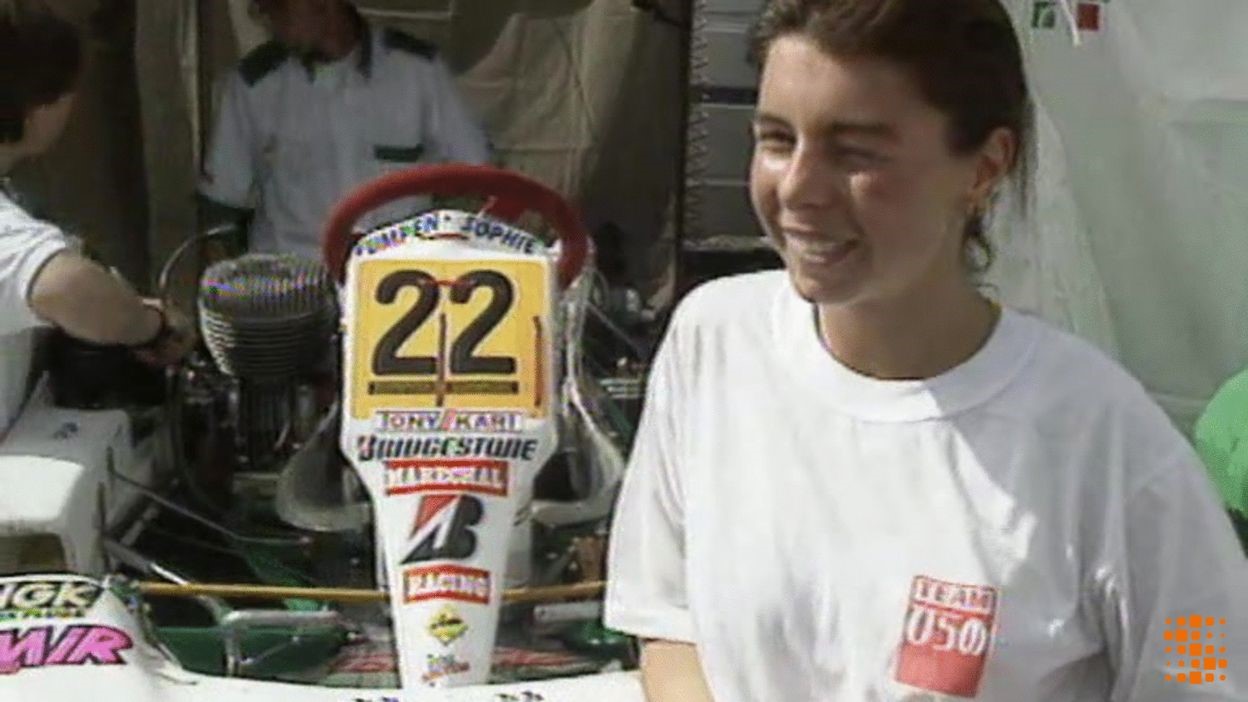
Sophie Kumpen, kart driver.
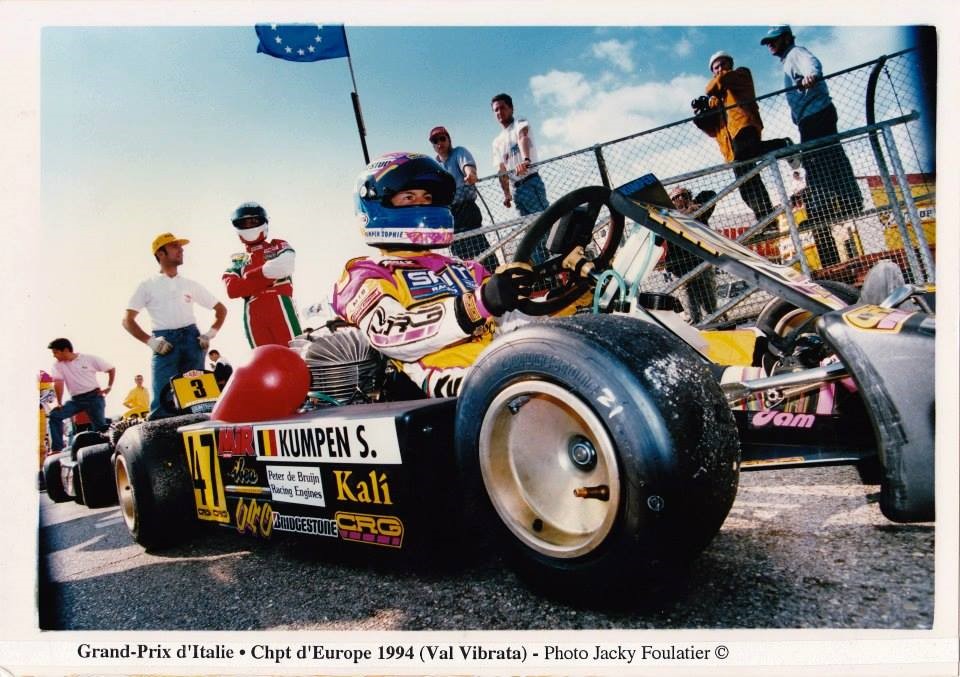
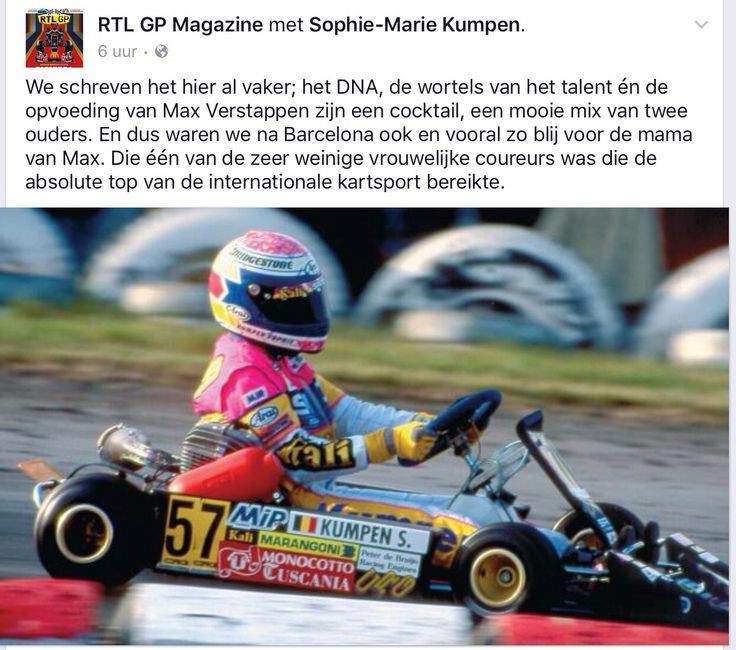
Sophie Kumpen was a very talented kart driver.
Max Verstappen’s mother Sophie Kumpen won the Margutti Trophy in Formula A. It is somewhat striking that these didn’t inspire a wave of young women to race, though karting is somewhat a niche motorsport not often mentioned in major media outlets.
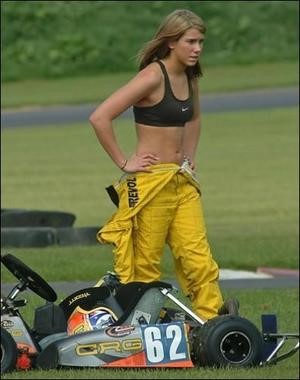
Sophie Fisher.
Though I would like to add at this point that the issue of women in motorsport, or lack thereof, is a hugely complex multi-layered subject I am not going to get into here.
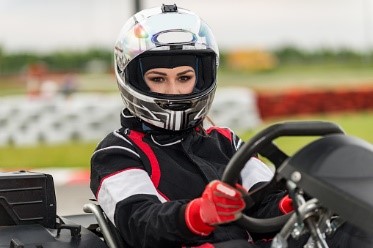
Female go-kart racer. Stock photo.
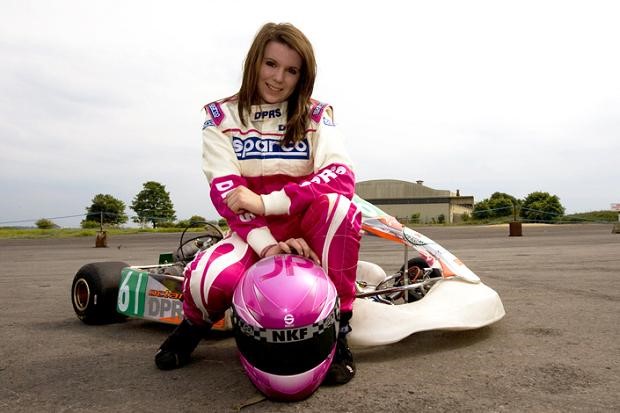
Women go karting.
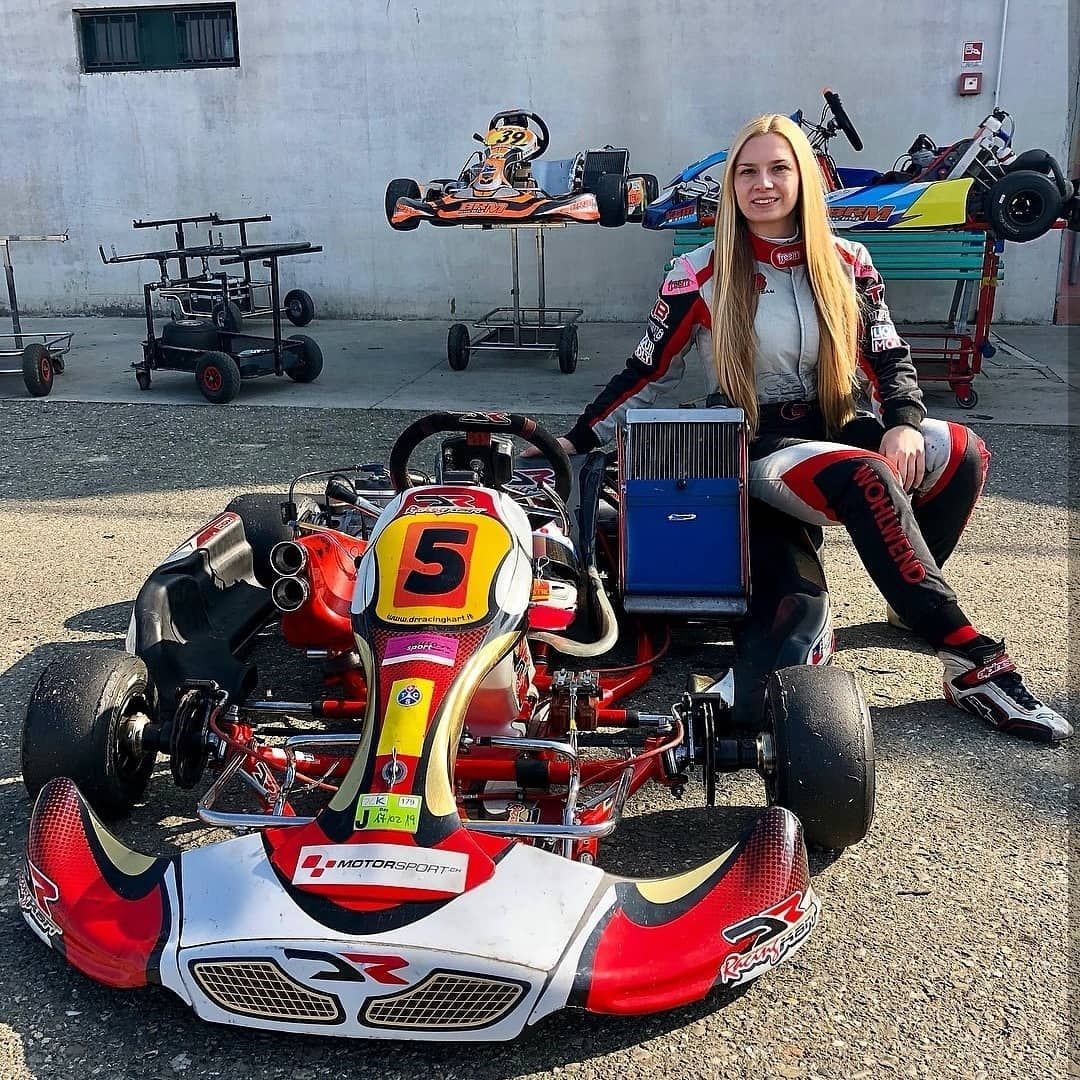
Fabienne is taking part in the Ferrari 448 Challenge this year but still finds time to go karting.
Either way I thought it necessary to raise the fact that karting, probably my favorite motorsport, has had major female success. The fact no one, outside of fringe websites, seems to be even mentioning it is utterly bizarre to me.
Karting - Kart racing
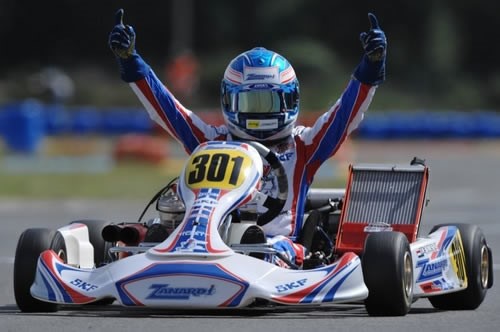
Karting is probably the world's most popular form of motor sport. It is practiced around the world by hundreds of thousands of enthusiasts at widely differing levels of competition.
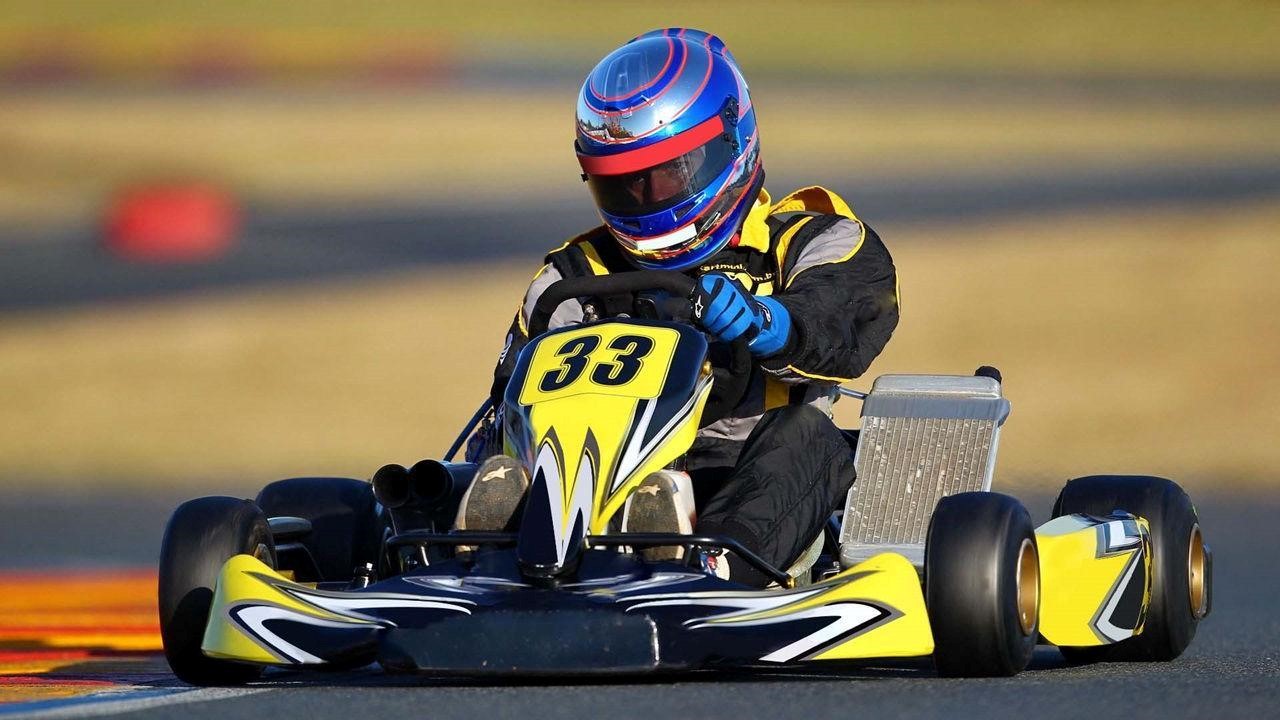
Go-karts are a type of small, suspensionless vehicle.
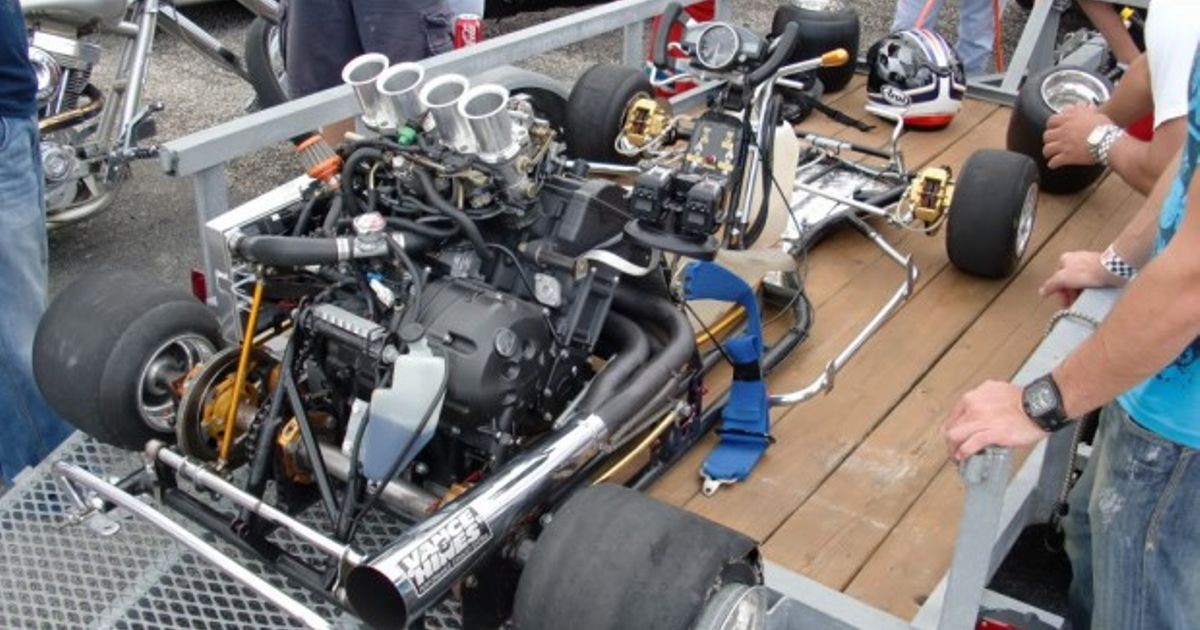

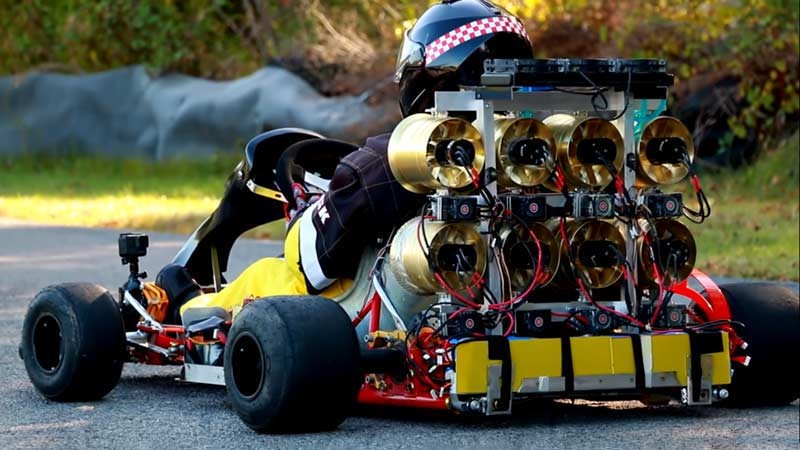
Daymak C5 Blast.

They come in a variety of forms, from motorless models to high-powered, high-performance ones meant for competitive racing, some, like Superkarts, being able to beat racing cars on long circuits.
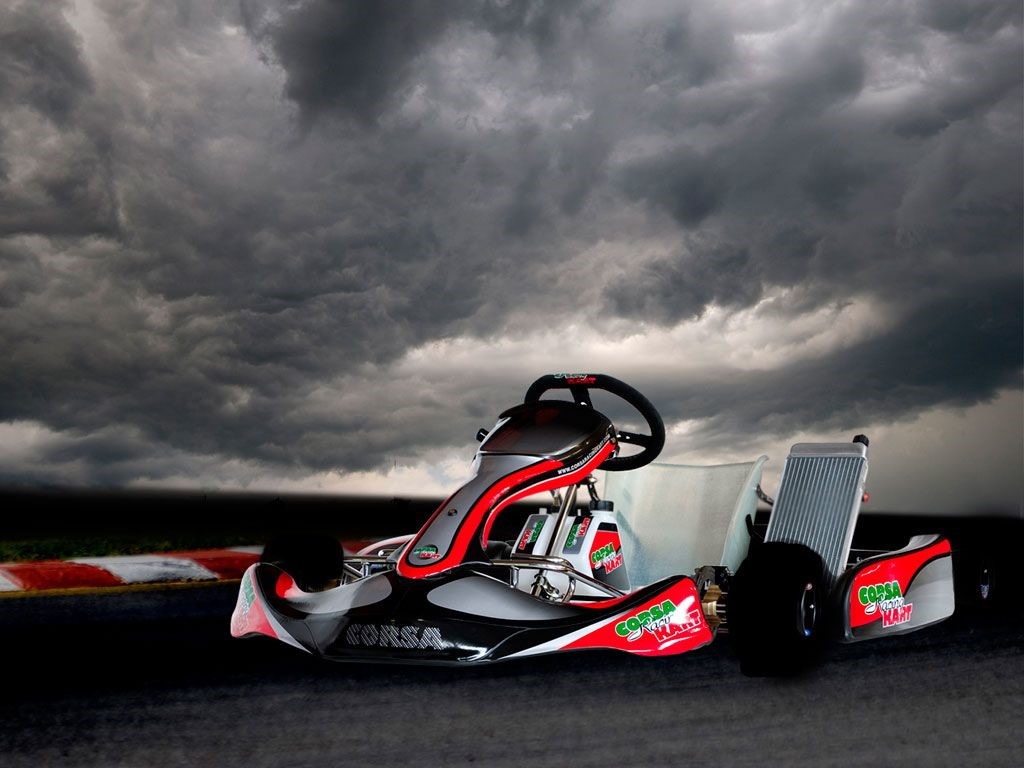
Though many people associate these vehicles with children, people of all ages race go-karts and often use them as a stepping stone to more advanced motor sports.
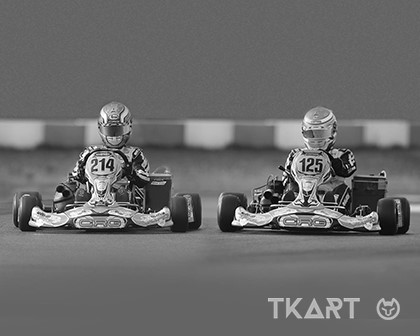
Racing go-karts is a popular sport in both North America and Europe, with a number of different leagues and national championships.
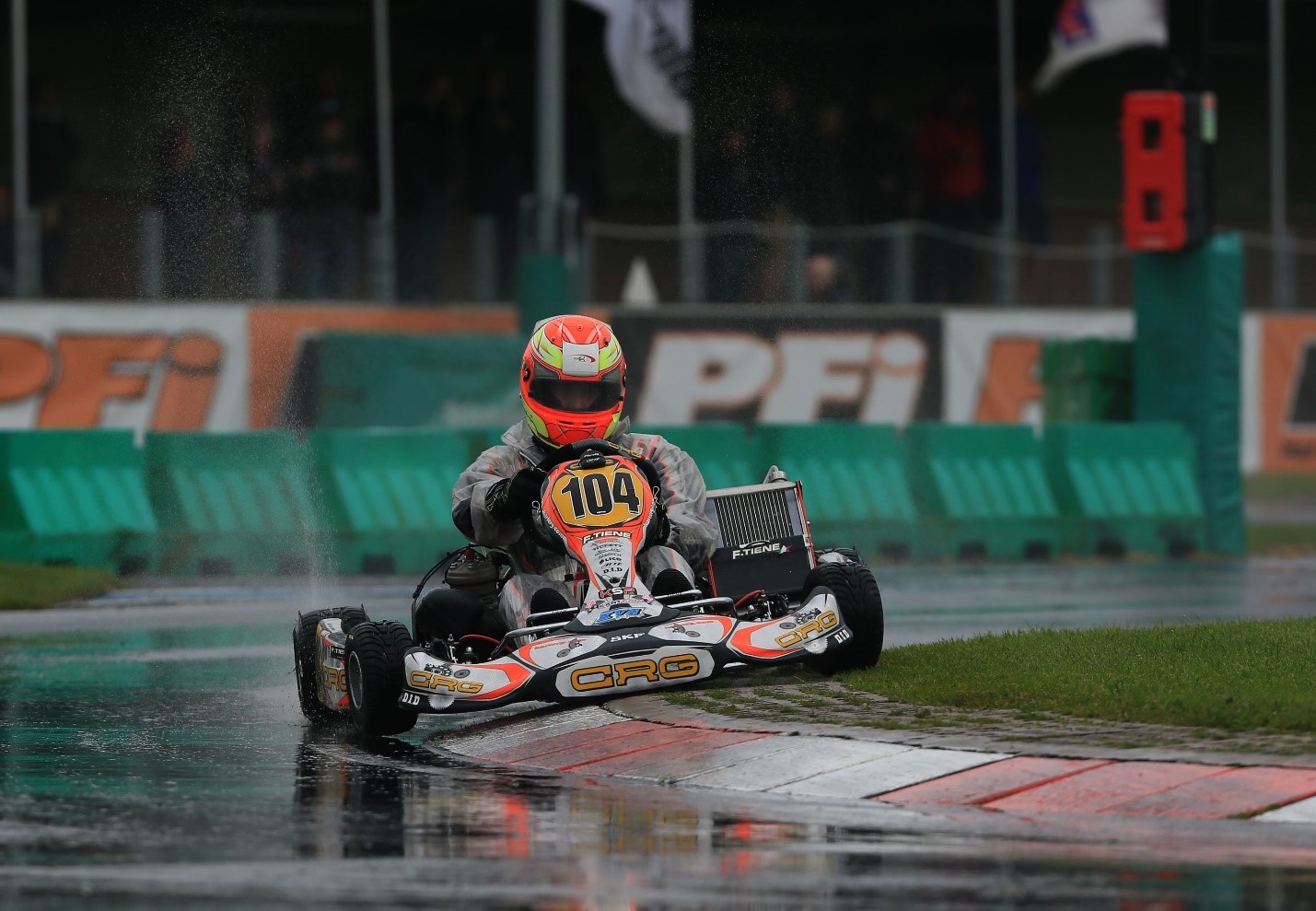
The Fédération Internationale de l'Automobile (FIA), best known for regulating the Formula One races, also oversees international go-kart competitions, including the CIK-FIA Karting World Championship.
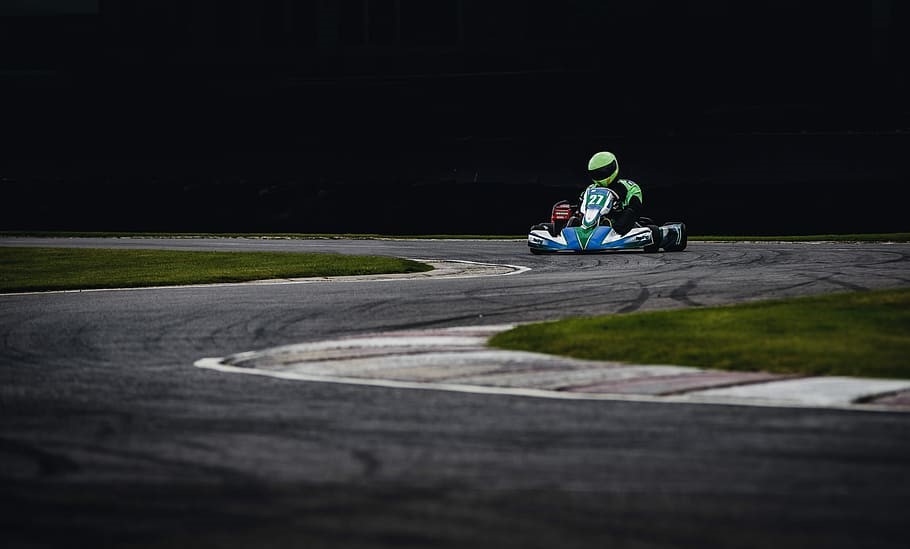
Motorized go-karts come in an astonishing range of complexity and power. Simple four-stroke models are available, as are powerful two-stroke or Wankel engine go-karts.
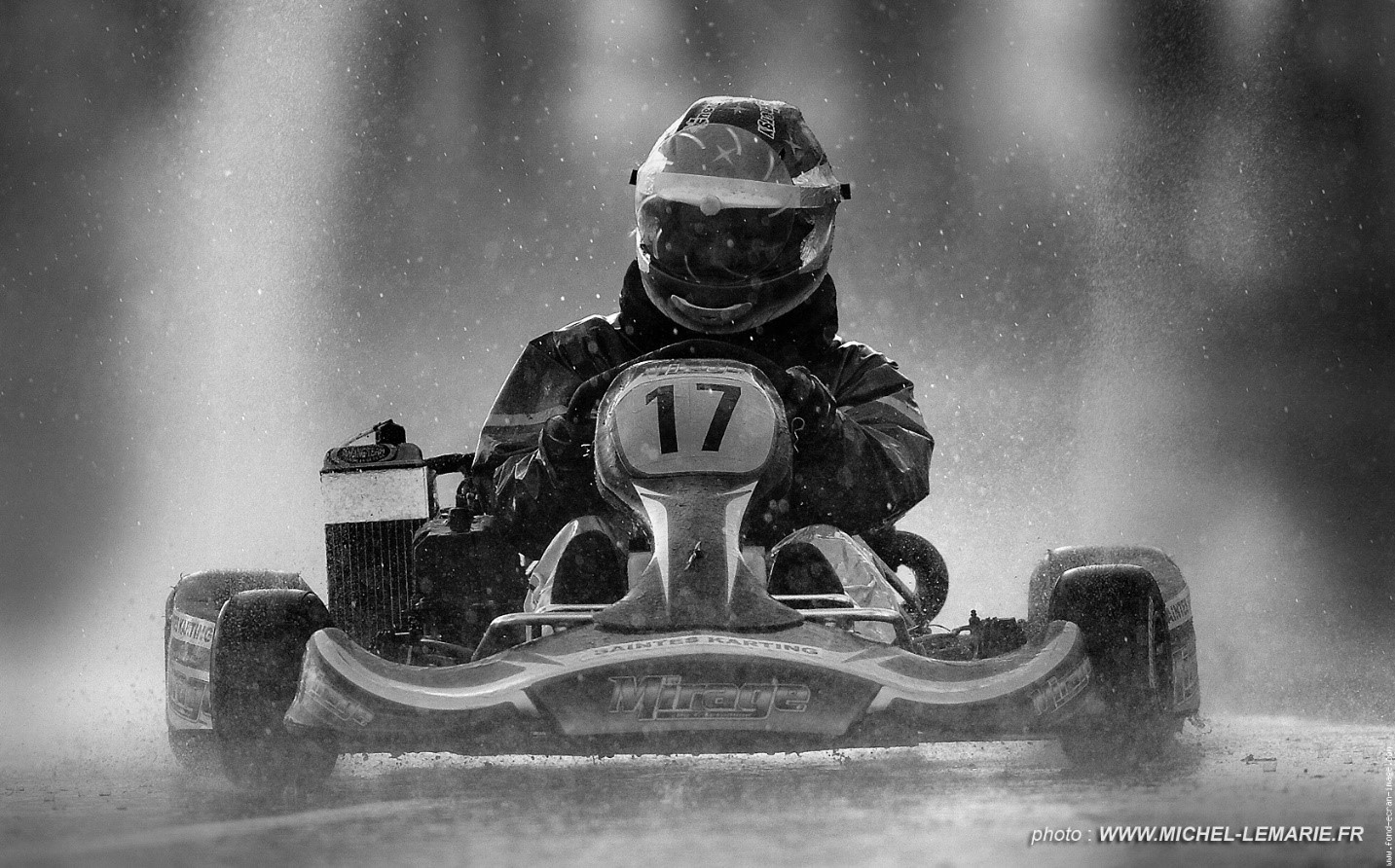
Some make use of alternative power supplies, including alcohol fuel, electric motors and propane engines.

They can range in power from 10 horsepower all the way up to 90 horsepower and above.
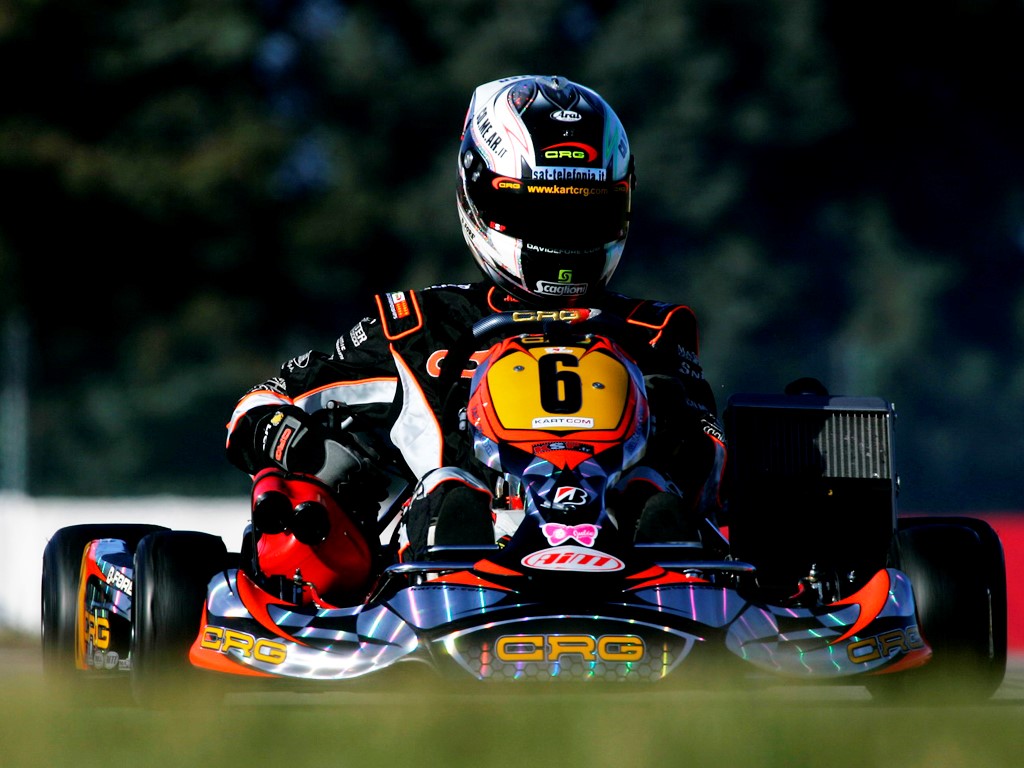
These small cars are adaptable enough to be used on a large number of surfaces and a number of custom tracks for karting also exist.
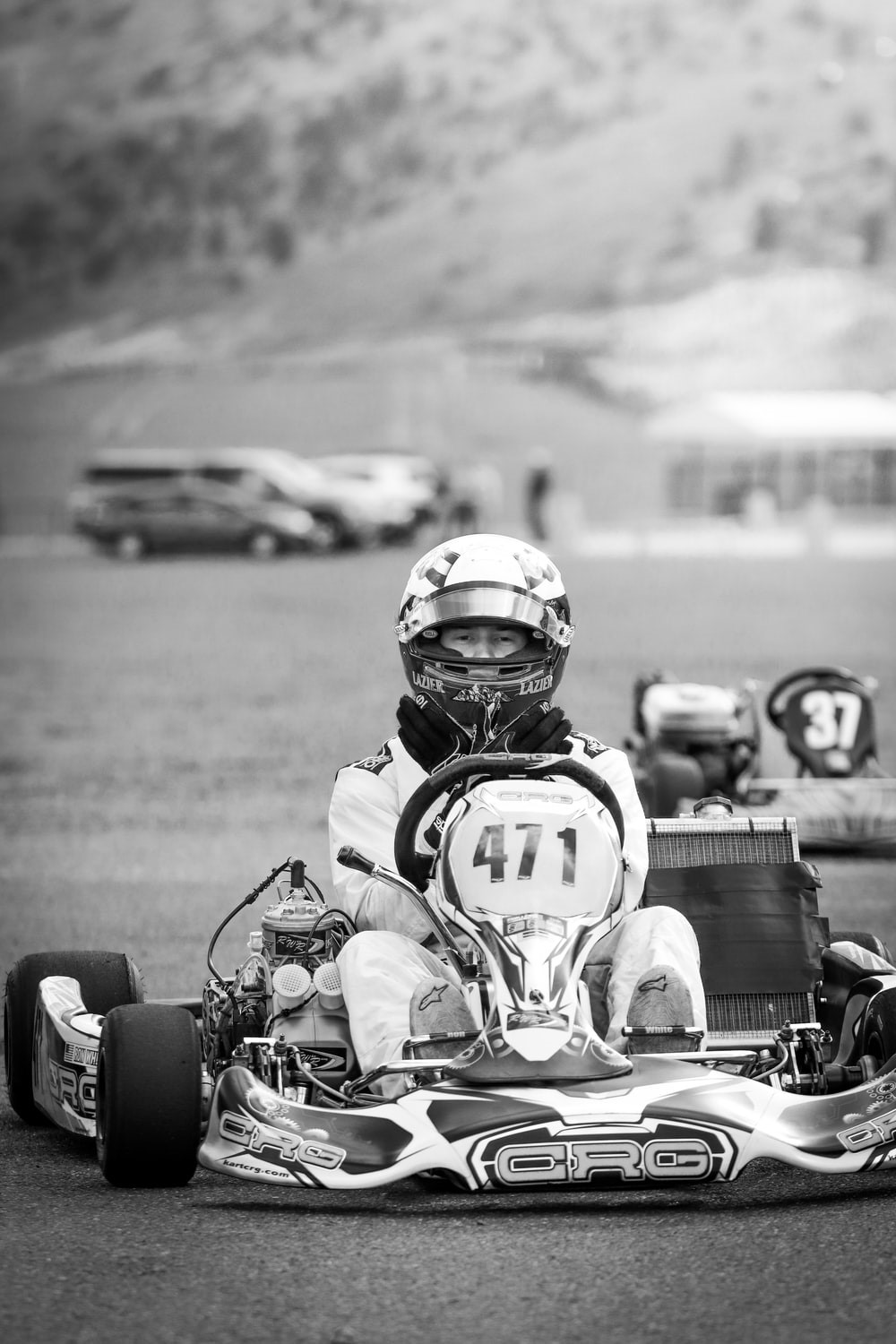
Dirt tracks are the most common in the United States, but ice tracks also exist for go-karts which have been modified with spiked wheels for better traction.
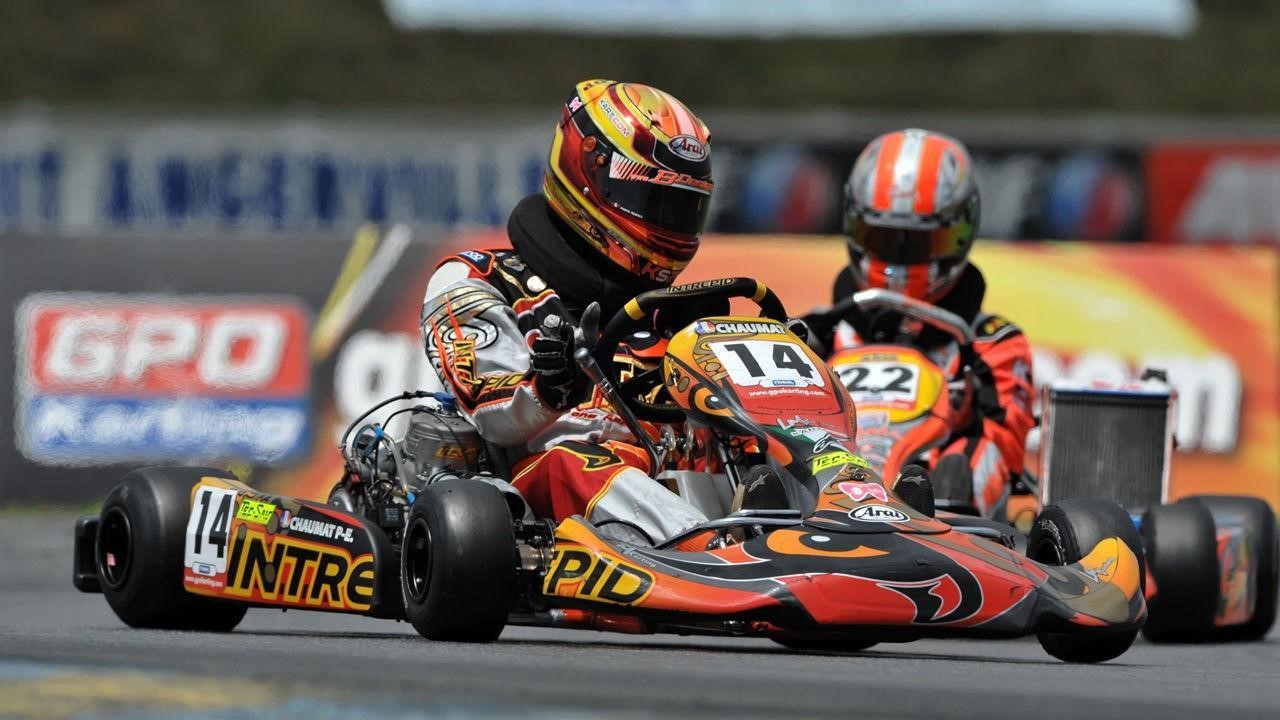
Go-karts can reach extraordinary speeds, which is one reason they are often used as an introduction to full automobile racing.
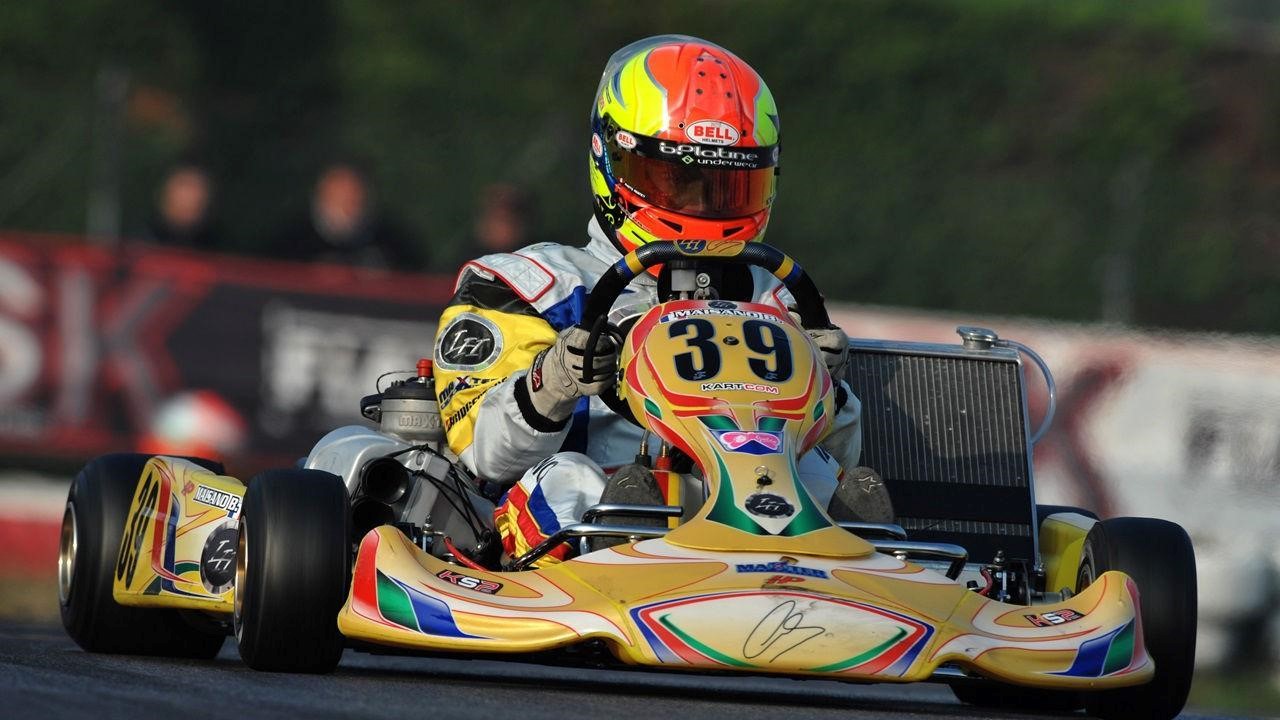
Most hobbyist karts can't go much faster than 70 - 100 km/h, while professional go-karts can reach speeds in excess of 250 km/h.
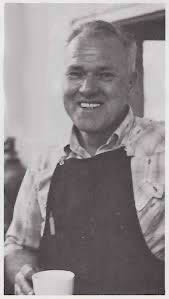
Tinkering with a lawn mower engine and some metal tubing, Art Ingels was trying to fashion a new toy. As Ingels was a race car builder, it was not surprising that his toy should be something like a car. But he wanted his toy to be smaller than a car, so he called it a "little car." Soon he had fitted four wheels to the metal frame, attached a steering wheel, installed a seat and adapted a chain to connect the engine and rear wheels. 1956, Ingels, excited by his creation, took the little car to the Rose Bowl, the famous stadium in Pasadena California. There, in the spacious parking lot, he zipped around on his new toy. The spectators watched in amazement. Duffy Livingstone, a friend of Ingels, was also excited by the little car. He was so captivated that he quickly built one on his own. Requests for the little cars from friends and Rose Bowl spectators flooded Livingstone, Ingels and fellow race car maker Lou Borelli. The little-car builders worked fast and, in few days, a dozen of their products were buzzing around the Rose Bowl. Racing these little machines was instantly popular. "Caretta Kart Manufacturing" was born.
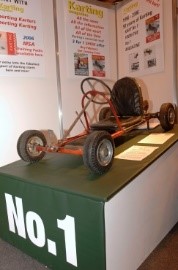
The first ever kart in the museum.
Speaking of the first little cars, Livingstone said, "we built them for fun and they just took off from there. We didn't have the foggiest idea of what would happen."
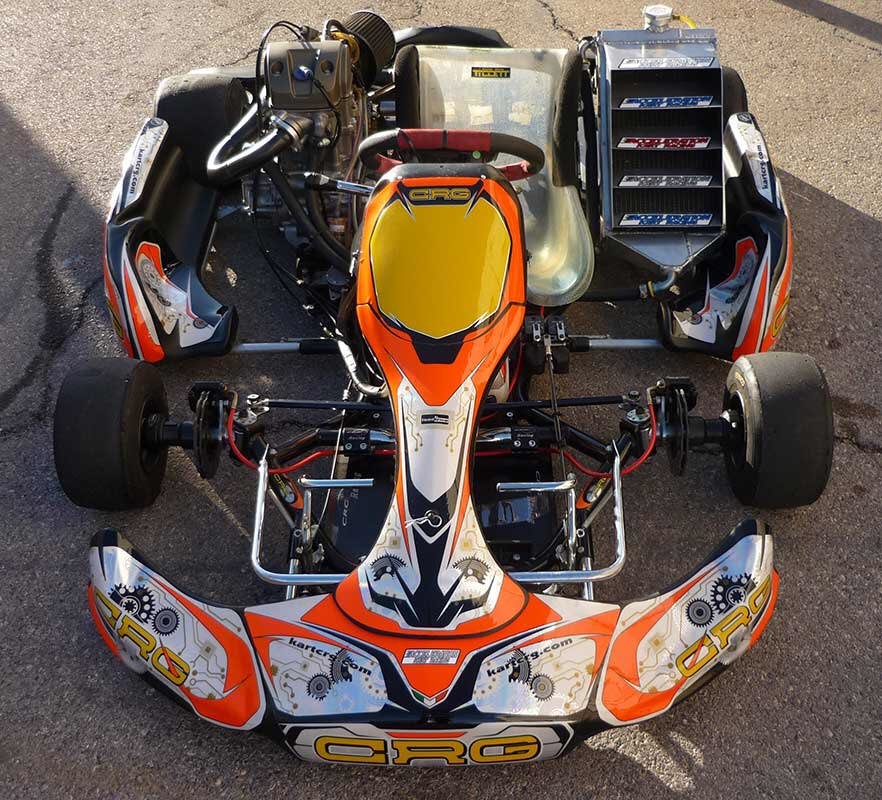
Today Ingles' little car has been developed into a highly sophisticated machines that are raced by all kinds of people.
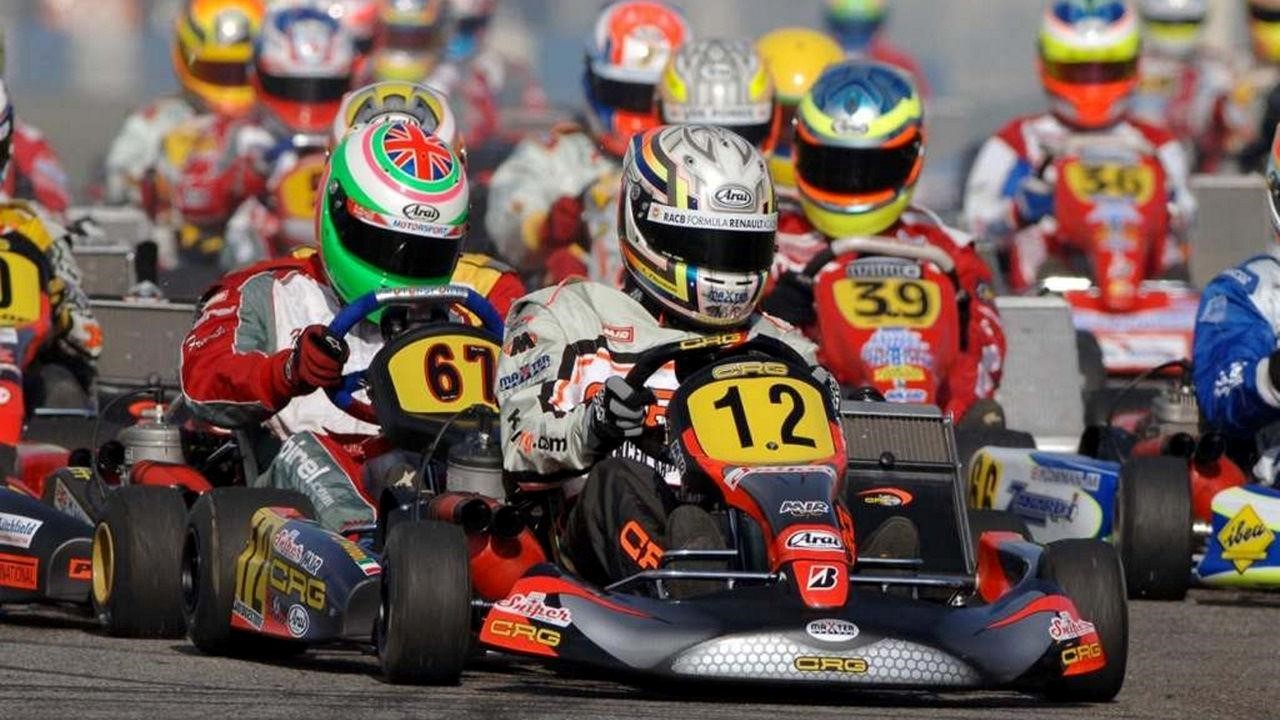
It is easy to see why the popularity of these little cars continues to grow.
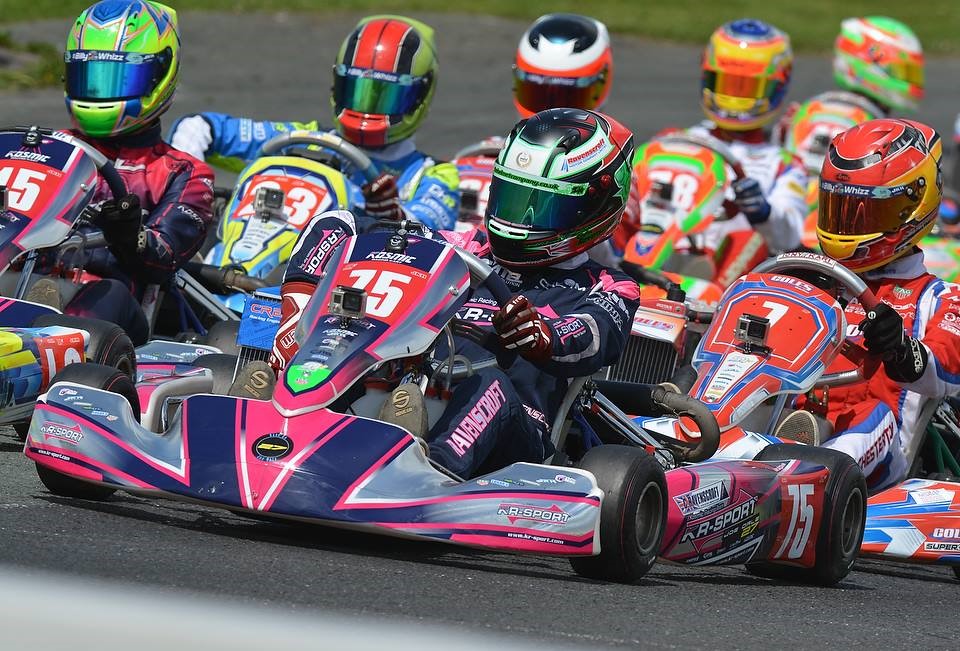
The British karting championship.
They offer the same thrills and challenges as big race cars do and at a fraction of the cost.
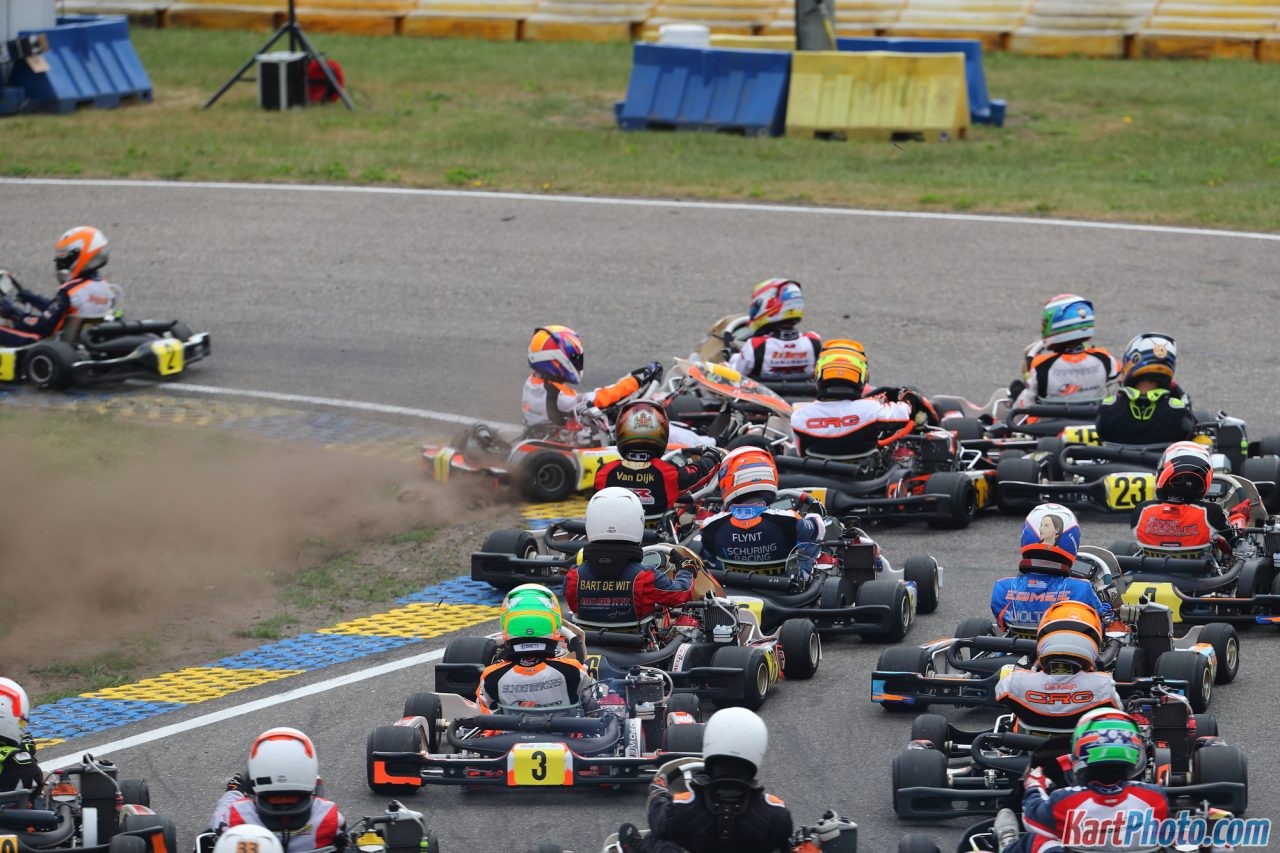
Because they are relatively inexpensive and easy to maintain, the little cars appeal to people of all ages.
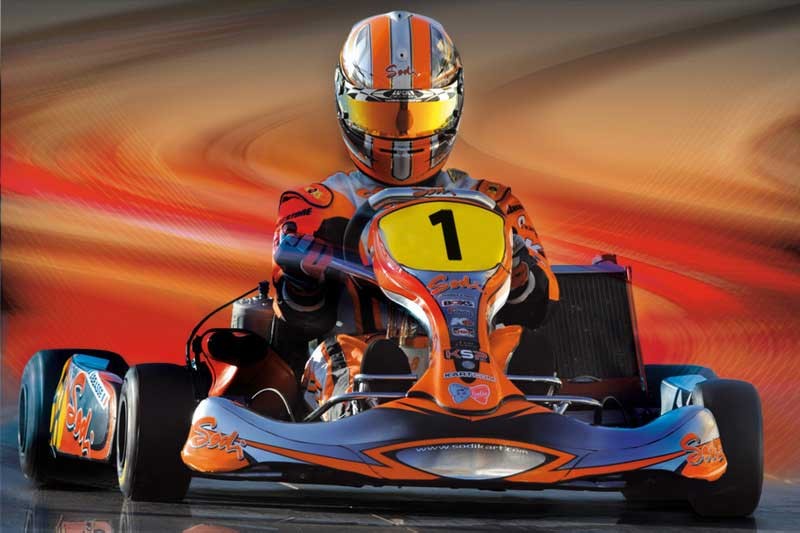
Aspiring race car drivers, or those too young to drive cars, can practice their driving skills with them.
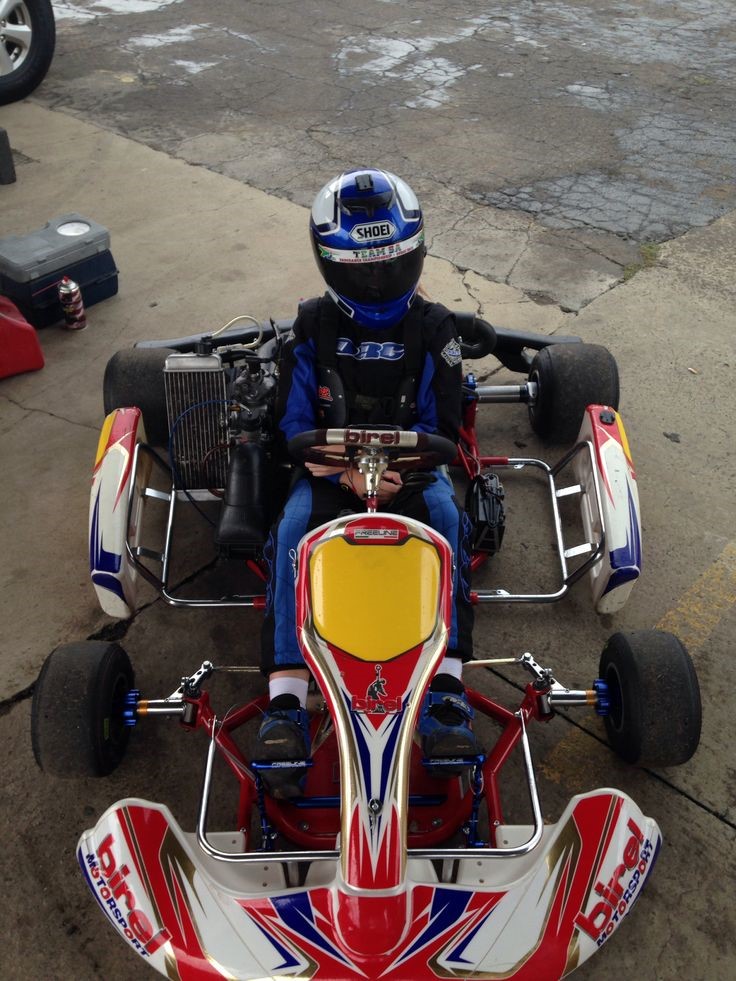
Fast drivers can race them at dizzying speeds far more safely than they can drive their cars and motorcycles.

With their low center of gravity and sturdy construction, they are easy to handle and control even at speeds as high as 200 km/h.
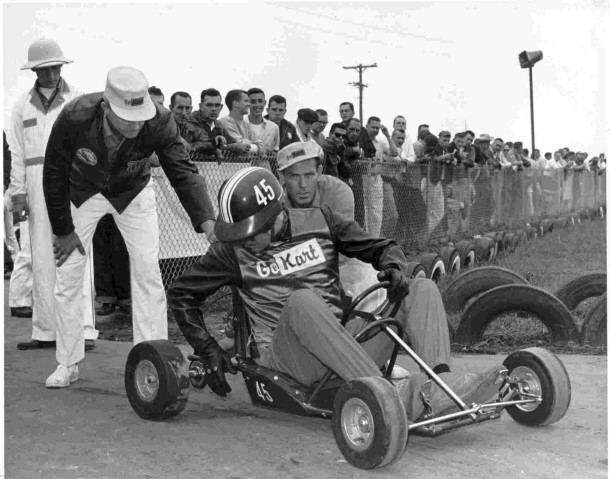
On the left is Duffy Livingstone. On the right is Tex Bell, one of go-kart manufacturing company's class B drivers.
From his muffler shop in Los Angeles, Duffy Livingstone began manufacturing and selling the little cars. Livingstone, along with partners Bill Rowles and Roy Desbrow, had seen the great demand for the little cars. In almost no time, the mufflers were gone from the shop and the three partners were spending all their time building more little cars. All the while Livingstone and his partners were building, selling and promoting their little cars, they were without a name to call them. Lynn Wineland, an advertising man who worked with Livingstone, provided one when he coined the term "Go Kart.“ "Zip Kart" and "Dart Kart" were names Wineland considered but rejected. The growing family of little-car drivers now had a name for their machines. All they needed was more room to race. Southern California's parking lots had become congested with karts. There were even complaints that karting was a public menace. To relieve the problem, Livingstone, Desbrow, Rowles and Don Boberick built the first kart track. Its name was Go Kart Raceway (1958 - 1978) and the place chosen for it was lrwindale, California, just outside Los Angeles, south of where the 210 freeway runs today. The tiny machines that began as toys in southern California's parking lots did not remain there long. Karting has rapidly spread to other countries and currently has a large following in Europe. Then they spread to all parts of the world and with them their owners created an entirely new sport, that of kart racing, or karting.
A veteran hot rodder and a race car builder Art Ingels is generally accepted to be the father of karting. But the first serious kart manufacturer was an American company, Go Kart Manufacturing Co. (1958). McCulloch was the first company, in 1959, to produce engines for karts. Its first engine, the McCulloch MC-10, was an adapted chainsaw 2-stroke engine. Later, in the 1960s, motorcycle engines were also adapted for kart use, before dedicated manufacturers, especially in Italy (IAME), started to build engines for the sport. They are usually raced on scaled-down circuits. Today, karting is commonly perceived as the stepping stone to the higher and more expensive ranks of motorsports. Even though a kart differs from a car, all the racing techniques, the awareness of the way the vehicle handles, the discipline and instincts needed to become a professional racer are developed with karting. It is therefore no surprise that most of today's top Formula 1 or CART racers have started their racing careers with karting. While go-karts intended for the general public in amusement parks may be limited to speeds of no more than 25 km/h, karts vary widely in speed and some, known as Superkarts, can reach speeds exceeding 260 km/h. A KF1 kart, with a 125 cc 2-stroke engine and an overall weight including the driver of 150 kilograms, has a top speed of 140 km/h. It takes a little more than 3 seconds to go from 0 to 100 km/h with a 125 cc shifter kart (6 gears), with a top speed of 185 km/h on long circuits.
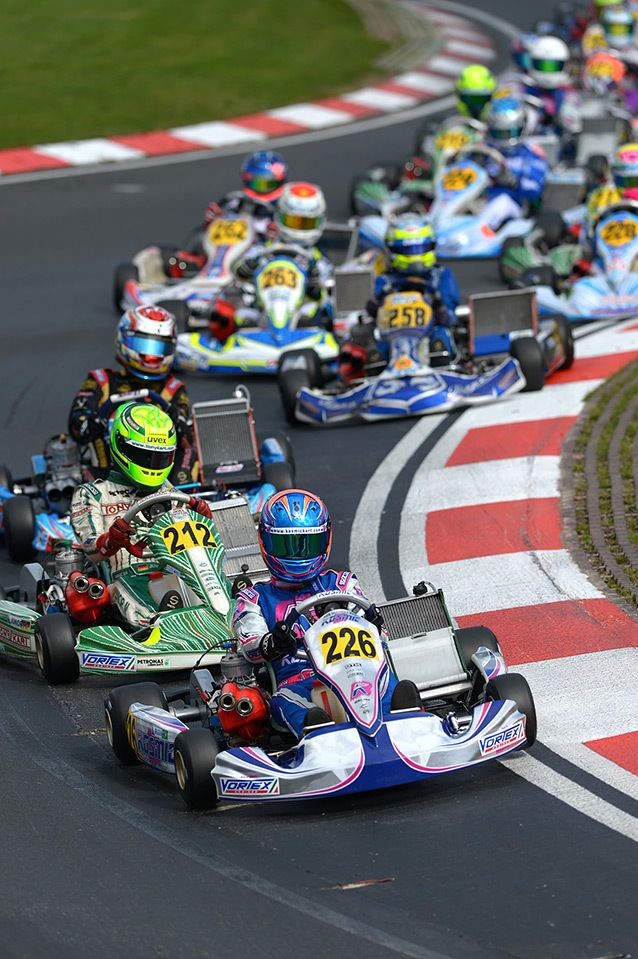
Different types of racing formats
Over the years, karting has grown and changed from a "parking lot" recreation to a full-fledged sport. In the process several types of racing have evolved.
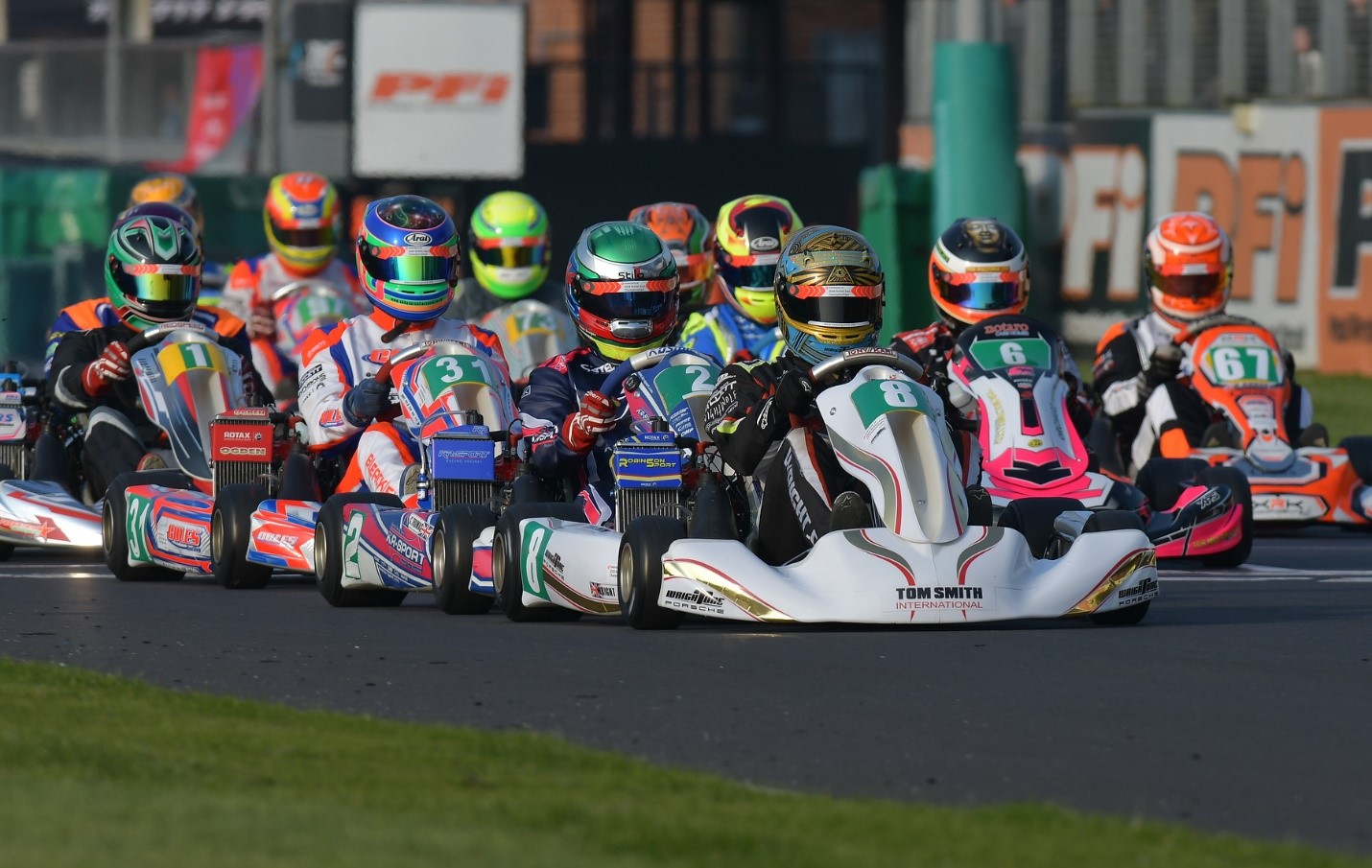
The different kinds of kart races are run on different kinds of tracks and under different race procedures. The three major types of karting competition are: sprint racing, endurance or road racing and speedway racing. In addition, other types of karting competition have developed, including ice racing, Formula Kart Experimental racing and Super Kart racing.
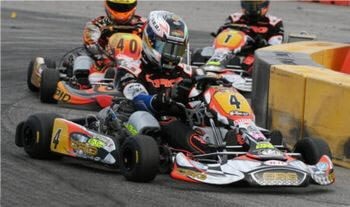
Sprint racing is the oldest type of kart racing. This is the type that is available to everyone as this is the ones normally offered in most karting circuits, particularly for those who only want to experience the sport merely as a pastime instead of a racing competition. As its name implies, sprint racing combines high speed and short distances. Sprint races are run on asphalt tracks with length of 400 meters to over 1,600 meters in length. The tracks have several twists and turns, which make driving them a true test of skill. The kart used in sprint racing resembles Ingles' early kart. A sprint kart can be immediately identified by its "sit-up" driver's position, which is designed for greater control on the twisty sprint courses. It normally occurs in the format of three qualifying heats and a final race for trophy positions. A heat typical duration does not normally exceed 15 minutes. Competitors try to complete each heat in as little time as possible, with a variety of point scoring calculations to determine the event's overall winner. Drivers must combine strategy and skill with speed in order to maneuver their karts trough many turns and curves in a sprint course, to a winning finish. The thrills of sprint racing attract more people than any other type of kart racing.
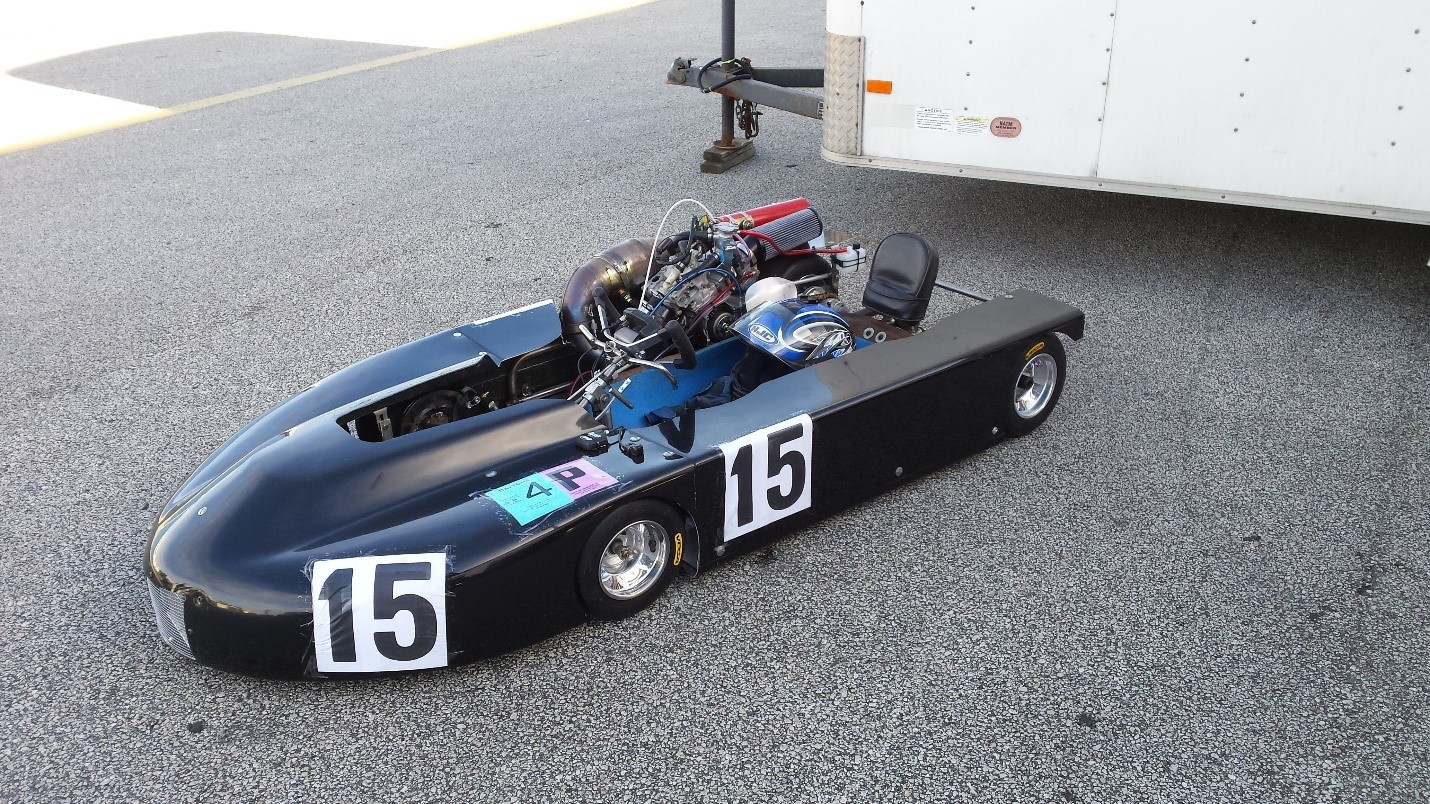
Endurance or road racing is another type of kart racing, evolved from sprint racing. For Americans, Endurance racing is commonly termed “Enduro racing”. Early karters, seeking new ways to race their machines, began to run greater distances. Gradually they modified their karts so that they could race for longer periods of time. The road-racing kart that resulted, also called an enduro kart, was quite different from its sprint-racing ancestor. One of the kart's first structural changes involved its fuel-carrying capacity. Other structural changes soon followed. Drivers noticed that, at high speeds, “sit-up“ position produces drag. Drag tends to slow down the vehicle and lower its gas mileage. By exposing less surface area to the wind, drag can be reduced. Karters discovered that they could reduce drag by driving their machines from a "lay-down" position. As a result, drag was reduced and drivers' karts went faster and got better gas mileage. With these changes, the road-racing kart developed a sleek, road-hugging look. Race last for an extended period, from 30 minutes up to 24 hours or more, for one or more drivers in the team. In this kind of racing consistency, reliability and pit strategy have greater importance than all out speed. Enduro racing in the USA, most WKA & IKF sanctioned events, typically last 30 minutes (Sprint Enduro) or 45 minutes (Laydown Enduro) and are run continuous without pit stops. Enduro events are held on full-size road racing circuits that are usually between 2.5 and 6.5 kilometers long. Once the flag drops to signal the start, the karts cannot be pushed. After predefined time of the race the racers drive out their final lap to the finish line. The kart that has completed the most laps is the winner. If two or more karts tie for the most laps completed, the first kart to cross the finish line wins the race.
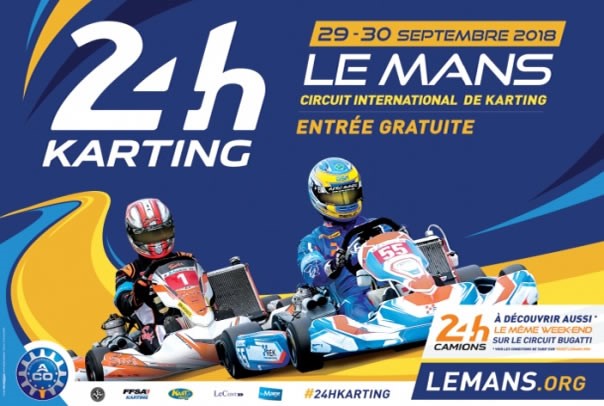
As well as the famous 24 Hours of Le Mans race for automobiles there is also a 24 hours event for karts which takes place at the kart circuit Alain Prost at Le Mans, France.
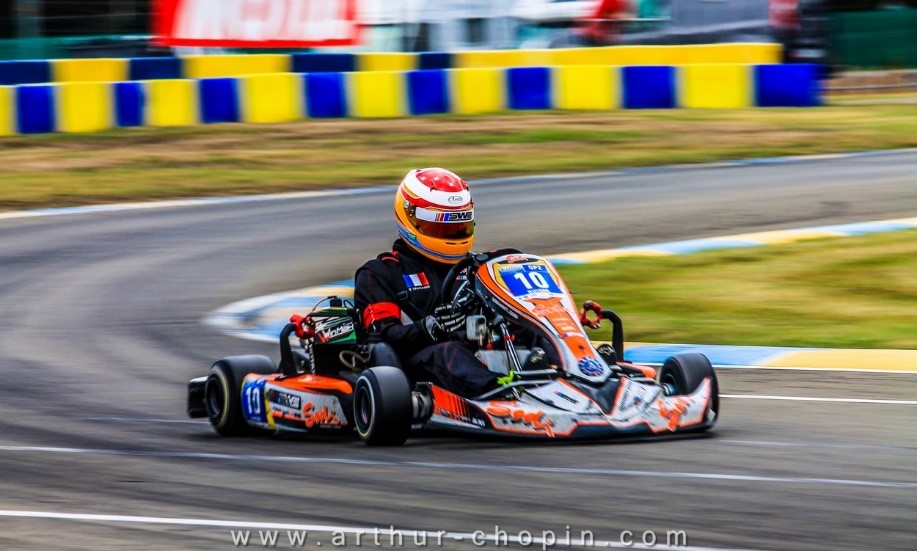
Participate to the 24H Karting of Le Mans remains a very special dream for any karting driver in the world...
This race has taken place first time in 1986 and its winners list include four times Champ Car champion and Formula 1 racer Sébastien Bourdais in 1996. Enduro karters can also feel the excitement of racing down the tracks at Daytona International Speedway, Indianapolis Raceway Park, Ontario Motor Speedway, Watkins Glen Grand Prix, Sens Espaces Karting in France, Kartódromo International de Palmela in Portugal, new karting track RACB Karting Francorchamps in Belgium and many other motorsport circuits.
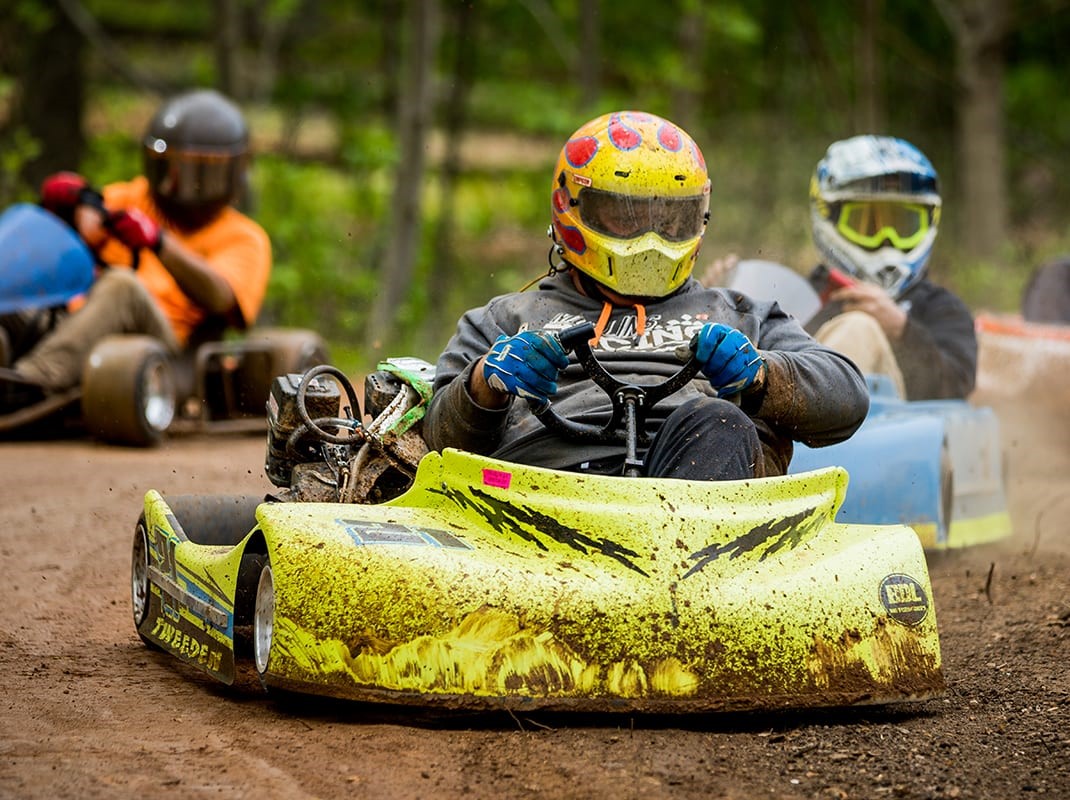
Speedway racing, more commonly known as dirt-track racing, was started to provide an inexpensive and fun type of kart racing in areas that did not have asphalt tracks. It takes place on asphalt or clay (dirt) oval tracks which are normally between 250 and 400 meters long. Tracks primarily consist of two straights and four left-turn corners, few tracks are symmetric and often the shape parallels that of an egg or a tri-oval. Speedway races use modified sprint karts - called 'Offset' kart chassis - and they have been developed with precise handling and adjustability in left-turn-only racing in mind. Speedway kart races range in length from 4 laps for a trophy dash to 20 laps for a main event. Sometime, like a sprint race, speedway competition consists of three separate heats – two 10-lap heats and one 20-lap heat. The second heat, however, is run from an inverted start. In other words, the drivers who led the first heat have to work their way up from the back of the pack during the second heat. Driver’s line up for the third heat according to the number of points they received in the first two heats. As in sprint racing, the overall winner of the speedway event is the driver who has accumulated the most points in all three heats combined.
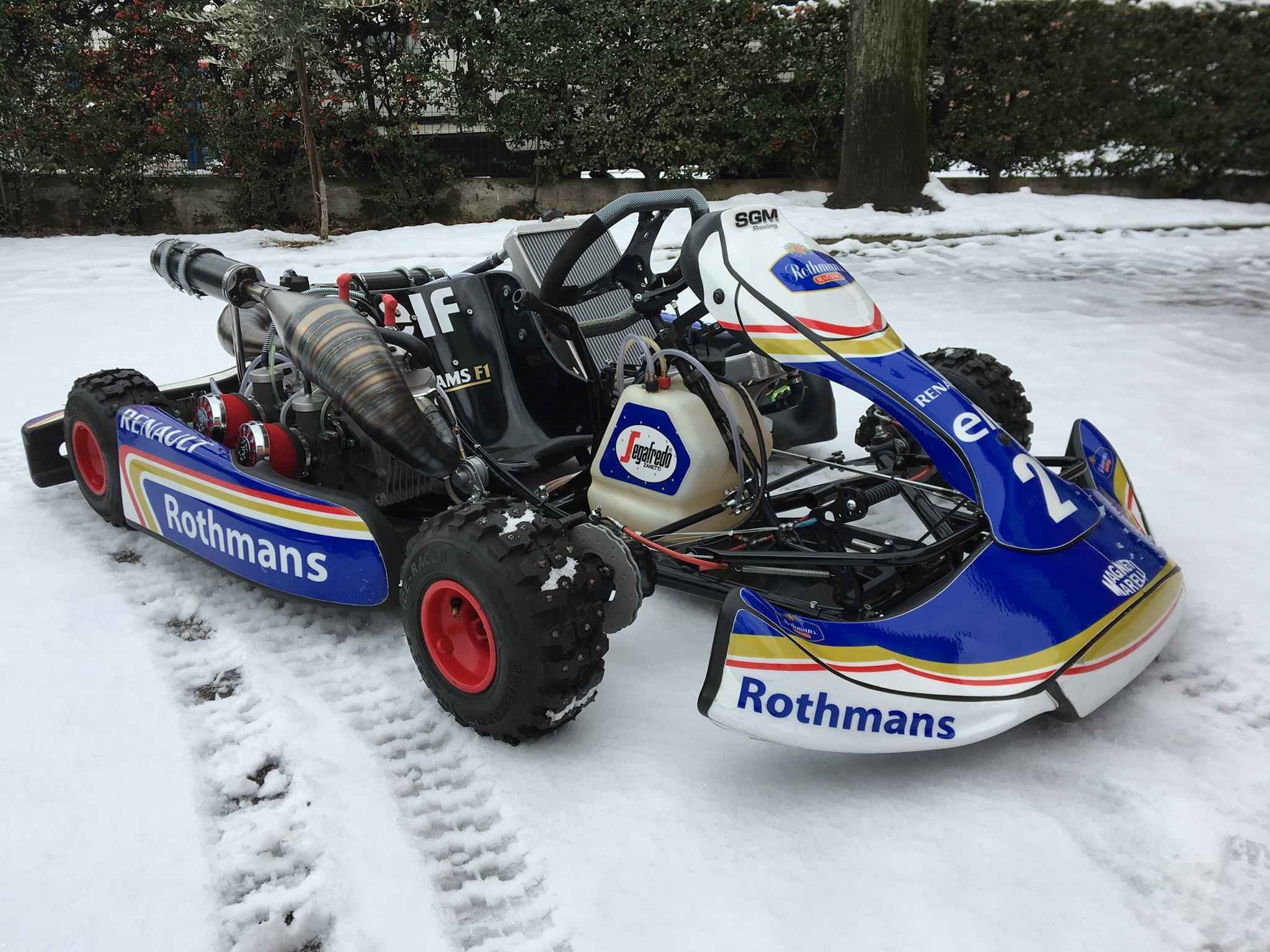
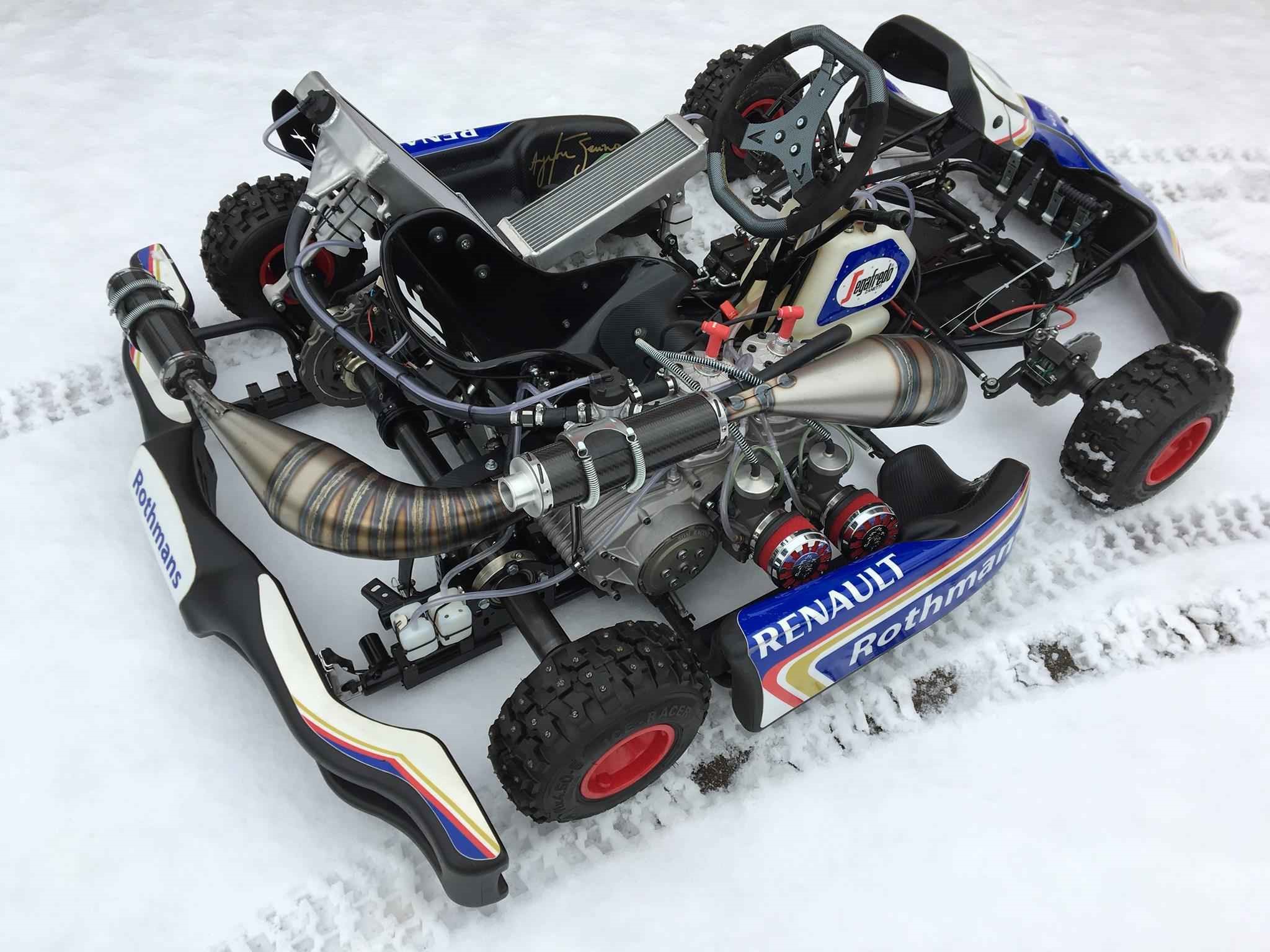
SGM’s 100HP Ice Racing kart in Williams F1 Renault livery.
Ice Racing was born in northern regions when karters had to put their karts into storage during the snowy, winter months. But several innovative drivers conquered the forbidding terrain and discovered the sport of ice racing. Both sprint and road-racing karts can be raced on ice. The basic materials of the machines remain unaltered. The tires, however, are modified to gain traction on ice. Several types of studded tires have been designed to provide adequate grip on the icy track. Driving these machines around an oval of ice is a challenge to even the most experienced karter. The races are conducted in the same manner as those on the more traditional asphalts surfaces. Though the top speeds of the karts are reduced, all the thrills of high-speed competition are still there.
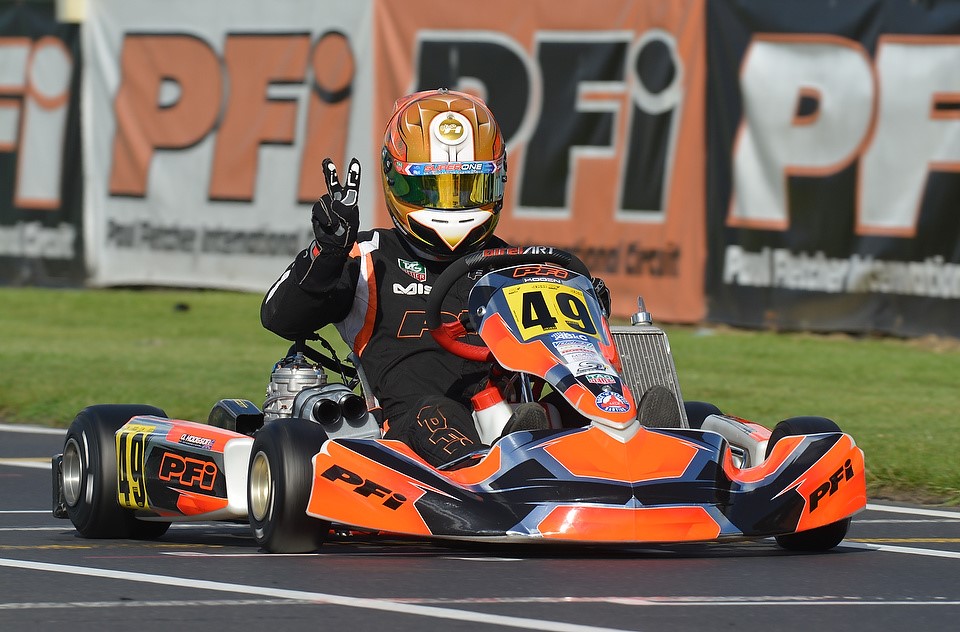
Construction
Construction of the Kart is relatively simple. Metal tubing frame, 4 wheels without any suspension on 4 corners, steering wheel and engine. Power is transferred to rear drive shaft by mean of chain, without any differential. Add to that brakes and that’s it. Sound simple? It is if we are not talking of high performance racing karts. Let’s go to see in details.
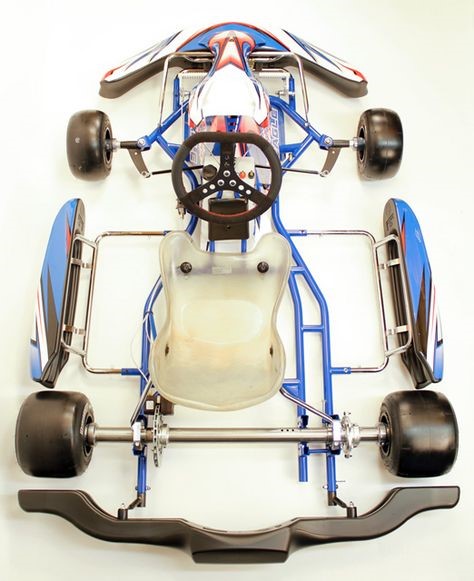
Chassis are made of steel tube. More competitive and expensive chassis use Cr-Mo (chrome – molybdenum) steel tubes with diameter from 28 to 32 mm for better stiffness and lover weight. There is no suspension, therefore chassis have to be flexible enough to work as a suspension and stiff enough not to break or flex on a turn. Kart chassis are classified in the USA kart racing association as "Open“, "Caged“, "Straight“ or "Offset“. All CIK-FIA and approved chassis are "Straight“ and "Open“. "Open“ karts have no roll cage. "Caged“ karts, as name implies, have a roll cage surrounding the driver and they are mostly used on dirt tracks. "Straight“ chassises are most used and recognizable chassises and the driver sits in the center. "Straight“ chassises are used for sprint racing. In "Offset“ chassises the driver seat is moved to the left side to balance for left-turn-only speedway racing, where these chassises are used.
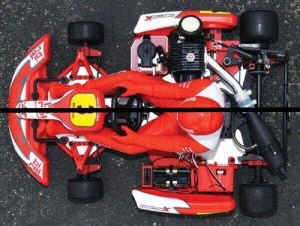
Kyosho - Birel offset kart chassis.
Changing the stiffness of the chassis you get different handling characteristics for different situations. Typically, for dry conditions a stiffer chassis is preferable, while in wet or other poor traction conditions a more flexible chassis may work better. The high-tech racing chassis allow for stiffening bars at the rear, front and side to be added or removed according to race conditions. To achieve the best performance under different conditions it is possible to adjust camber and caster (castor) and to adjust the front and rear height. The main differences from the car are that a kart does not have a suspension and has a stiff rear axle. The stiff rear axle causes inside and outside rear wheels to always turn at the same speed. In curves, however, the inside wheel has to travel less distance and thus should rotate slower. In a rear-driven car this is made possible via the differential.
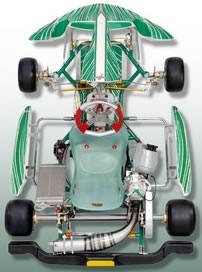
In a kart, however, the same rotational speed would result in the tires scrubbing, thereby slowing down the kart and also causing bad handling.
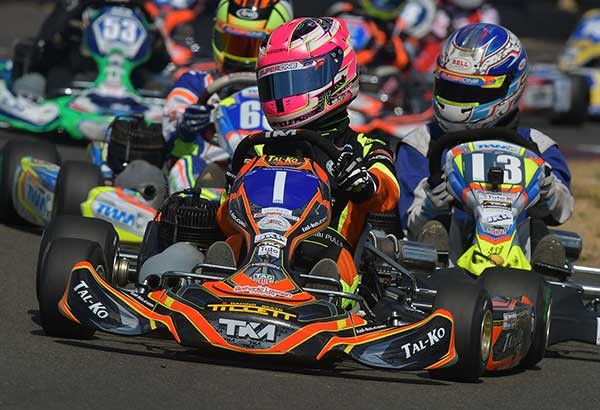
Super One High Summer at Shenington.
For that reason, a kart is designed to actually lift the inside rear tire off the ground in a curve, effectively making it a three-wheeled vehicle when cornering! This solves the scrubbing and handling problem one would otherwise experience. The lifting of the inside rear is accomplished through chassis twist and a specially designed front-end geometry. The front-end geometry of a kart is designed so that during a curve it tends to lower the inside front-wheel and raise the outside front-wheel. That is known as "jacking effect" from the castor.
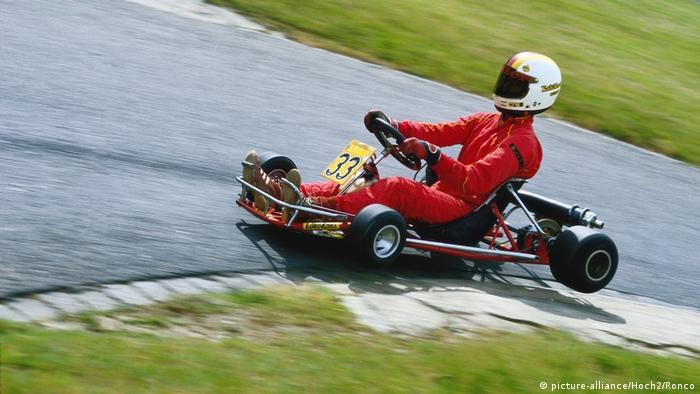
This contributes to the tipping motion of the kart chassis during a curve and thus is the second major contributor to the lifting of the inside rear-wheel. In chassis that is to stiff you are not capable of lifting the inside tire and the chassis will constantly be in a bind. The cure is to remove strength from the chassis or raise the weight in the chassis to increase the degrees twist that the chassis goes to.
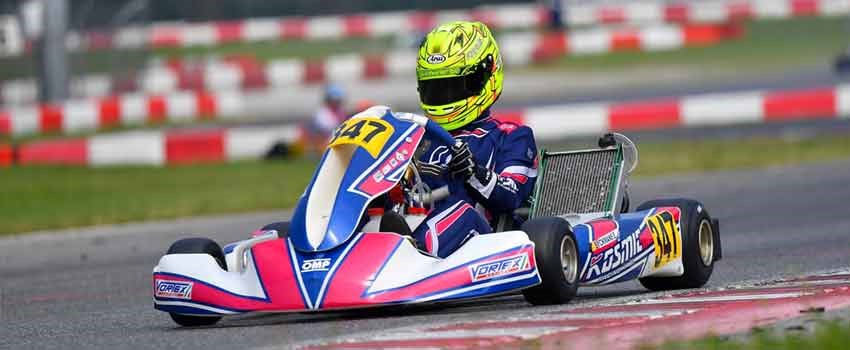
Professionally raced karts typically weigh 75 to 79 kg, complete without driver. Avanti, Tony Kart, Trulli, Birel, CRG, Gillard, Intrepid, Kosmic, Zanardi or FA Kart are a few well known examples of the many European manufacturers of race-quality chassises. Emmick and Margay are American companies producing kart chassises. List of all kart motors you can find here.
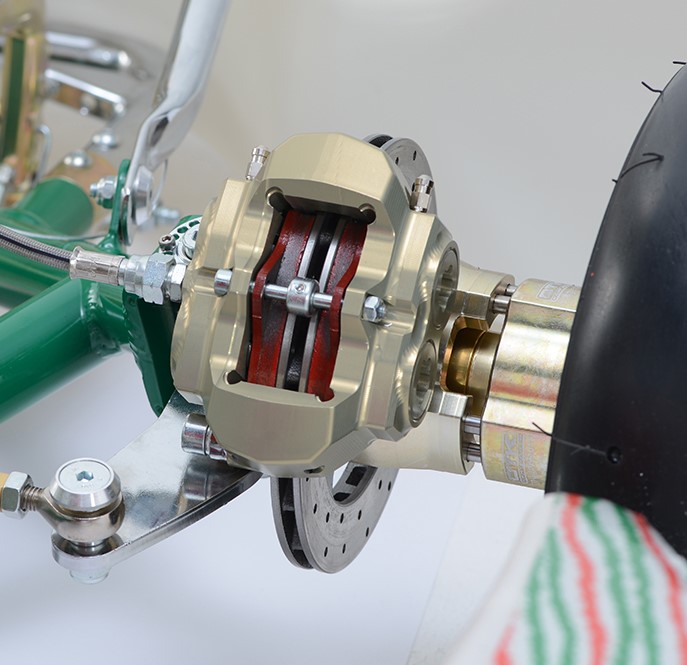
Front disc brakes.
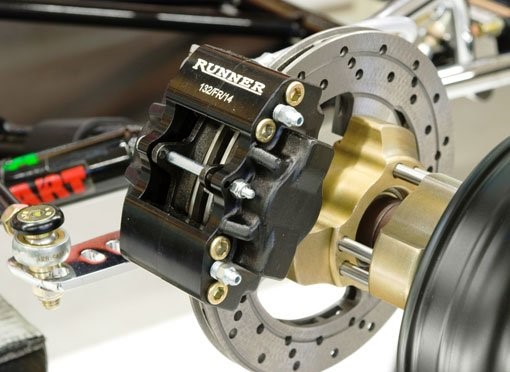
Rear disc brakes.
The braking system uses disc brakes mounted on the rear axle. Front disc brakes are used in most shifter kart classes and are increasingly popular in other classes. However, certain classes do not allow them. Shifter karts and Superkart have dual master cylinders, one for the front and one for the rear and are adjustable to allow for front / rear bias changes. In the kart, braking like you do in a car simply won't work. The best way to brake in a kart is the opposite to on the road: you should hit the brakes hard initially so they almost lock and then, as you get closer to the apex of corner, gradually and smoothly release them. For more advanced drivers, try researching 'trail braking' to help you find those last few tenths. The best known braking systems for kart racing use are Haase, Brembo, Sinter, Comer.
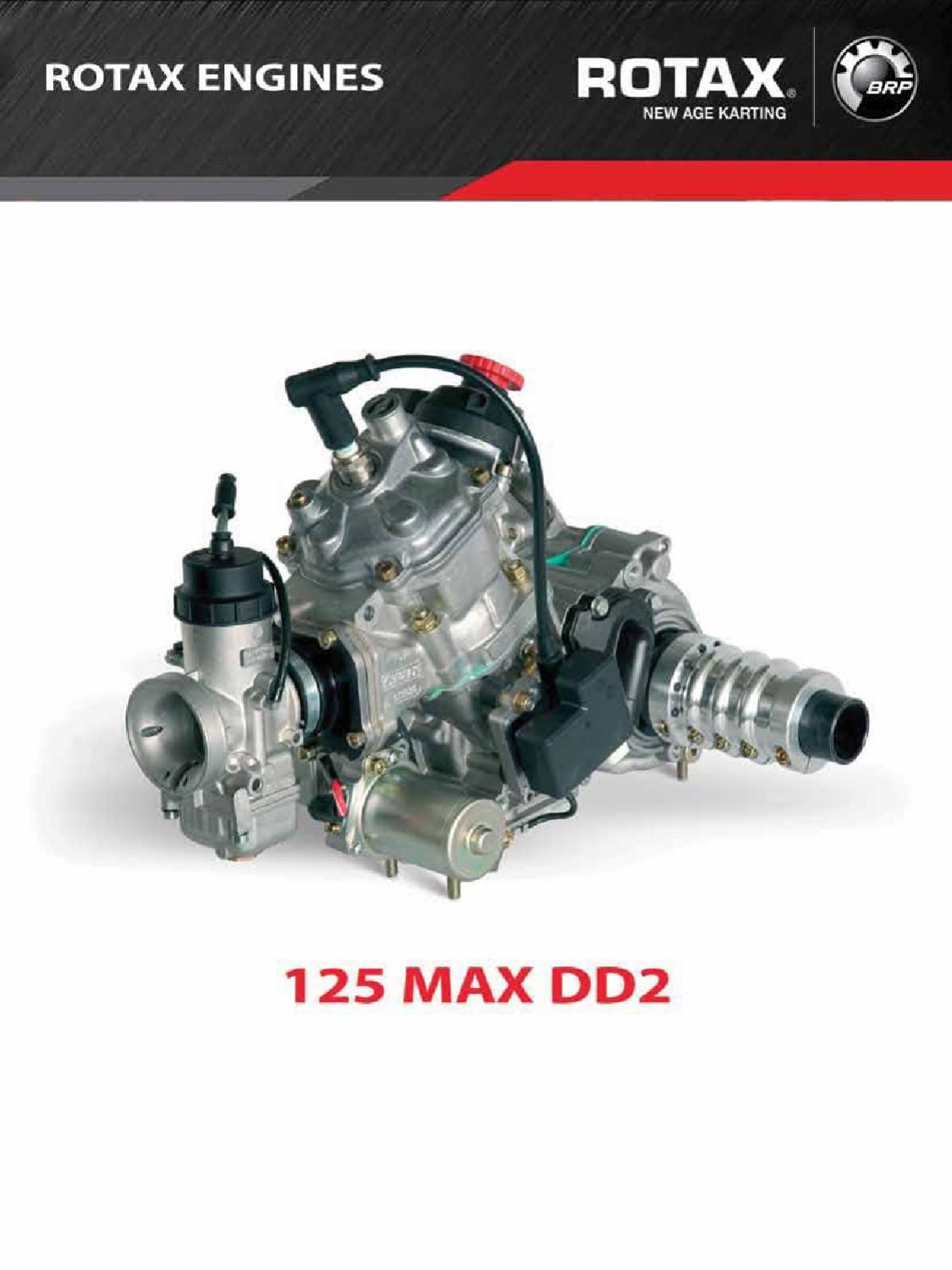
Engines can be 2 stroke, 4 stroke or, in rear cases, Wankel engines. Power is in range from 5 to 100 hp. Everything depends on the class of kart (age of driver). Amusement park go-karts can be powered by 4-stroke engines or electric motors 4-stroke engines can be standard air-cooled industrial based engines, sometimes with small modifications, developing from about 5 to 20 hp. Briggs & Stratton, Kohler, Robin and Honda are manufacturers of such engines. They are adequate for racing and fun kart applications. There are also more powerful four-stroke engines available from manufacturers like Yamaha, TKM, Swissauto or Renntech - Aixro (Wankel engine) offering from 15 hp up to 48 hp. They run to and around 11,000 rpm and are manufactured specifically for karting. Those are used in some National Championship classes like the two-strokes. 2-stroke kart engines are developed and built by dedicated manufacturers.
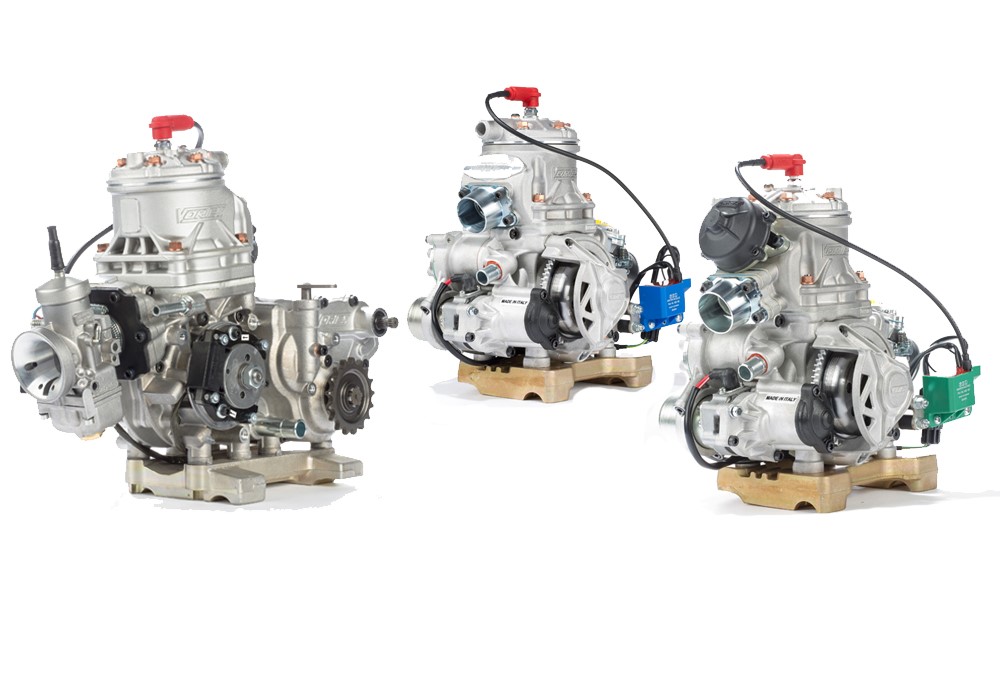
Vortex RKF and Vortex RVZ kart engines.
WTP, Comer (Comer motors are for ages 5 to 12), IAME (Parilla, Komet), TM, Vortex, Titan (made by Honda), REFO, TKM, PRD, Yamaha and Rotax are manufacturers of such engines. These can develop from about 8 hp for a single-cylinder 60 cc unit (MiniROK by Vortex) to over 90 hp for a twin 250 cc. Today, the most popular categories worldwide are those using the Touch-and-go (TaG) 125 cc units. The recent 125 cc KF1 engines are electronically limited at 16,000 rpm. Most are water-cooled today; however, previously air-cooled engines dominated the sport.
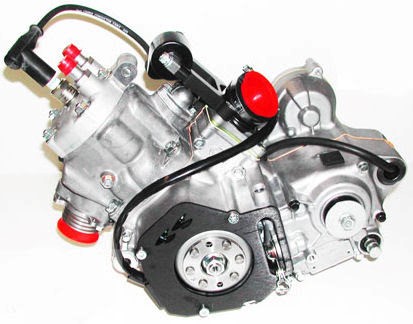
Honda CR-01A kart engine.
As far as a karting shifter motor goes, nothing out beats the power and reliability of a stock Honda, Parilla, Rotax. The TM ICC shifter engine is made for the serious shifter kart racer. It is raced at the highest level of kart racing in the United States. In senior Classes, despite the wide range, it's very simple. Rotax or Stock Moto. Both are water cooled engines that provide ample power, lowest operating cost and the most competition in the USA. Anything less the 125 cc and an adult racer will get bored quickly.
Transmission plays a very important role in the mechanism of the go-kart. Because of the transmission system, the driver gets to manage the speed of the kart. A transmission system, simple in its kind, consists of a number of gears and these are responsible for controlling the speed of the equipment and final drive which transmit power to rear axle and both rear tires in same way (50%-50%). Karts do not have a differential. The lack of a differential means that one rear tire must slide while cornering. This is achieved by designing the chassis so that the inside rear tire lifts up slightly when the kart turns the corner. This allows the tire to lose some of its grip and slide or lift off the ground completely.
That’s why, if chassis is to stiff, you are not capable of lifting the inside tire and the chassis will constantly be in a bind. Power is transmitted from the engine or gearbox (if you have one) to the rear axle by a chain. Both engine and axle sprockets are removable and their ratio has to be adapted according to track configuration in order to get the most from the engine. In the early days, karts were direct drive only but today junior and club level classes use centrifugal clutch. Dry centrifugal clutches are now used in many categories (Rotax Max is one example) and have become the norm as the top international classes have switched to 125 cc clutched engines as of January 2007.
A gearbox, simple in its kind, consists of a number of gears and these are responsible for controlling the speed of the kart. Engines have rev limit and, going past this, expect that the engine will blow up. This limitation is commonly known as the “redline”. This is where transmission comes in. It allows the changing of gears in order for the gear ratio connecting the engine and the drive wheels changes the moment you speed up or slow down. This allows the engine to stay below the “redline” while still keeping up with the optimal rpm. Gearbox can be automatic or manual.
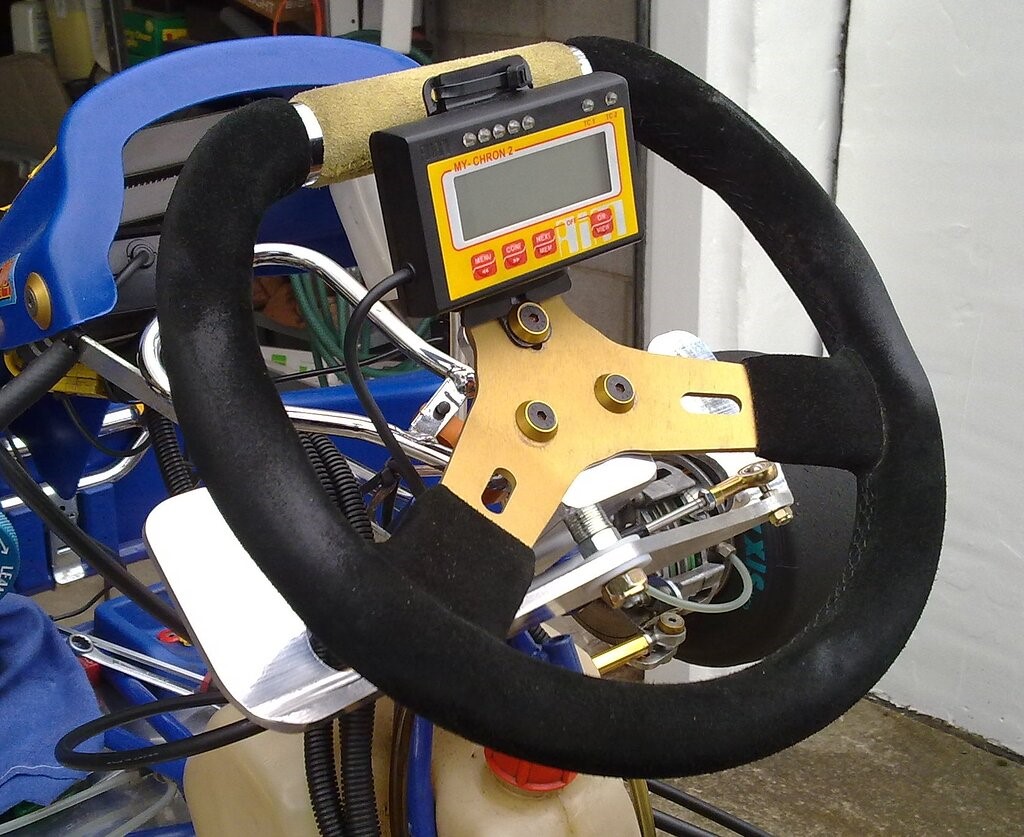
Paddle shift kit sequential gearbox.
Shifter Kart Racing is a perfect example of the evolution that kart racing has undergone. Advances in technology have given these machines better components, high-tech transmissions and enough horsepower to give it a ratio that equals the very best high-end performance cars available on the market today. Shifter karts use manual gearbox as part of their drivelines. Since these machines have the advantage of a gearbox, the speeds that shifter karts can achieve is truly astonishing. Figure something to the tune of 160 kph and the upper limit even reaches 200 in some instances. Six gears in a sequential manual transmission are similar to the most exotic cars. G-loads in a shifter kart reach 2 g levels and you can really feel it. By comparison, the best sport compact cars offer 1-g levels of performance. Real races for shifter karts are typically enduro-sprint events in excess of one mile in length. The best part about this is that a driver not only masters steering techniques to place the vehicle where he wants, but also has to deal with a shifter to match the engine revs and vehicle speed to reduce lap times. Footwork is often trickier in a shifter kart because of this and gives an added element to see who’s got the right stuff.

Bridgestone slick tires.
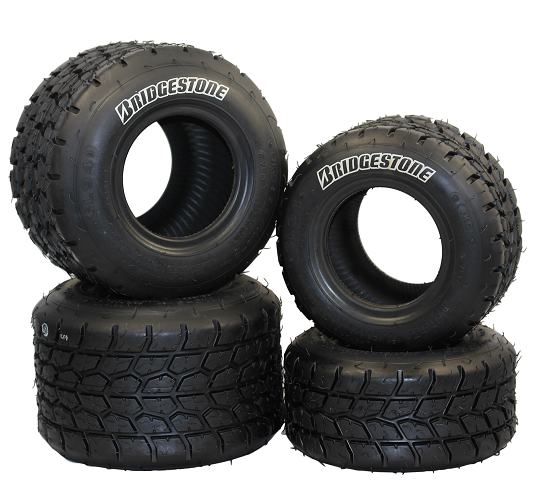
Bridgestone wet tires.
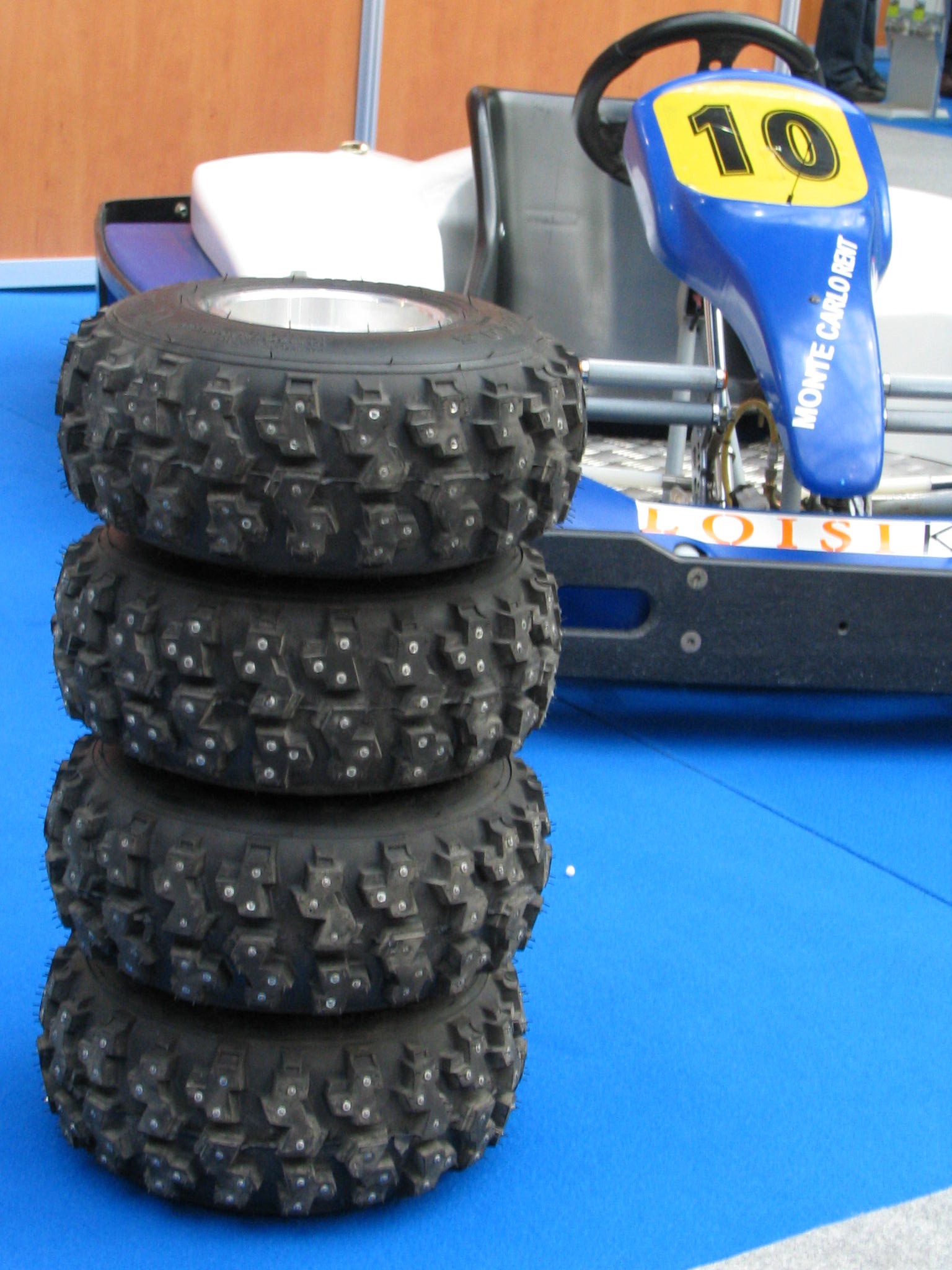
Karting tires for ice racing.
Tires make the only small contact patch between machine and track, principle is same as in Formula 1 or any other land racing. Great equipment is a game changer. Almost all big tire companies developed tires to more specifically meet the kart racer's needs. Kart tires are much smaller than those used on a normal car. Rims are made of magnesium alloy or aluminum. Tires can support cornering forces in excess of 2 'g' (20 m/s²), depending on chassis, engine and engine setup. Normally, in use are 5˝ and 6˝ dry weather slick tires and full wet tires for wet weather. There are some special types also (ice racing, cross country racing, etc.). The best known karting tire manufacturers are Mojo, Maxxis, MG, Bridgestone, VEGA, Dunlop, SAVA and MRF.
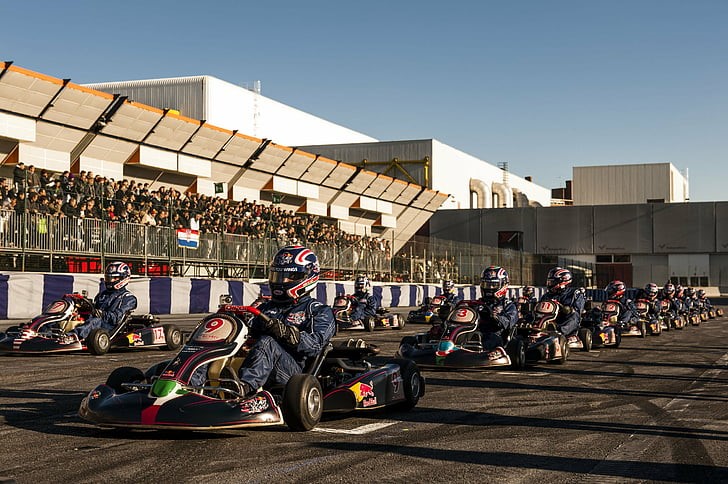
So, if you really want to work on your racing career, why not just start with car-racing? Let's face it: racing is expensive. Many people can't afford to purchase a car, make it race-ready and then proceed to crash it every weekend. Karting, therefore, may be the most cost effective way to express your inner Michael Schumacher. Because you can start learning almost all you need to know about racing through karting at only a fraction of cost.
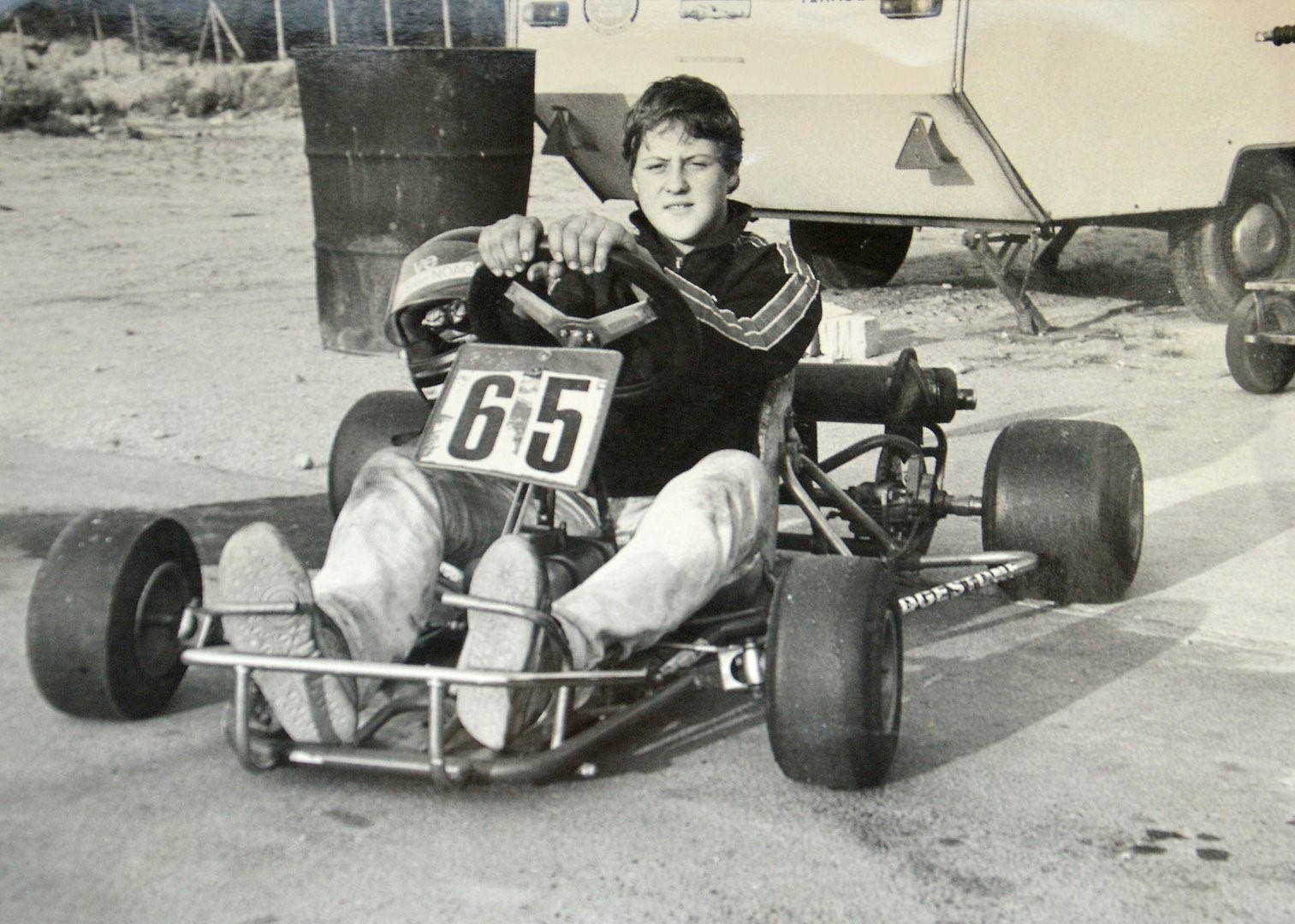
Michael Schumacher.
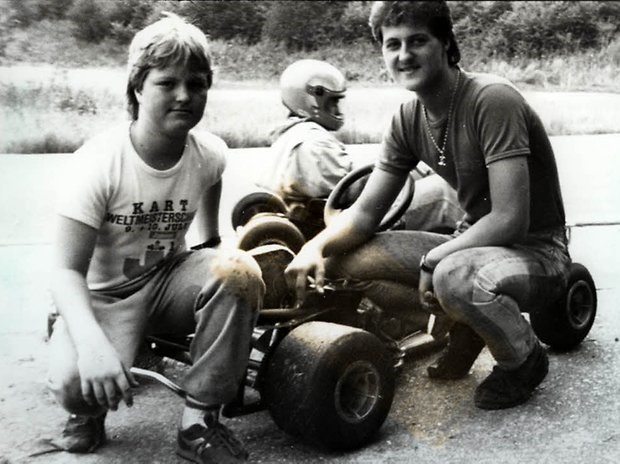
Michael and Ralf Schumacher. Photo Kurth.
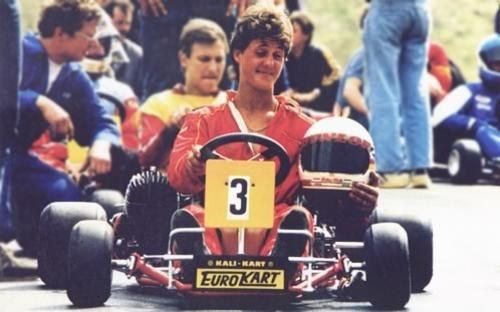
Michael Schumacher karting.
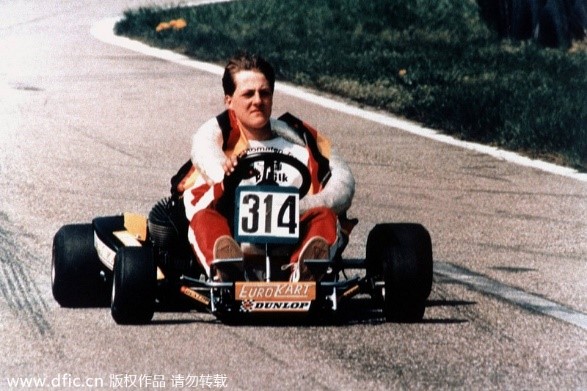
Schumacher won the European karting championship in 1987. Photoicpress.cn.
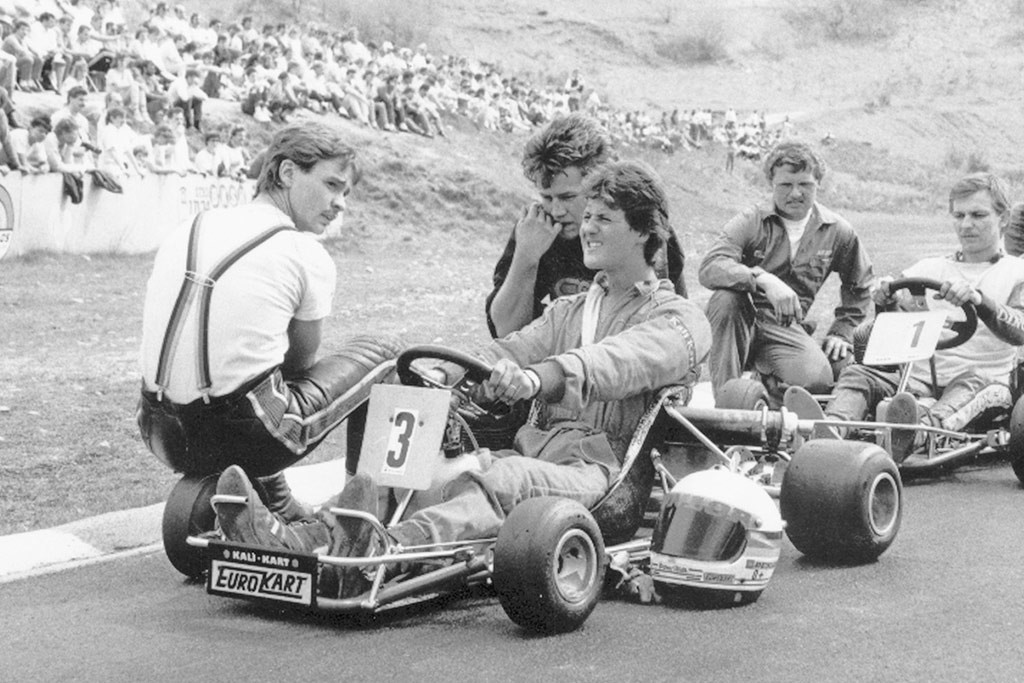
Michael Schumacher in 1987.
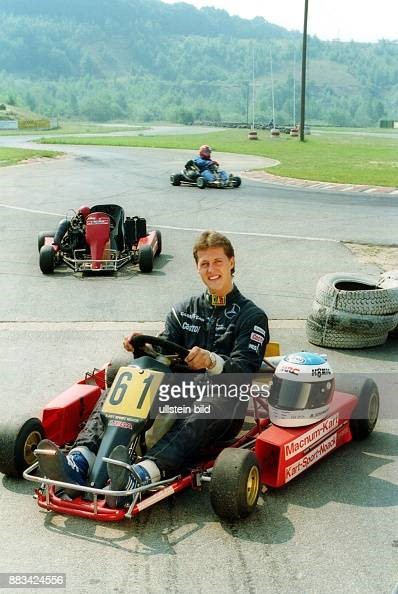
Michael Schumacher on his parents' go-kart track in Kerpen in 1991.
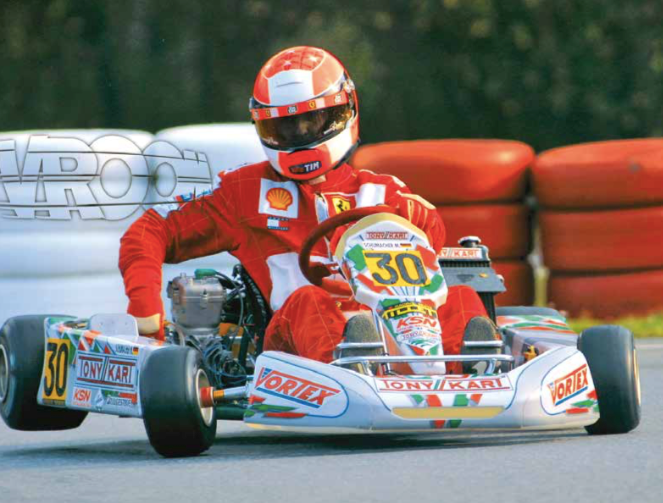
Kerpen, 2001.

Kerpen 2001. That time when Schumacher just missed the victory in the World Championship.
Michael Schumacher once said that all he ever learned about racing, he learned while driving a kart! Ayrton Senna said that karting is the purest form of motor racing. We can assume that these two probably knew what they were talking about.
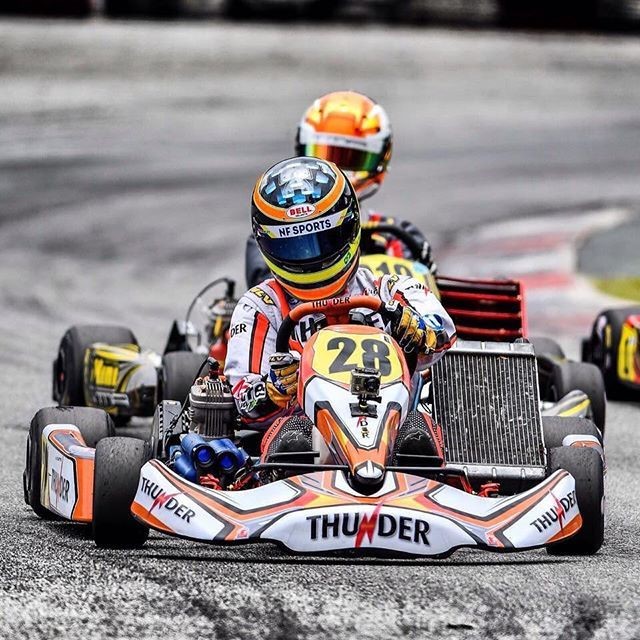
The beauty of karting is the simplicity. You don't need a big pit crew, in fact, you can go karting all by yourself.
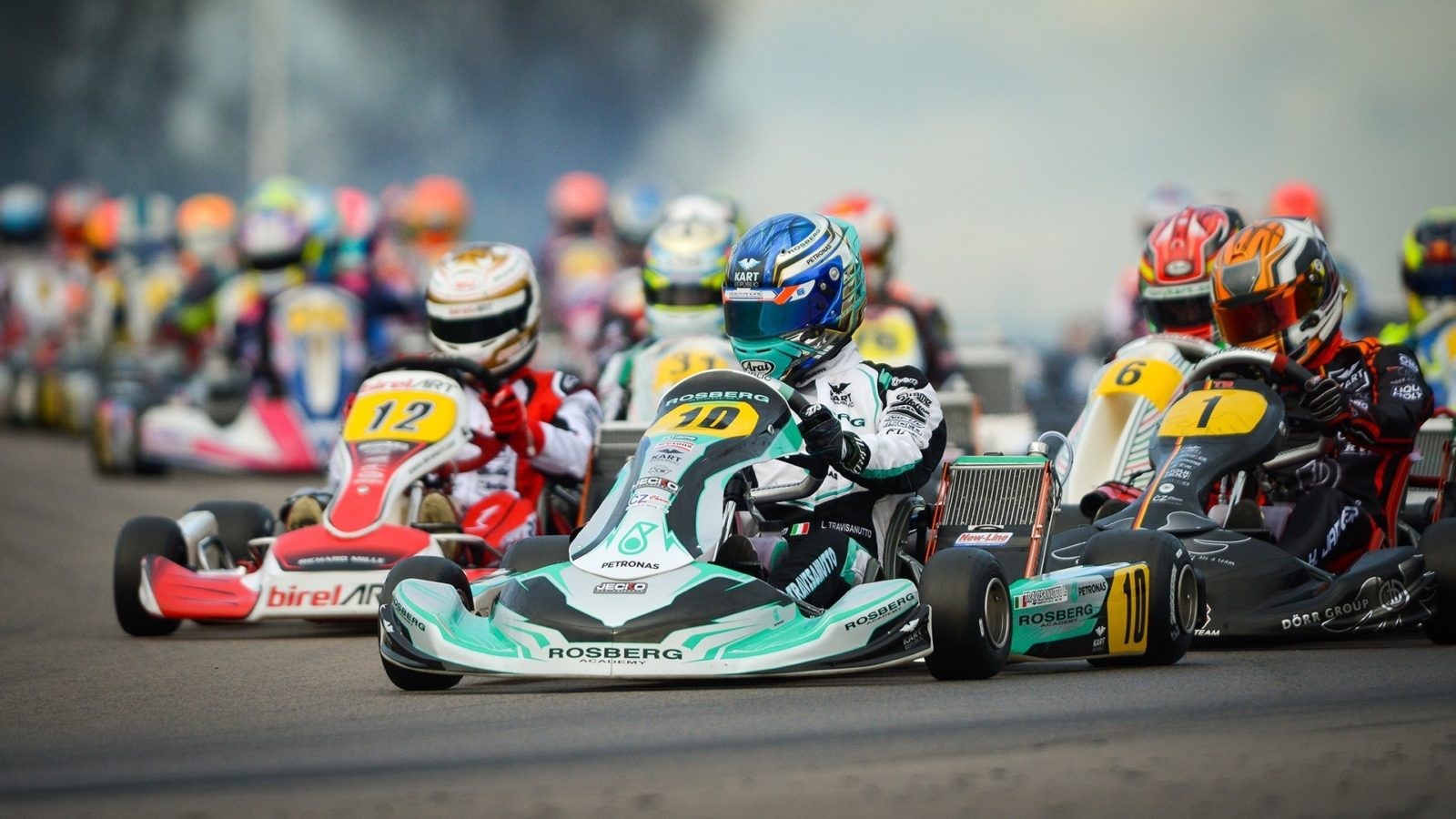
You don't need an expensive transporter, since a kart can fit in the back of a van or a pickup-truck. You don't need a whole lot of tools either and, if you are skilled enough, almost all of the maintenance can be done by yourself. Only the most complex engine rebuilding is usually done by specialized engine builders. If you compare the costs of the season in karting with the cost of going racing in an open-wheel car, for example Formula Ford or one of the school series, you will find that often the cost of a single car race weekend would pay for an entire season in karting! And, for some club racing, no special license or health certification is required. Now consider that you can just take your kart to the track whenever you feel like it and you will see that there is no other form of motor racing which will give you as much seat time for the same, low amount of money.
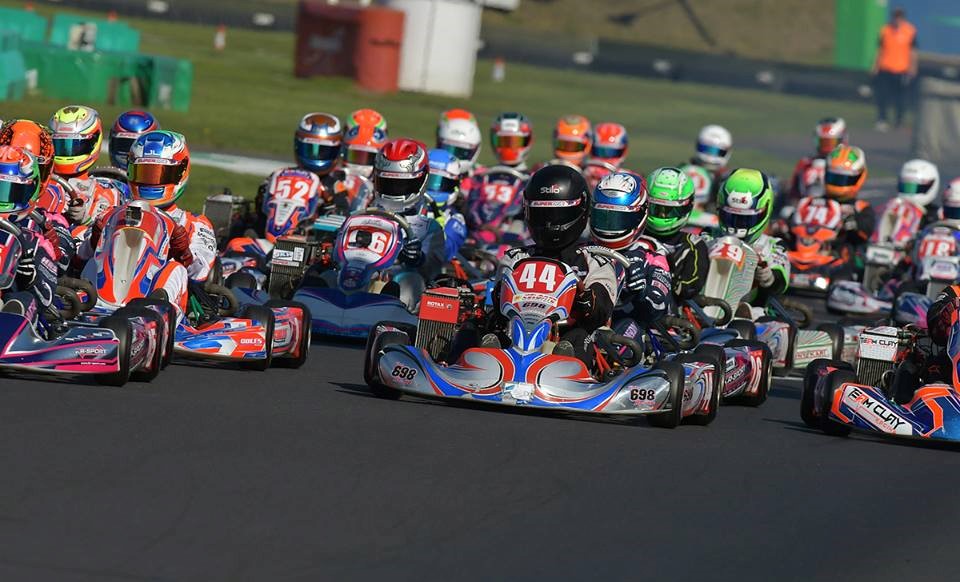
For many, it is simply a wonderful way of enjoying competitive racing on a small and manageable budget, meeting friends at the track on the weekend and just having a lot of fun. For others, it is a serious stepping stone into a career of racing, maybe leading all the way up to Formula 1. Karting is definitely recognized as the first and most important step in order to become a professional race car driver.
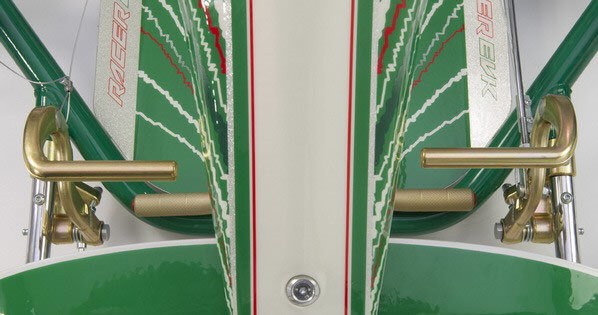
For owner driver, you need to decide on which class of kart you want to run. This usually all comes down to cost.
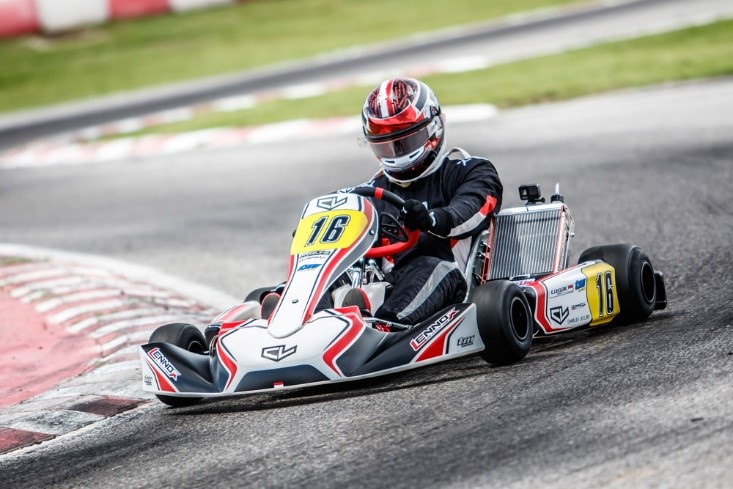
Charles Leclerc has started his own kart brand in association with Birel ART.
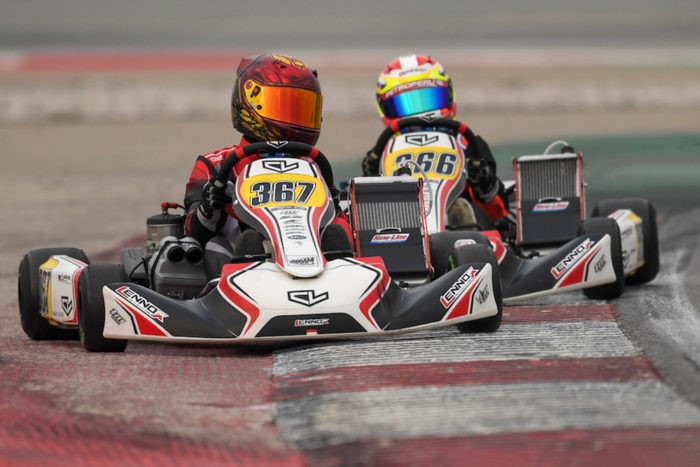
Impressive levels of speed on the debut of Team Leclerc by Lennox Racing.
To make racing a profession, you probably want to start with karting as a young teenager and stay with it for several years, having success in national and international competition, before moving on to car racing. This would be a wise choice since, for the same budget, you will be able to experience much more competition and seat time in karting than anywhere else. Most countries have their premier classes such as Formula A in Europe and also Gearbox or Shifter karts. Classes such as Formula A are usually high on cost. Since this class, or the equivalent premier class in the preferred county, is usually contested by the higher profile teams and drivers if usually means they spare no expense. Engine rebuilds, new tires, constant maintenance and help from a team are often contributing factors. Gearbox is much the same. Although there are exceptions. Not to scare people off, you also have the more accessible classes. The Rotax Max class is a new 2 stroke 125 cc powered kart which has changed the shape of 2 stroke racing in the past few years. It has been introduced to countries all over the world. It basically gives performance close to that of other 2 strokes while keeping cost low. How low depends a lot on the regulations adopted in each region or series it is run in. As a general rule you can assume that a class with sealed engines and a tire chosen for you is intended to help you cut costs as usually sealed engines prevent extra performance tuning in the hope of equal engines along the grid and a set tire is usually a slightly harder compound meaning several new sets are not required per meeting. But, as with everything, that's not a strict rule.
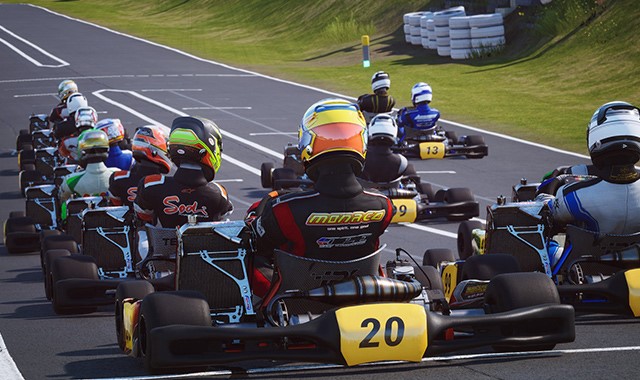
Let’s see what classes we have. Keep in mind that this is only a general list and all of these classes are broken in subclasses. Different nationalities have different subclasses open to all ages.
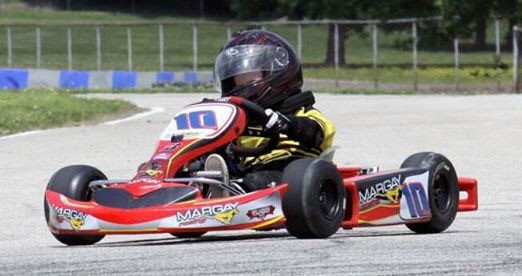
Kid Kart classes are purpose built karting chassis that use a spec 50 cc Comer C-51 engine. The Kid Kart competitors are aged 5 years to 7 years. The spirit and intent of this class is to allow kids to become accustomed to driving a kart and driving with other competitors on a track. Most clubs just offer this class as an exhibition class with all competitors receiving the same trophy, some clubs run it as a class with winner awards and a year end point champion.
Junior Sportsman or Cadet classes are offered for kids ages 8-12. In these classes the engines range from stock 5 hp Briggs to 60 cc Shifters to KT100 Yamaha Junior Sportsman Can engines. Local rules and classes offered should be checked into before deciding on a package.
The Junior classes are open to kids 12-15 years old. Junior classes are faster than the cadet and rookie classes and some classes are as fast as the senior classes. Once again classes can range from Yamaha Junior Can to 80 cc Shifters to Briggs Junior Restricted, check local rules and classes offered in your area.
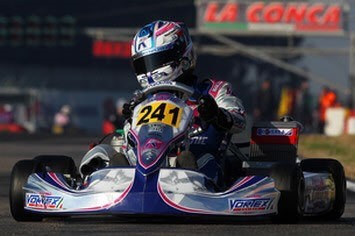
Senior classes are for drivers 15 and up. Senior classes are offered in a wide range of classes including a “Masters” class at some tracks for drivers aged 35 and up. There are usually a lot of senior classes offered in every region. From Yamaha Pipe classes that put out 18-20 hp, to Yamaha Can that have 14 hp to 45 hp Shifter Kart and ICC Shifter engines with front wheel brakes. One class that has taken off in the last couple years are the TaG classes which stands for Touch and Go because of the onboard starter. TaG is a 125 cc water cooled 2 cycle with an onboard starter and a single speed clutch, it is not a shifter engine. The TaG class has been very popular with recreational karters and at the club and national level. As with any sport, karting has a wide variety of choices. New vs. pre-owned, oval vs. sprint vs. enduro, 2 cycle vs. 4 cycle. Sometimes the choices can be overwhelming to new karters. New vs. pre-owned is the hardest of the choices to make. The saying "you get what you pay for" does apply in this instance. The most important question you ask yourself is how long and how hard are you going to work, how committed you are and plan to commit to kart racing? Answer is obvious, is it?
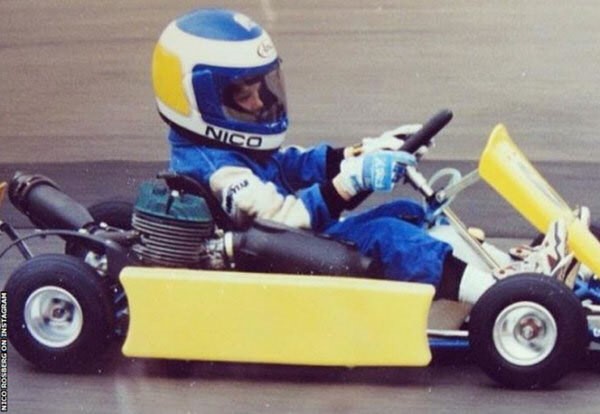
Nico Rosberg, Mercedes AMG Formula 1 team driver and Formula 1 world champion, as many other F1 drivers started his career with kart racing at early age.
But anyway, karting takes time and money. Like any motorsport it can take all you want to throw at it. Fortunately that's your choice. It's crucial to set your limits to how much you can really afford for this passion and plan your racing season accordingly. If cost is no object nothing beats nice shiny new race equipment. If there are budget constraints there is good and bad used equipment on the market.
Typical Karting Costs
Safety Gear: Helmet – 130$ / Neck Collar – 15$ / Suit - $88.00 to $158.00 / Gloves – from 20$ / Shoes - $300+
New Rotax Kart - Engine/Chassis/Spares/Gears/ - $7000
* Used Rotax Kart - Engine/Chassis/Spares/Gears/ - cca $3000
New Stock Moto Kart - Engine/Chassis/Spares/Gears/ - $9000
* Used Stock Moto Kart - Engine/Chassis/Spares/Gears/ - cca $3500
Trailer - (Don't forget the tow vehicle!) $500+
Support Gear - Tools/Fuel Bottle/Kart Stand - $500
Annual Club Membership / Track Practice Use - cca $300
Club Race Entry Fee - cca $40
Regional Race Entry Fee - cca $80
National Race Entry Fee - cca $100
Set of Tires - $180
New Piston Set (parts only) - $100
New Bottom End (Parts only) - $300
* In both used kart examples, add $1000 for fresh engine and new chassis parts.
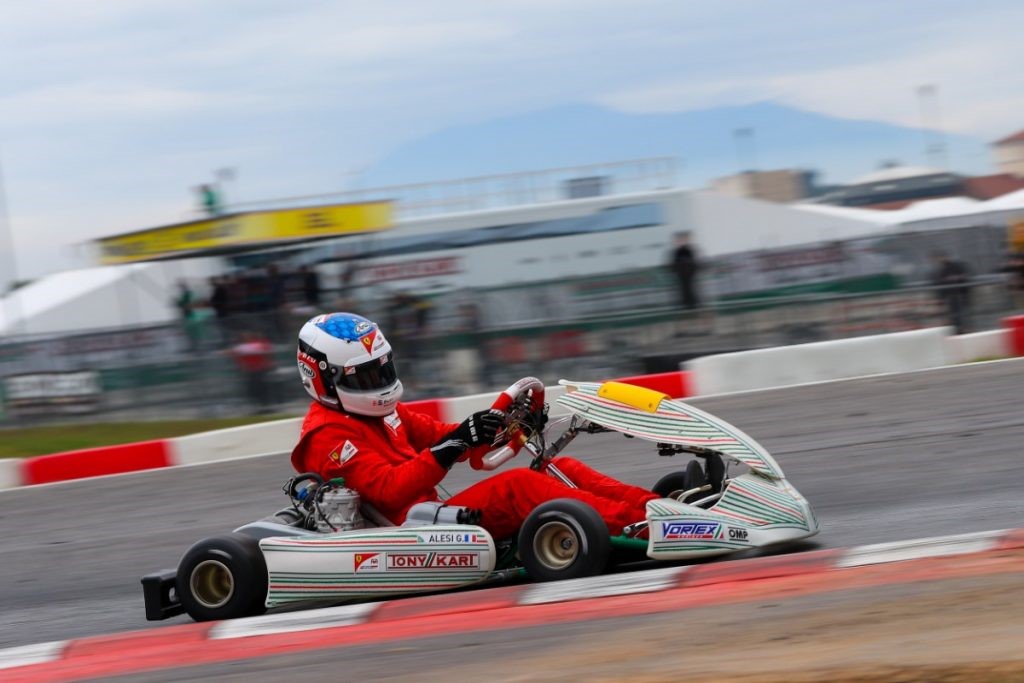
Ferrari Driver Academy's Alesi and Schumacher on track with Tony Kart. Photo www.tonykart.com.
Karting will teach you how to handle a vehicle and yourself in competition. You will learn the politics of racing. The younger you are the more valuable the lessons of karting will be. No matter how many races you win, don't expect someone to offer you a ride on their racing team. It does happen, but very rarely. If you really want to make racing a career it simply takes a lot of money, like seven figures. For most of us, however, karting is simply the best way to spend an afternoon, be competitive, have fun and a great thrill, all at the same time. Most people perform at their best when they're enjoying what they do, so don't "overthink" your driving – go out, enjoy it, learn from your mistakes, improve your driving one step at a time and your speed and improvement in technique will come to you naturally.
And what about safety equipment? You'll need comfortable and correctly fitted race gear to focus on your driving with no distractions and, most importantly, to keep you safe.
The most necessary piece of safety equipment is a good helmet. It is very important to find a good fitting helmet. It would be best to go to a store that specializes in helmets and where the sales person actually knows what he is talking about and how to test for good fit. A motorcycle helmet usually will do fine since, just as with motorcycles, no fire resistant materials are needed. When choosing your driver fire protective clothing there are two major types of fabrics that you will need to consider, Nomex and Proban. Each of these brands has a different manufacturing process and a variety of different properties. And prices. For a karting an abrasion resistant karting suit is needed. An overall is preferred, rather than separate pants and jacket, since the jacket can 'roll up' and expose some skin in case one slides over the asphalt at full speed. For a beginning an Proban racing suit will be enough. Next, you will need gloves and shoes. You can get specialized karting gloves and boots, which also provide for a certain amount of abrasion resistance. However, since hands and feet most likely will not have heavy and prolonged contact to the road-surface in case of an accident, abrasion resistance is somewhat less important here. So, some people simply wear sneakers. However, sneakers tend to have relatively thick soles, which do not really give you enough feel. Some karting organizations require you to wear a neck brace or neck support. This is a stiff foam ring, which you put around your neck and on top of which the bottom of the helmet loosely rests. Also usually not mandated, but very highly recommended, is a rib protector. These are stiff vests, often with special plastic plates or ribs worked into the material, which are worn under the karting suit.
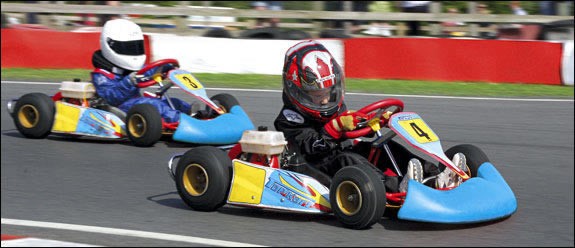
Videos
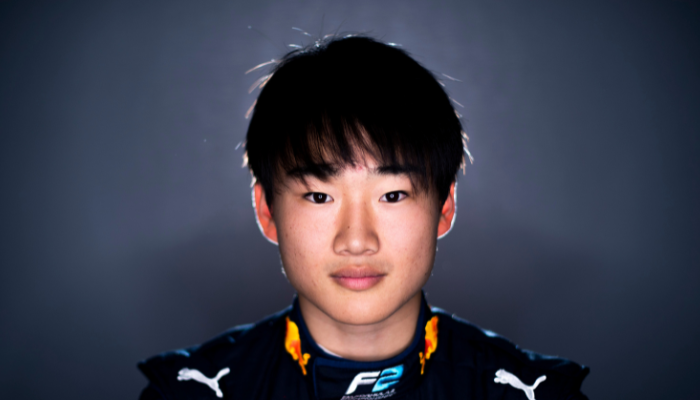

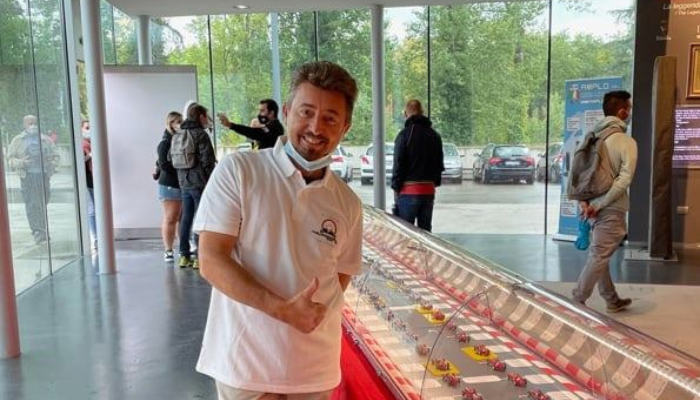
Comments
Authorize to comment